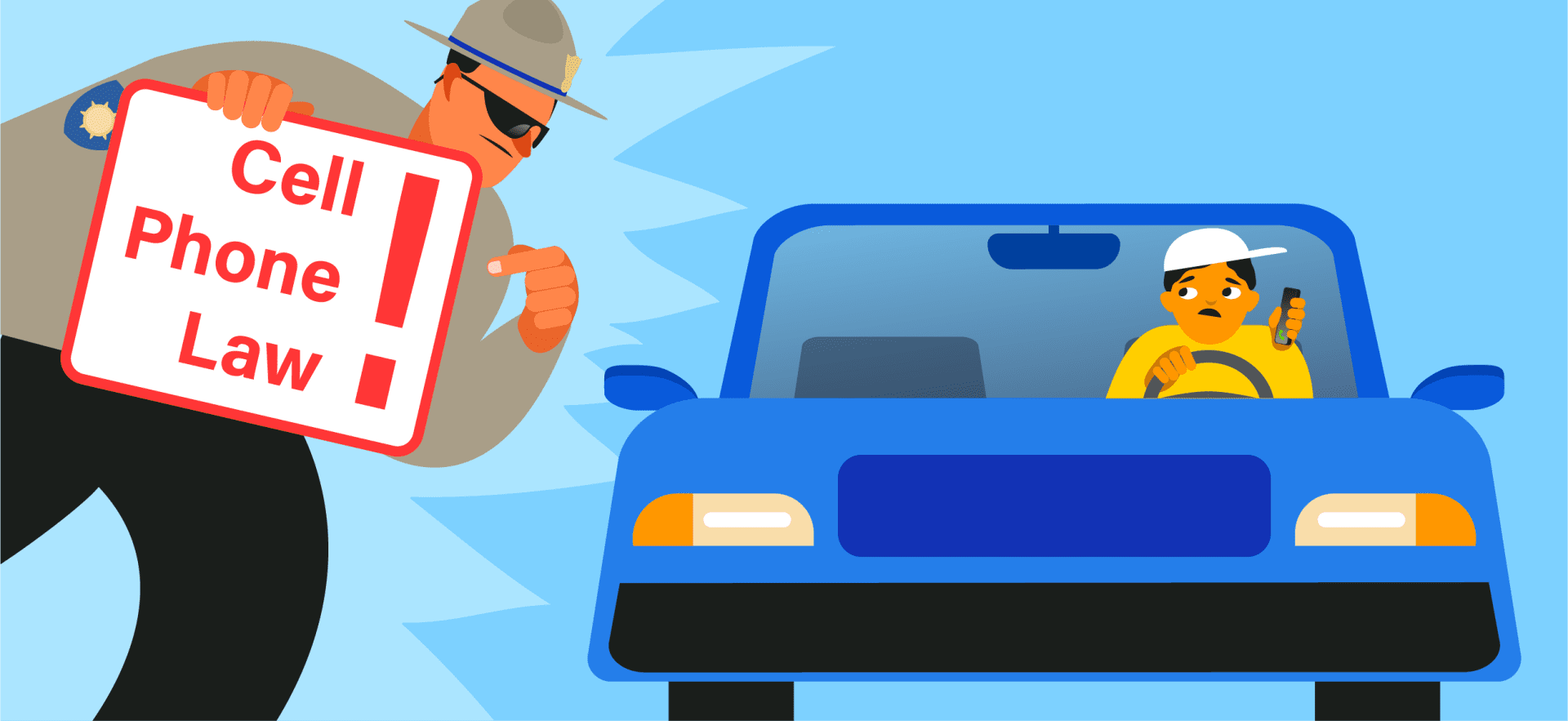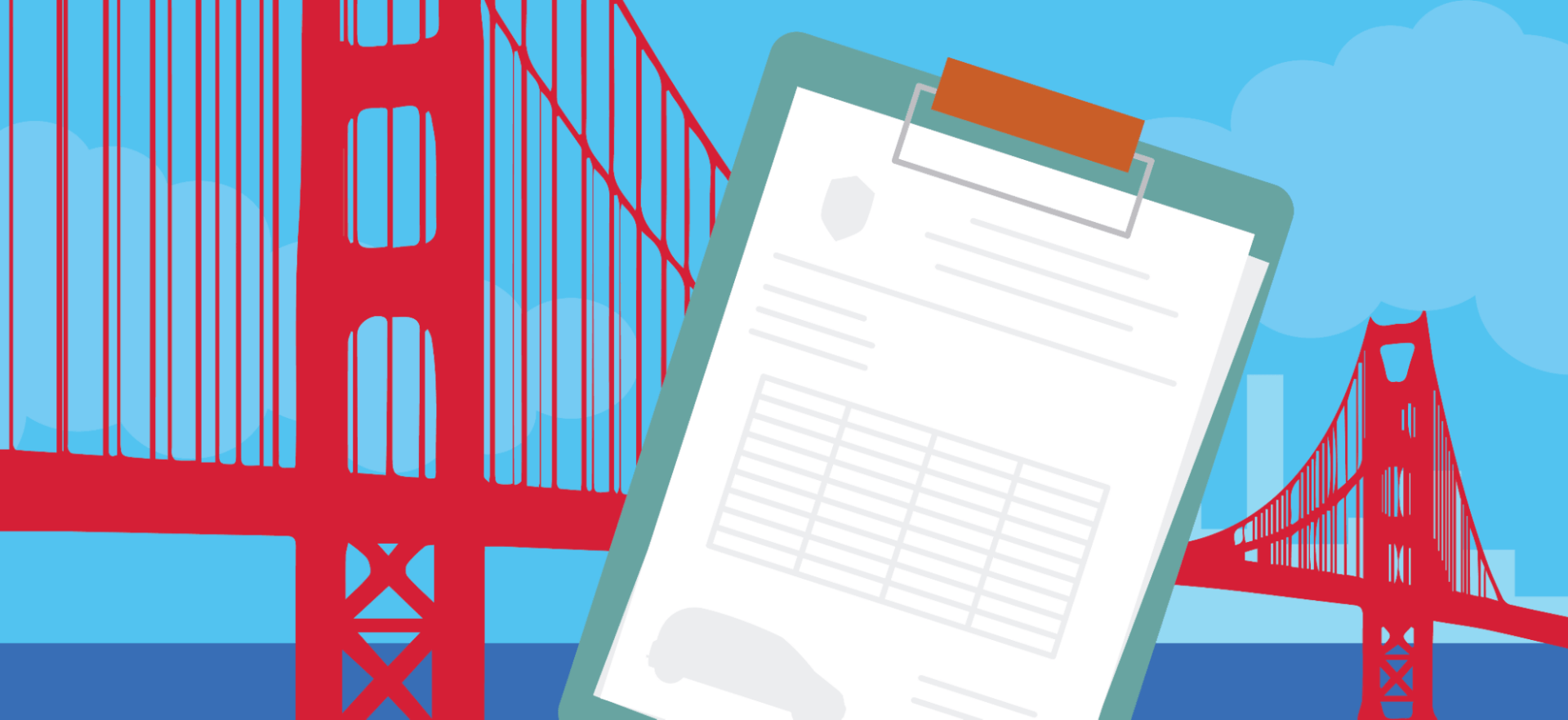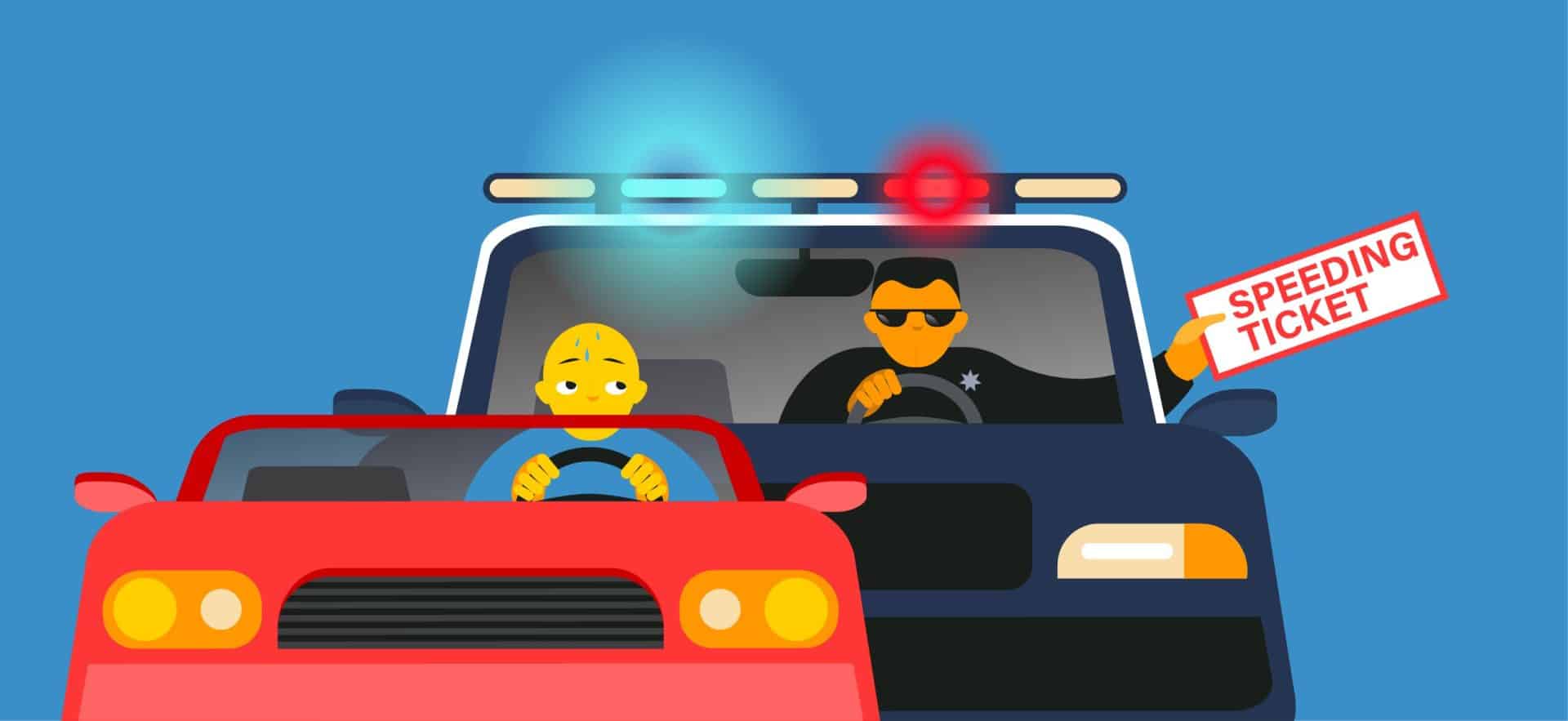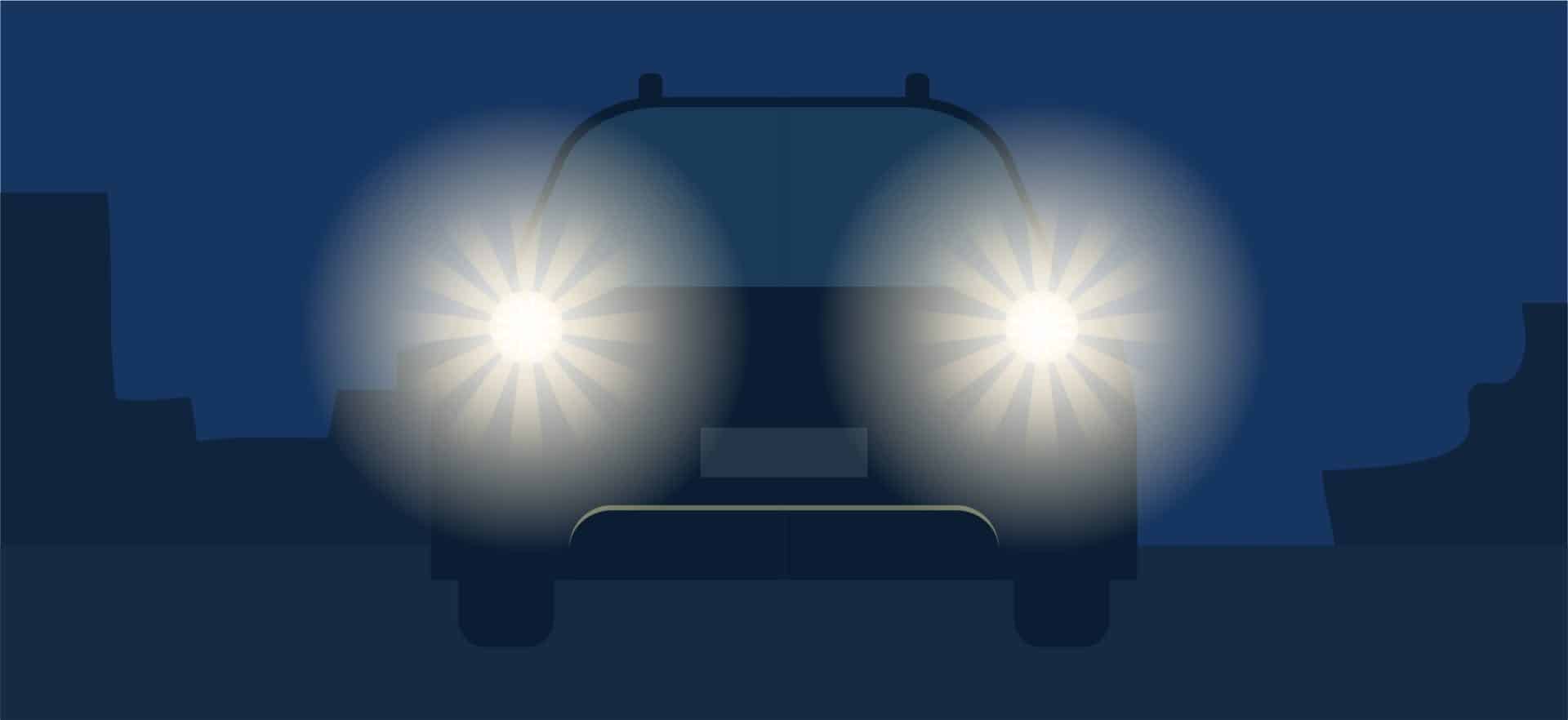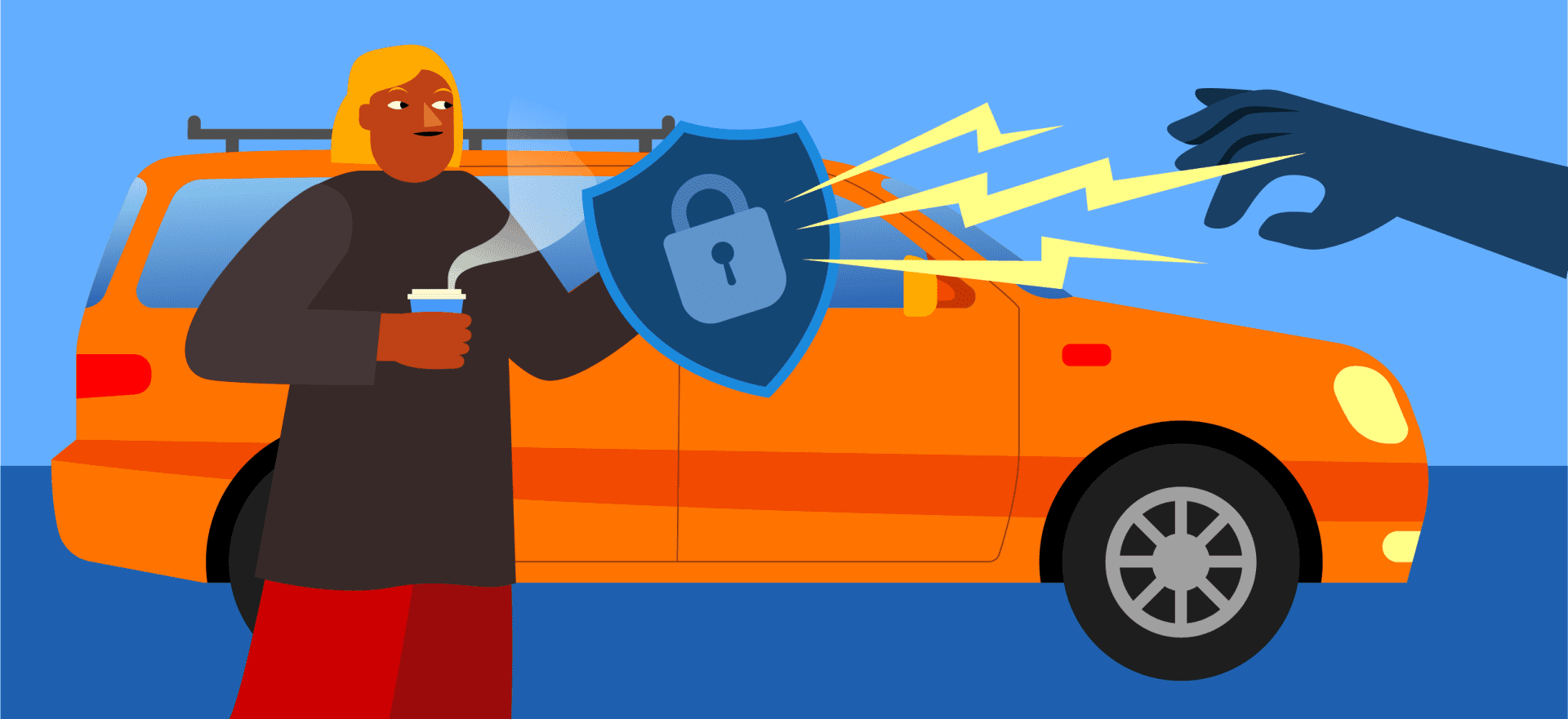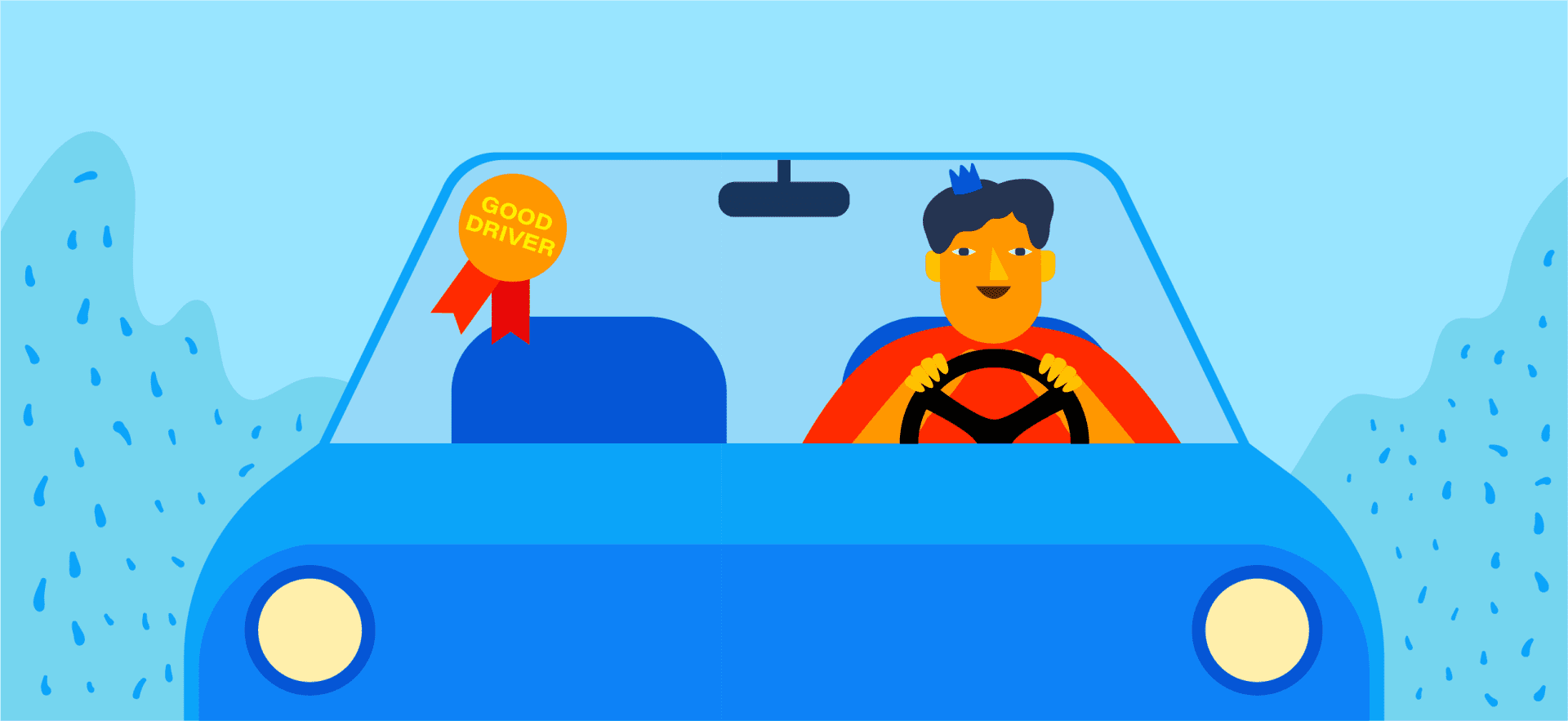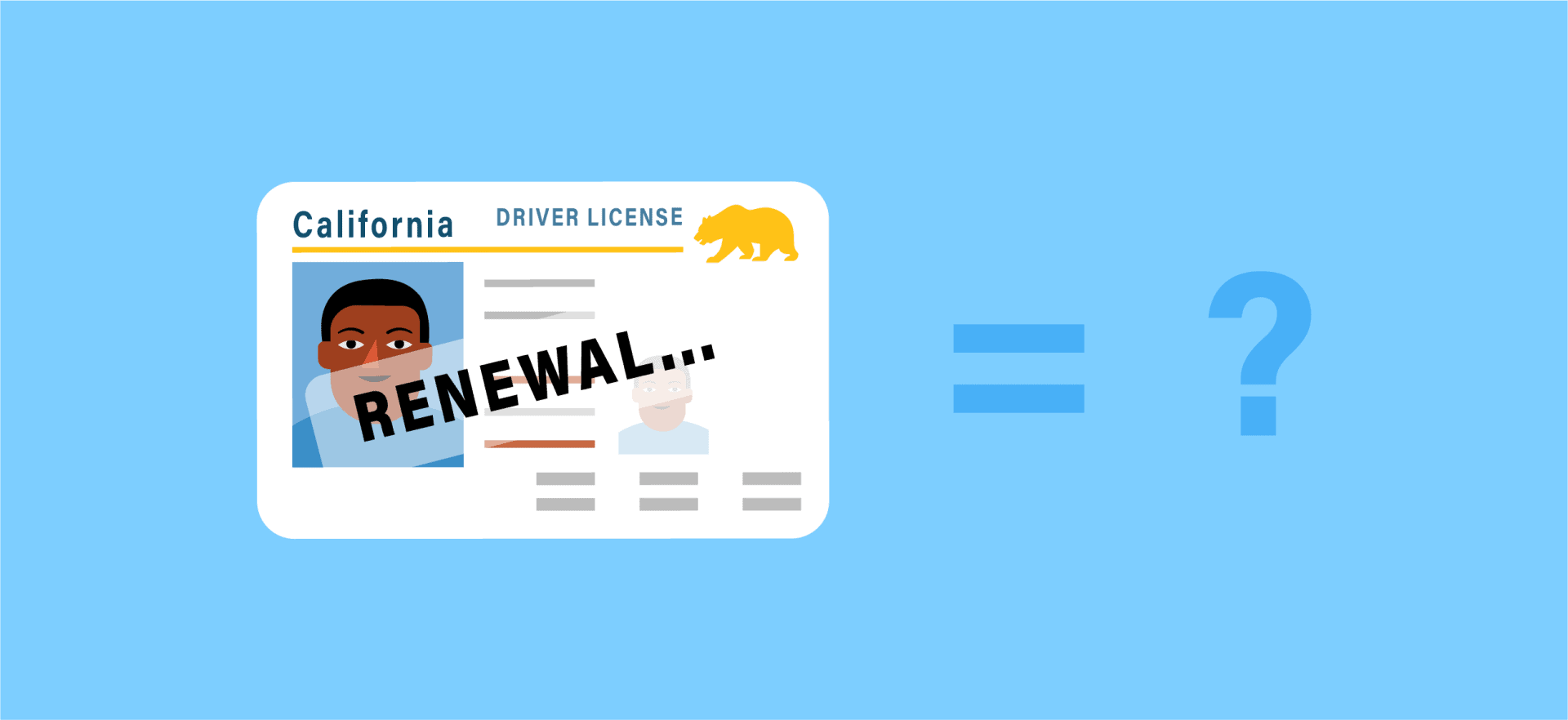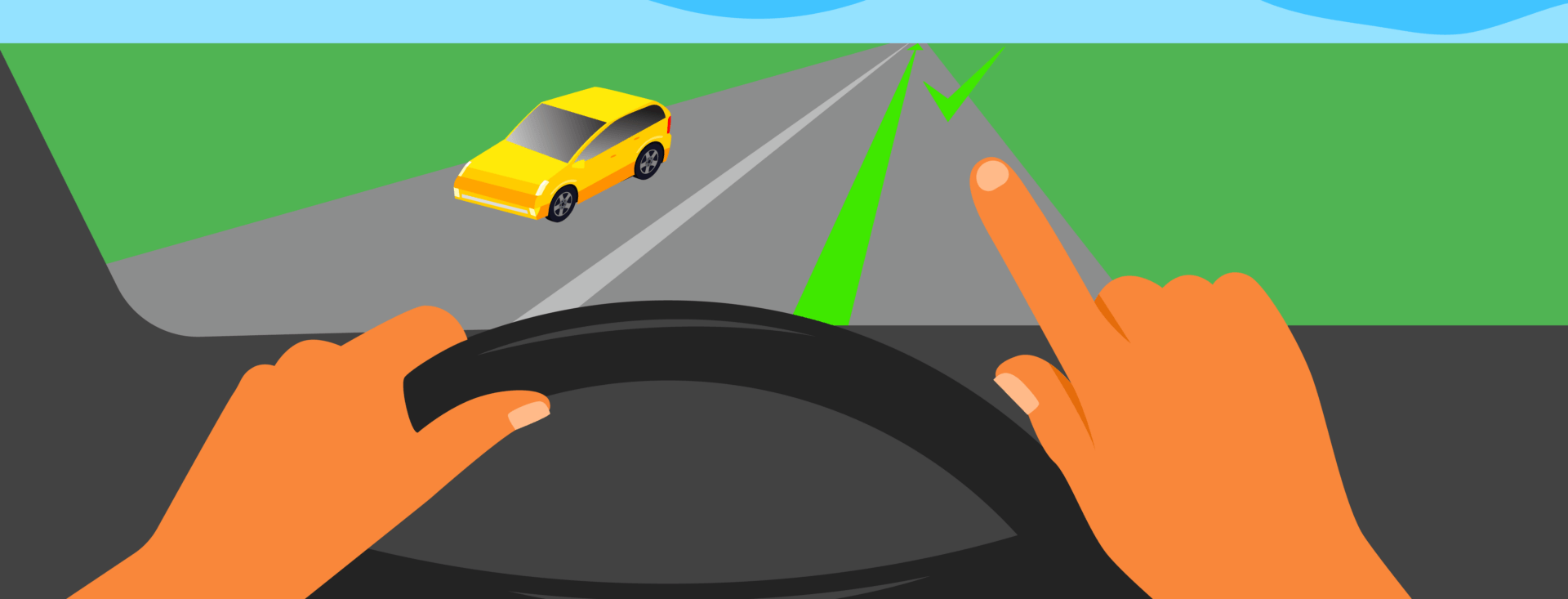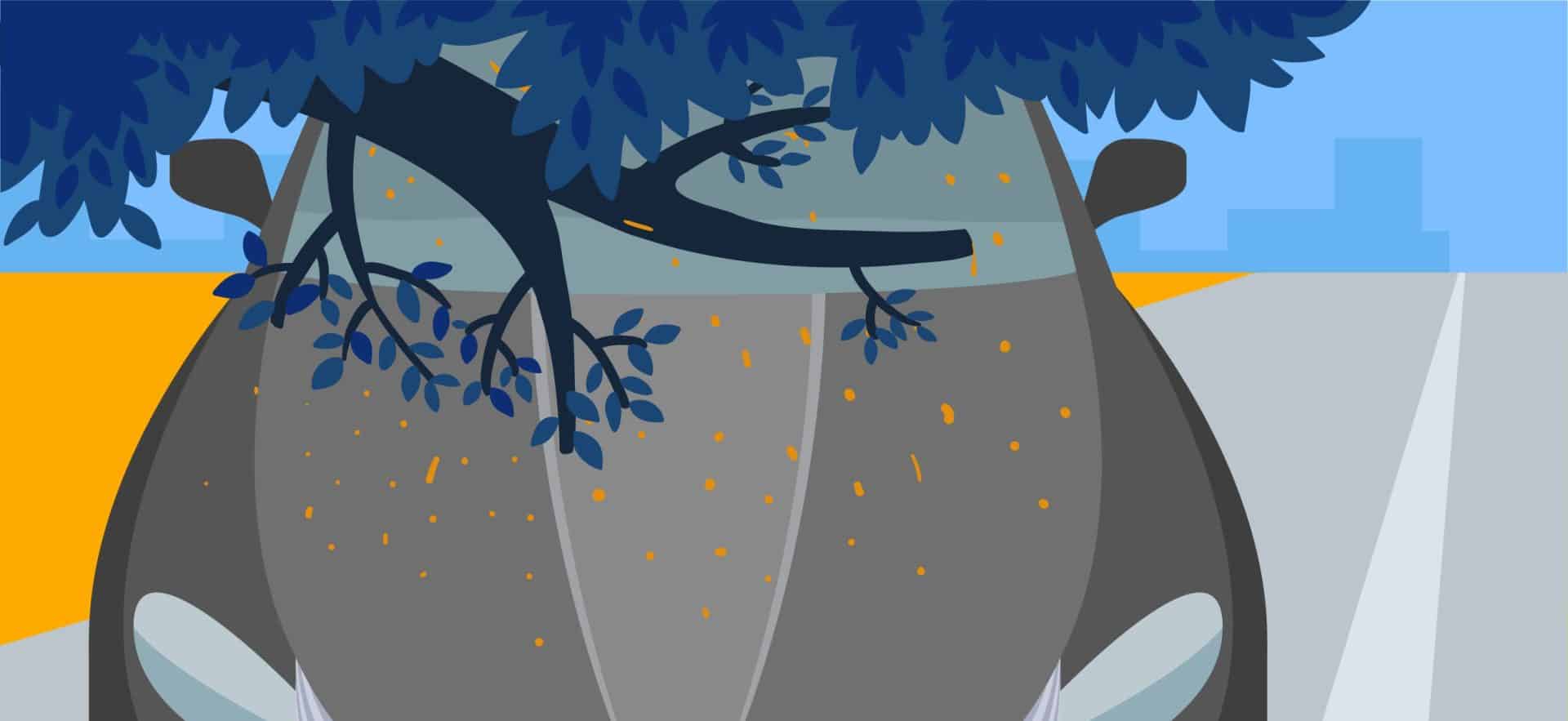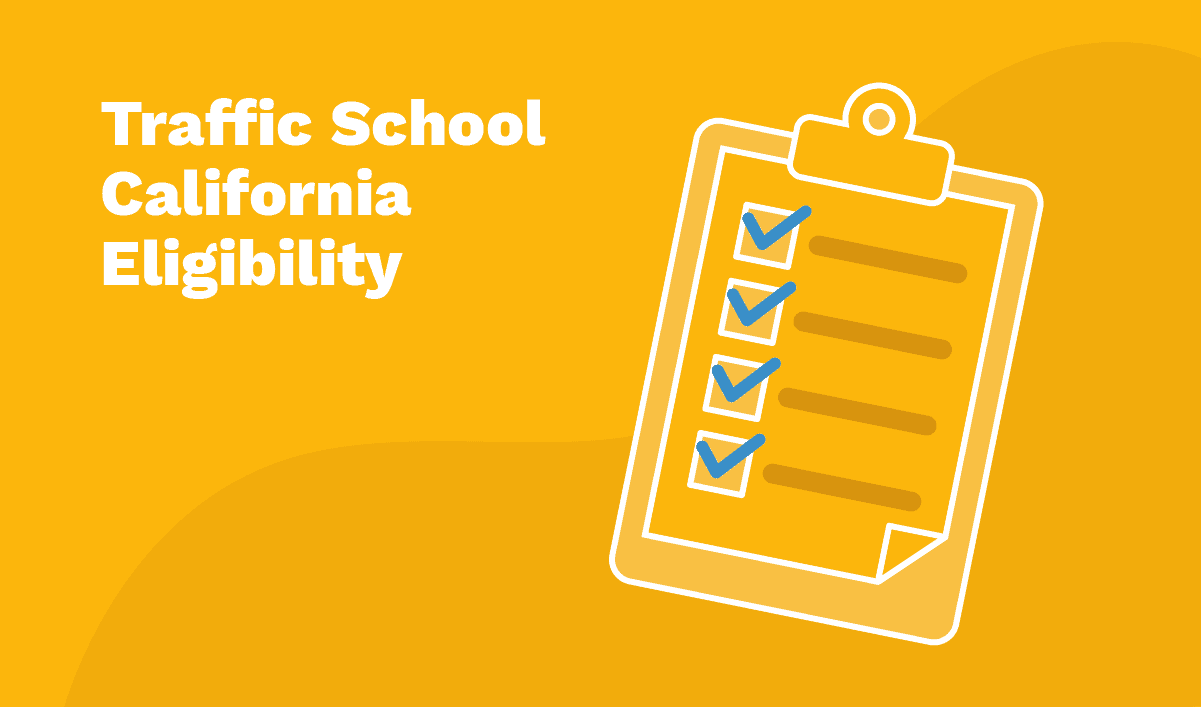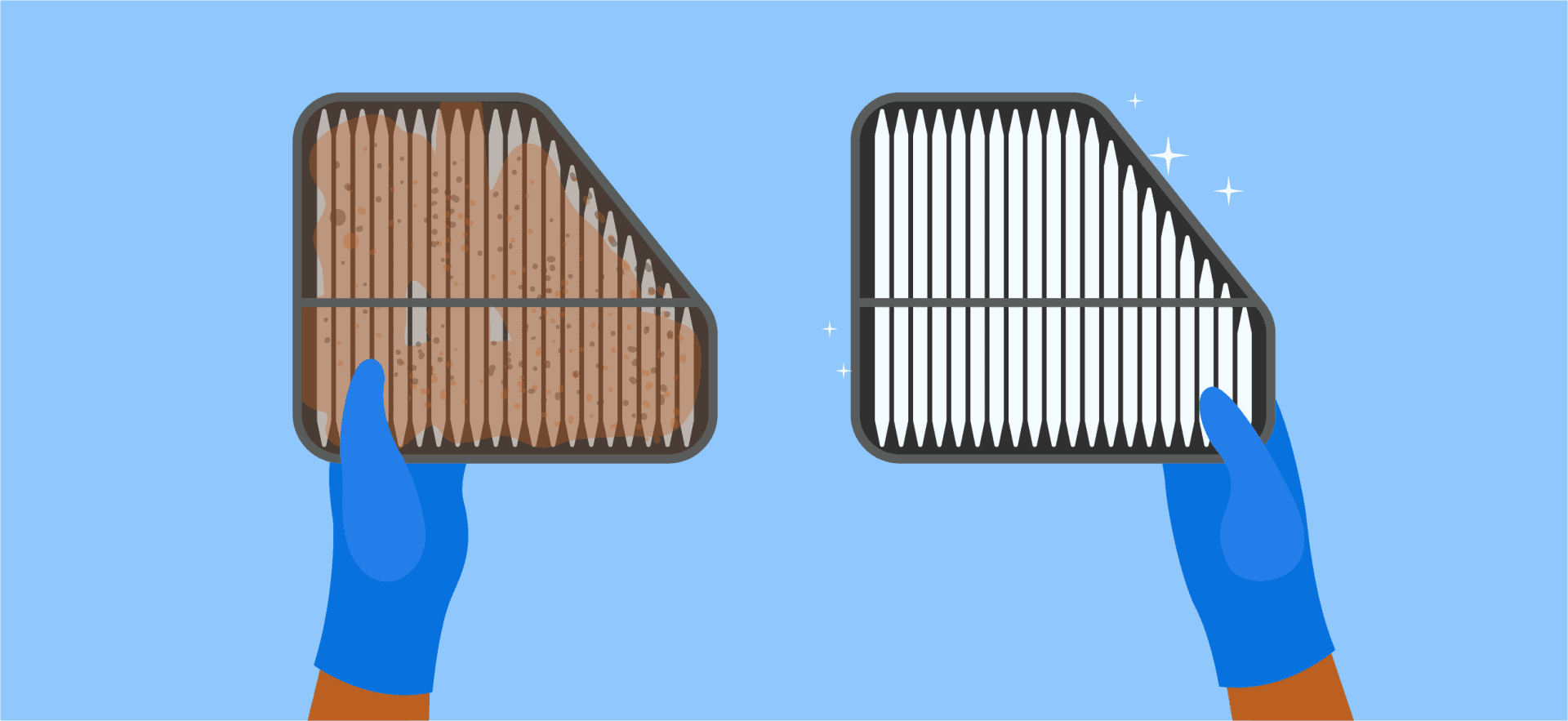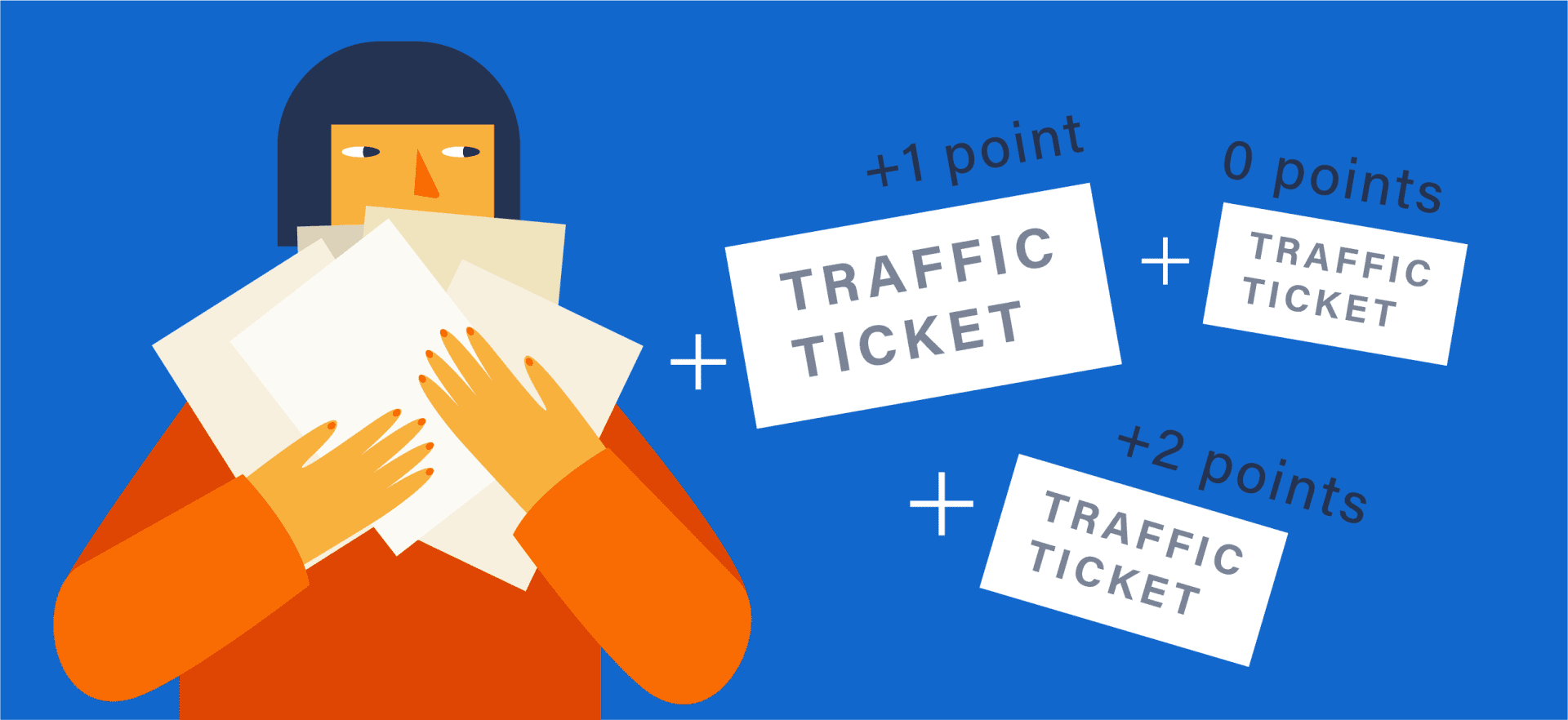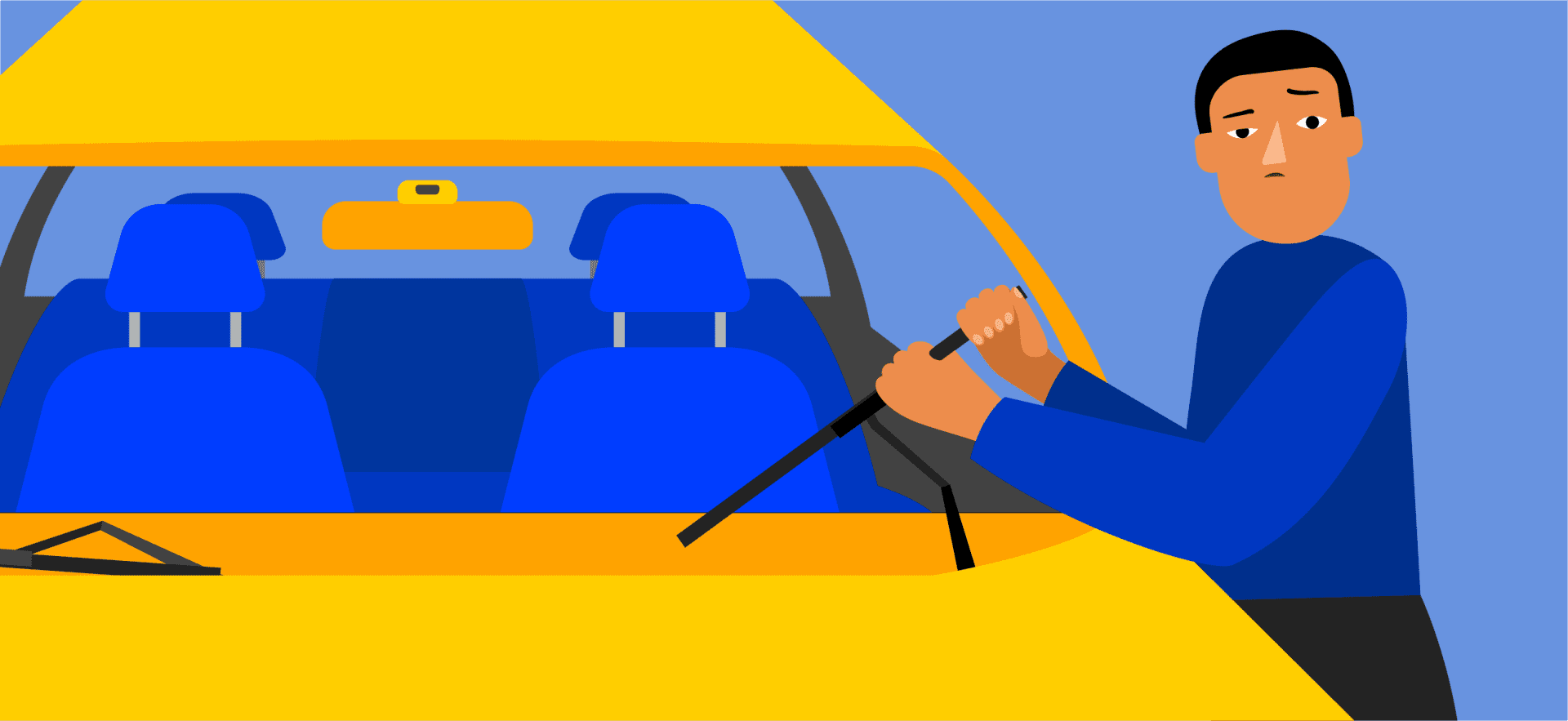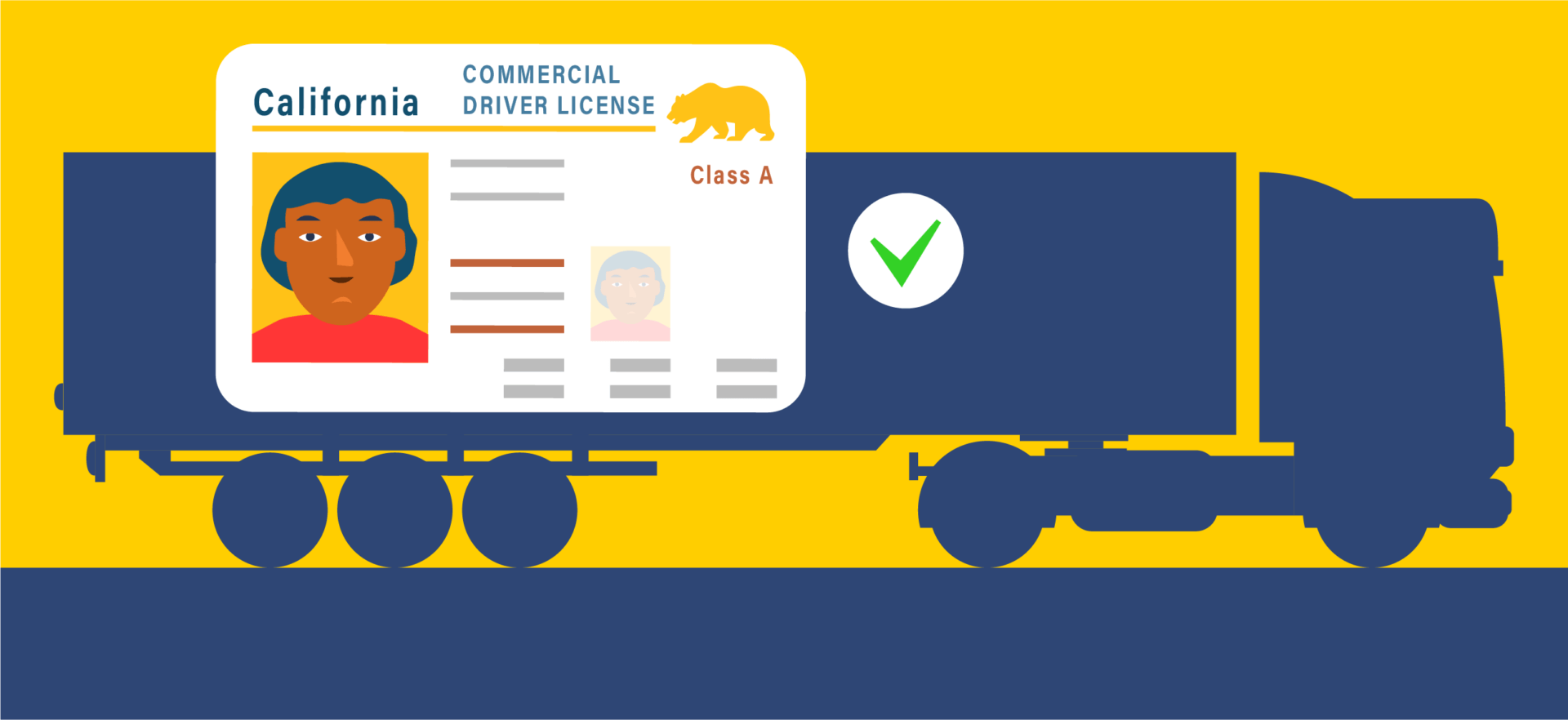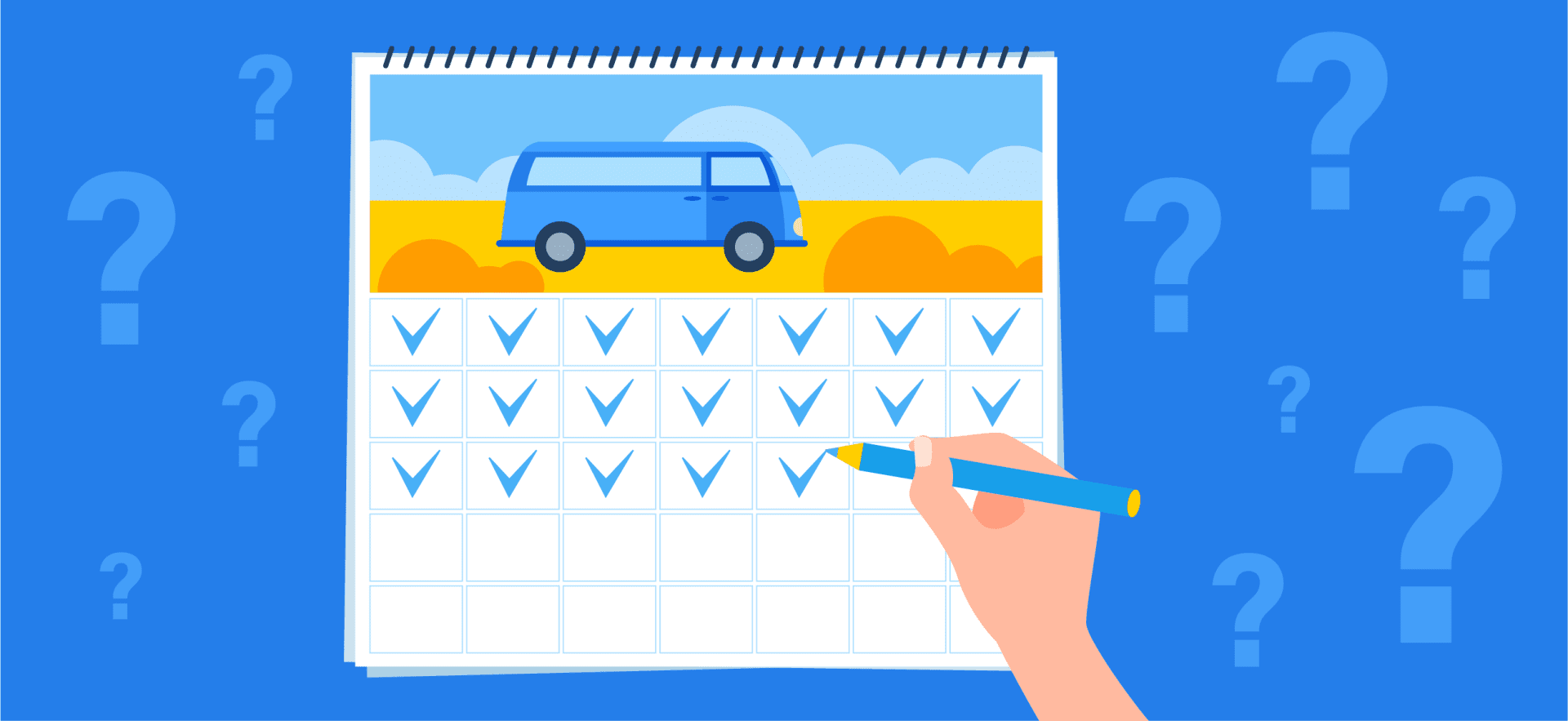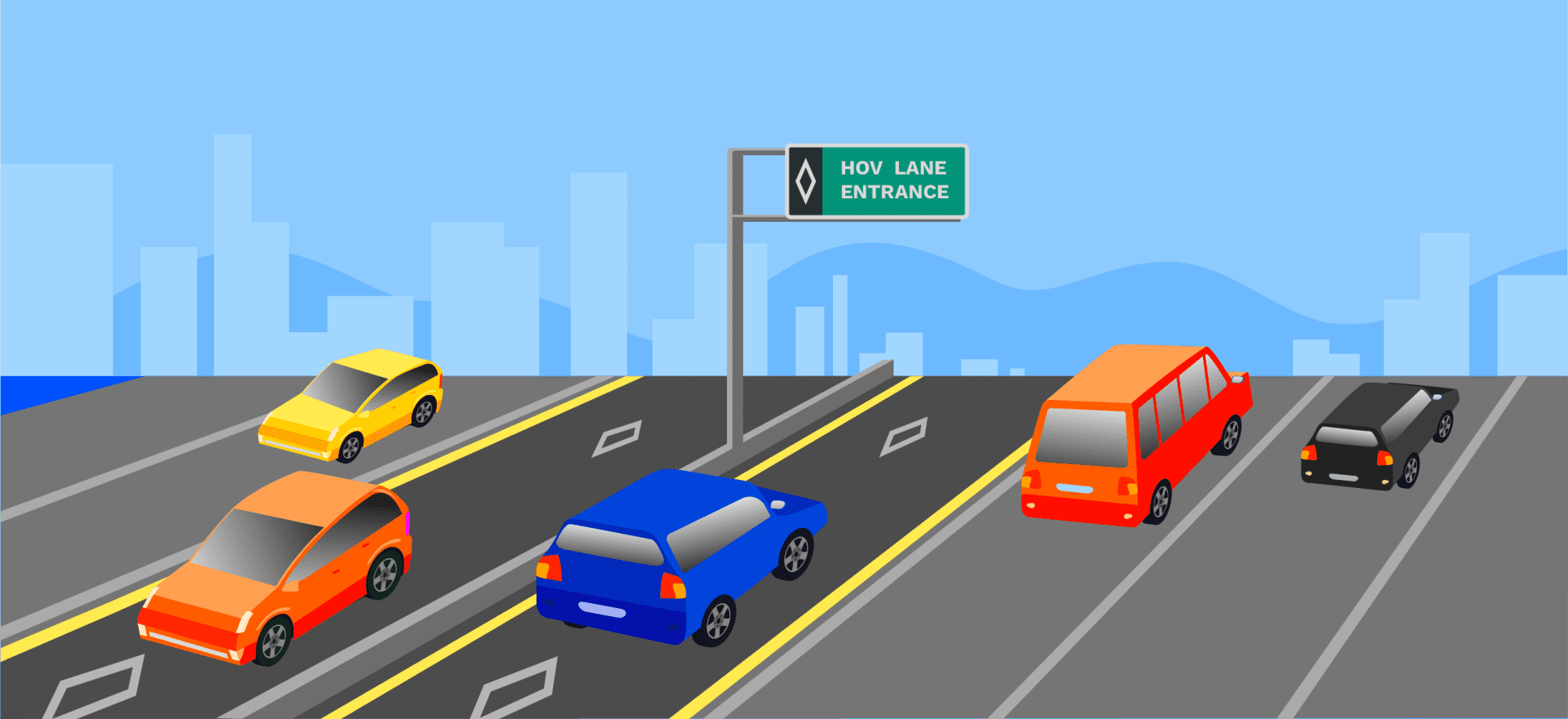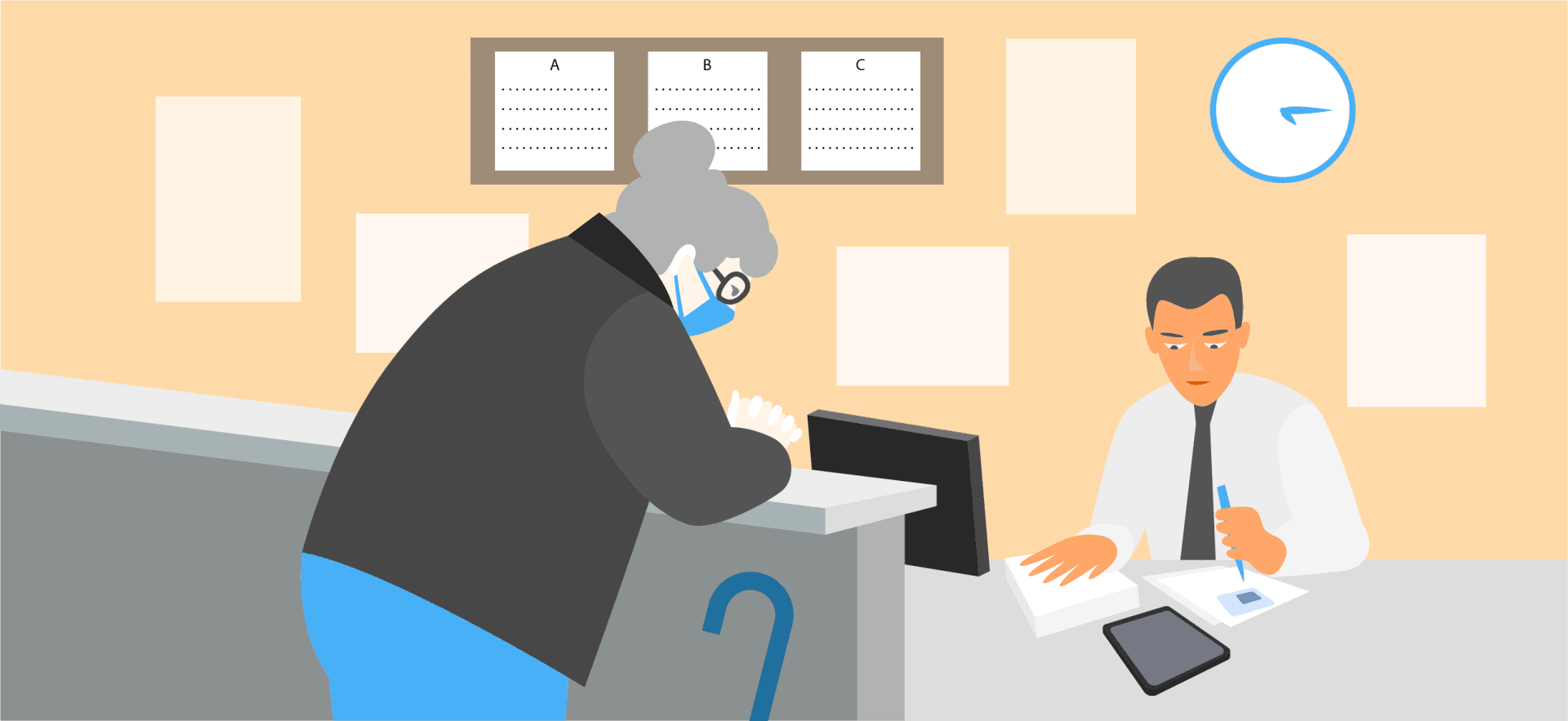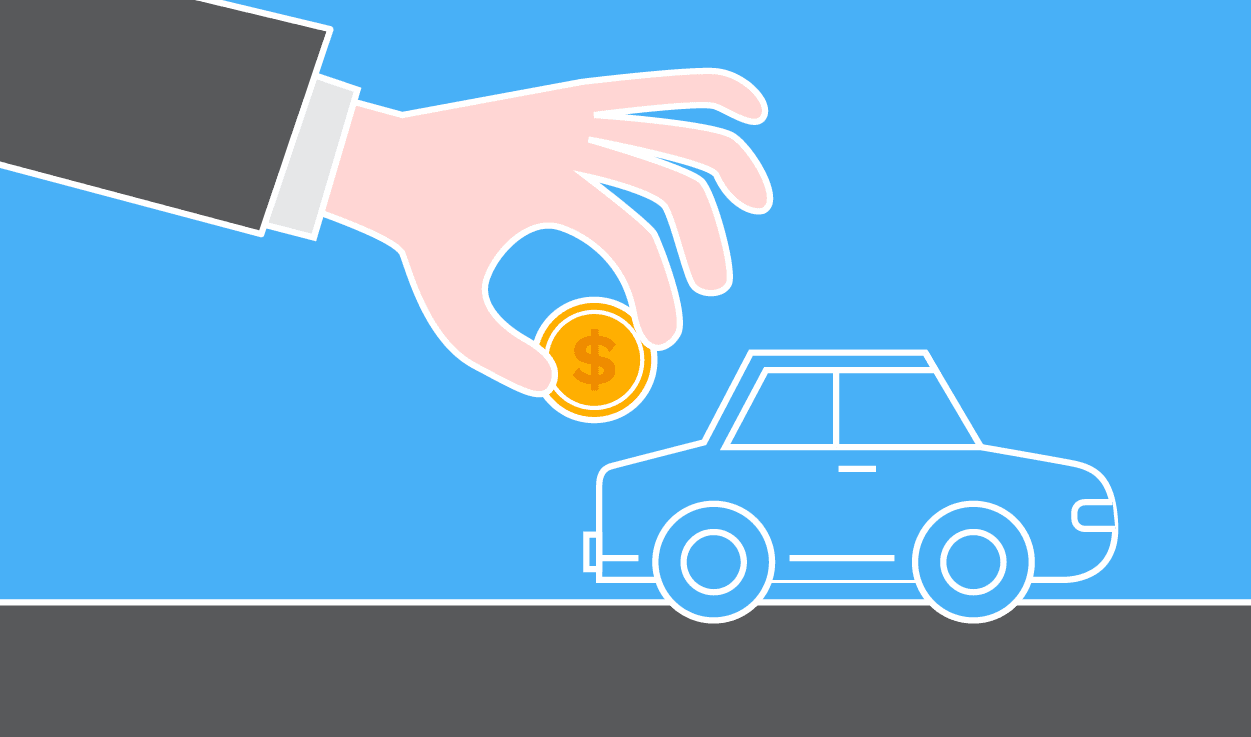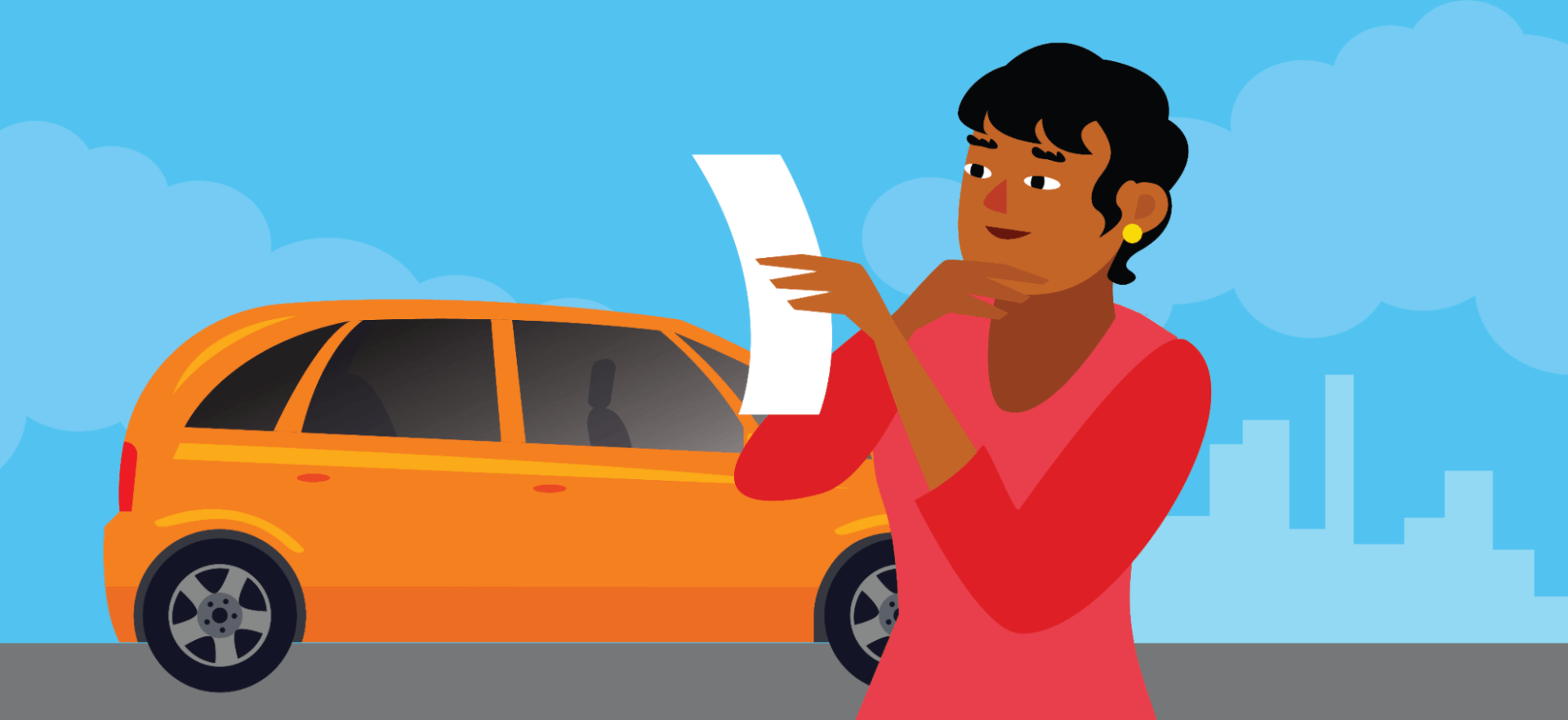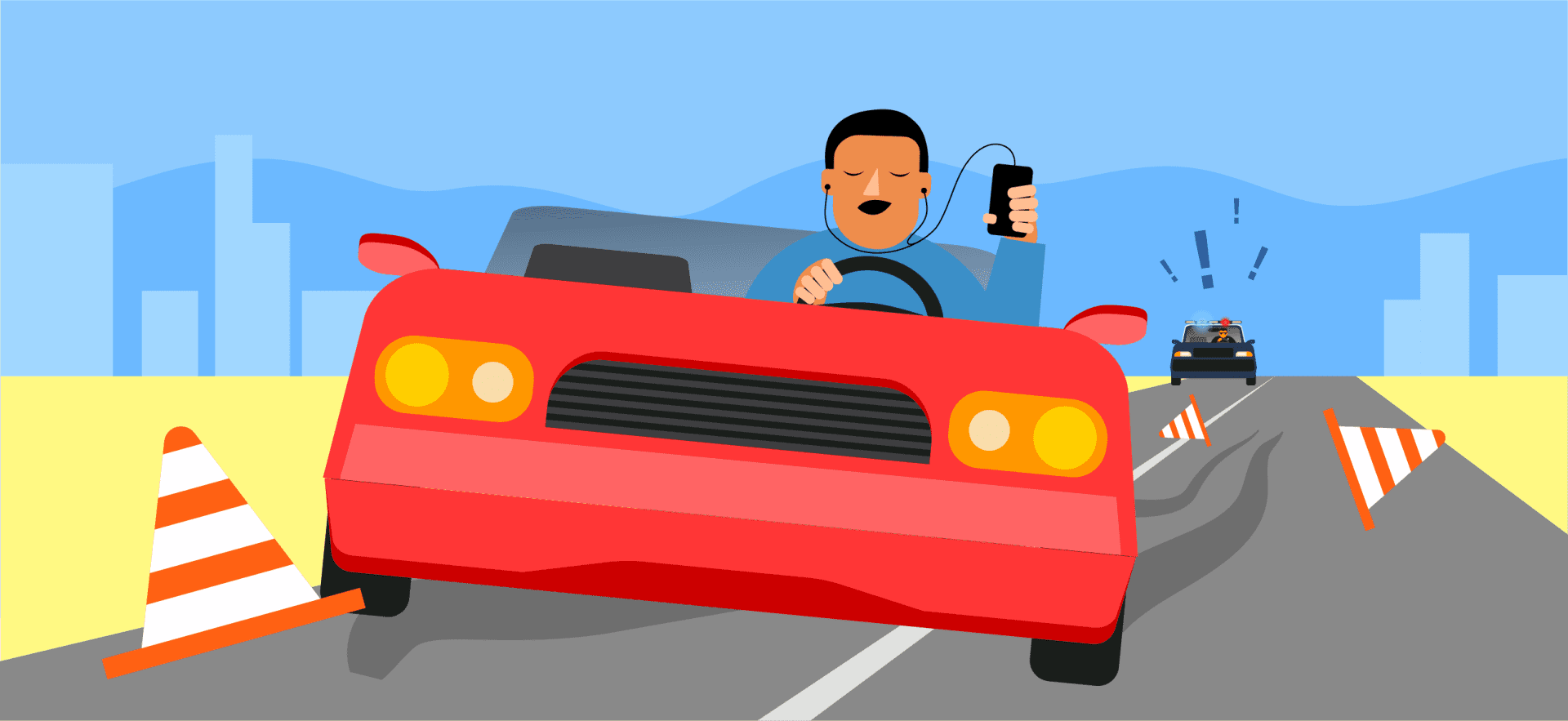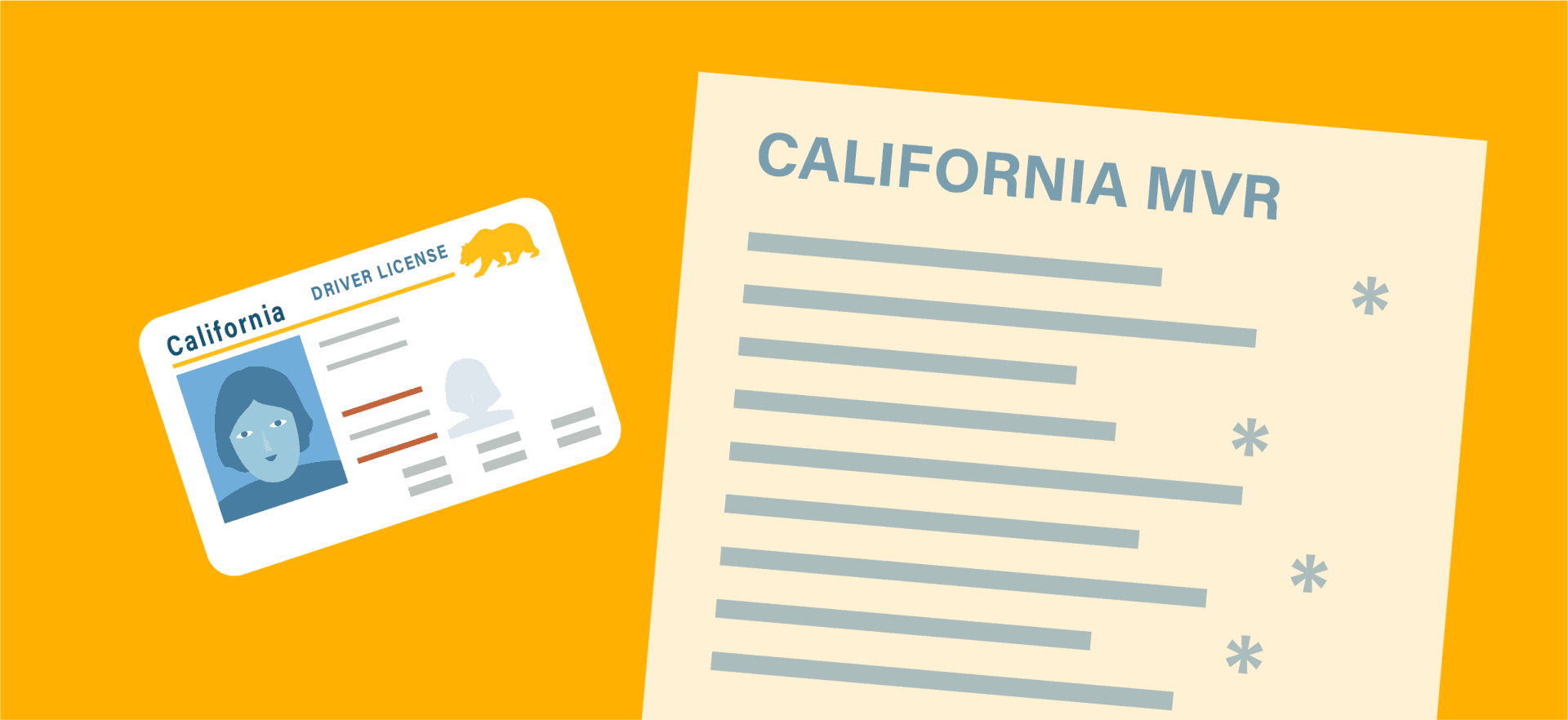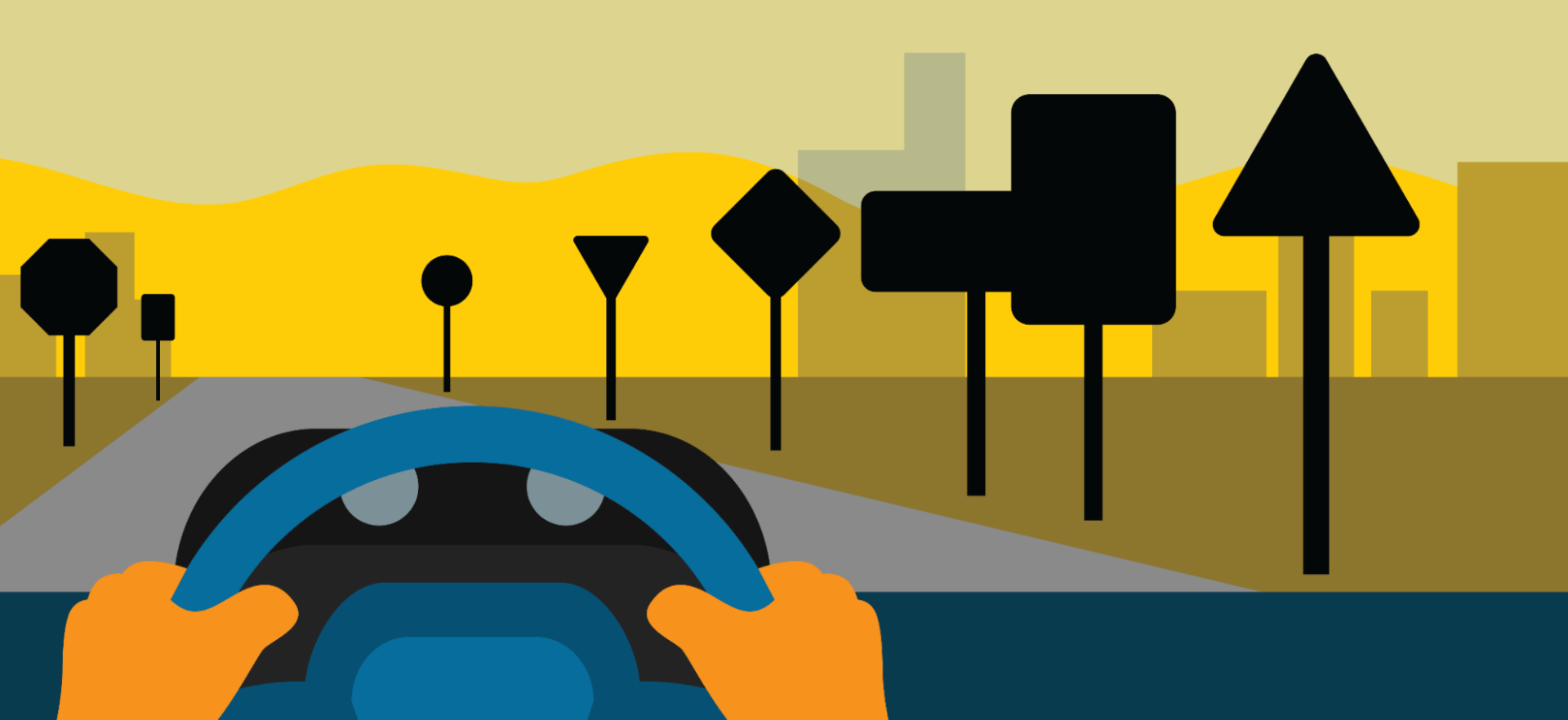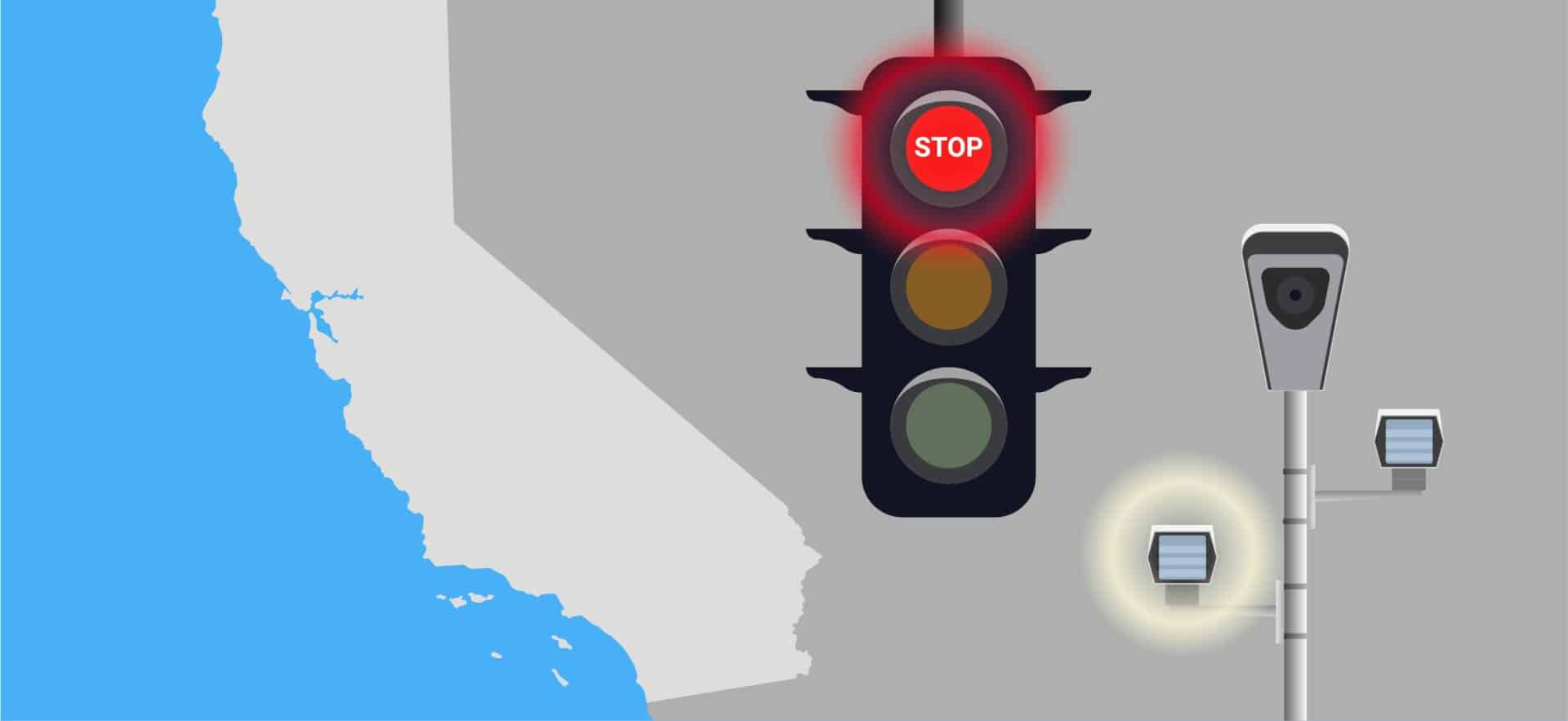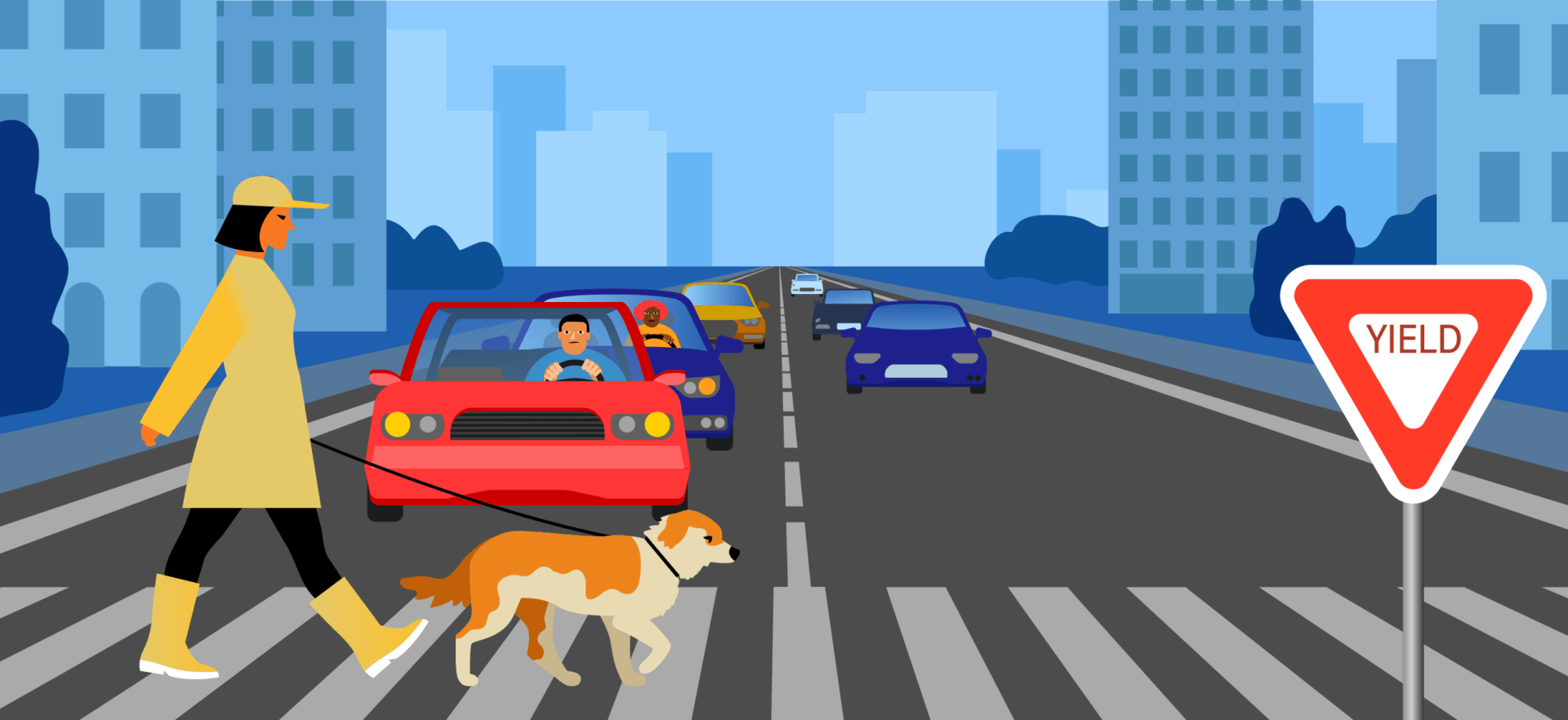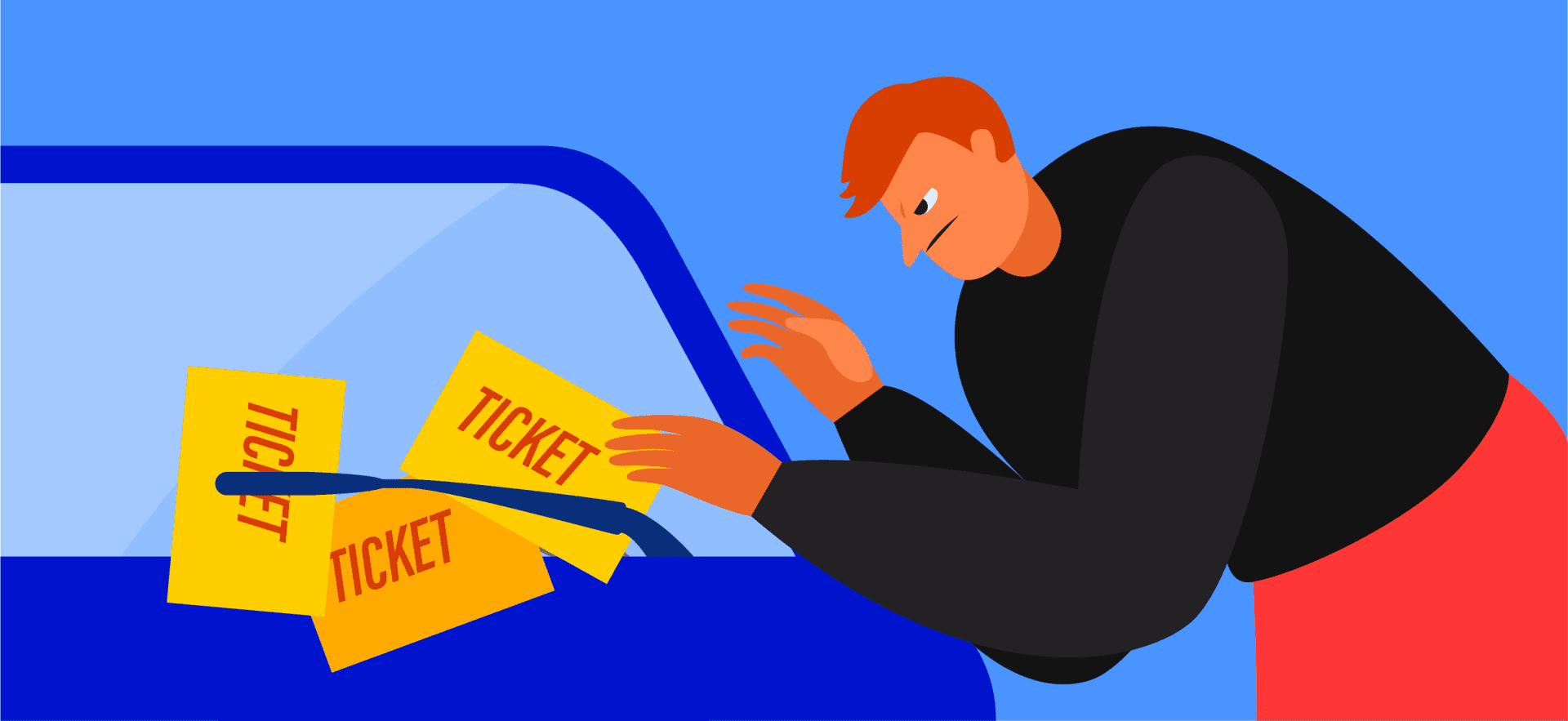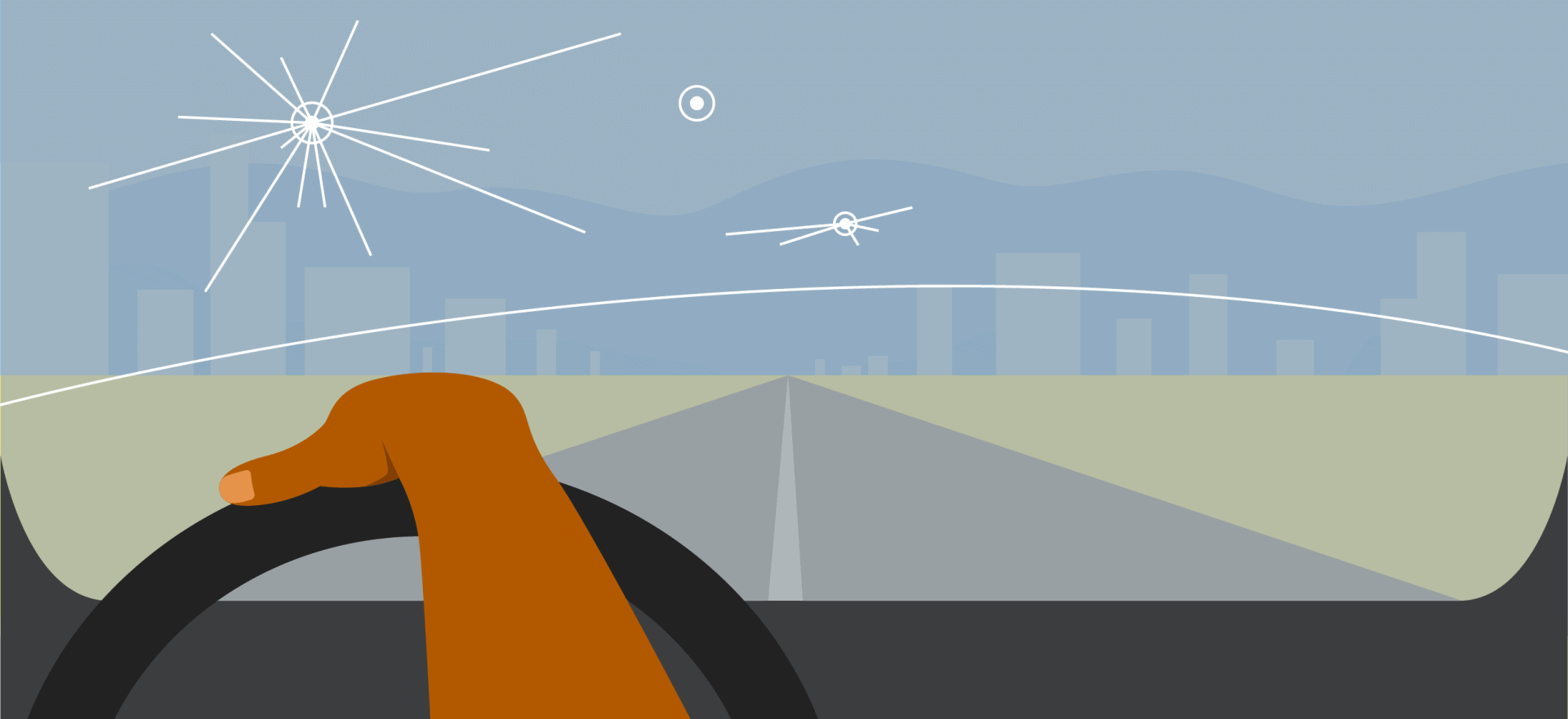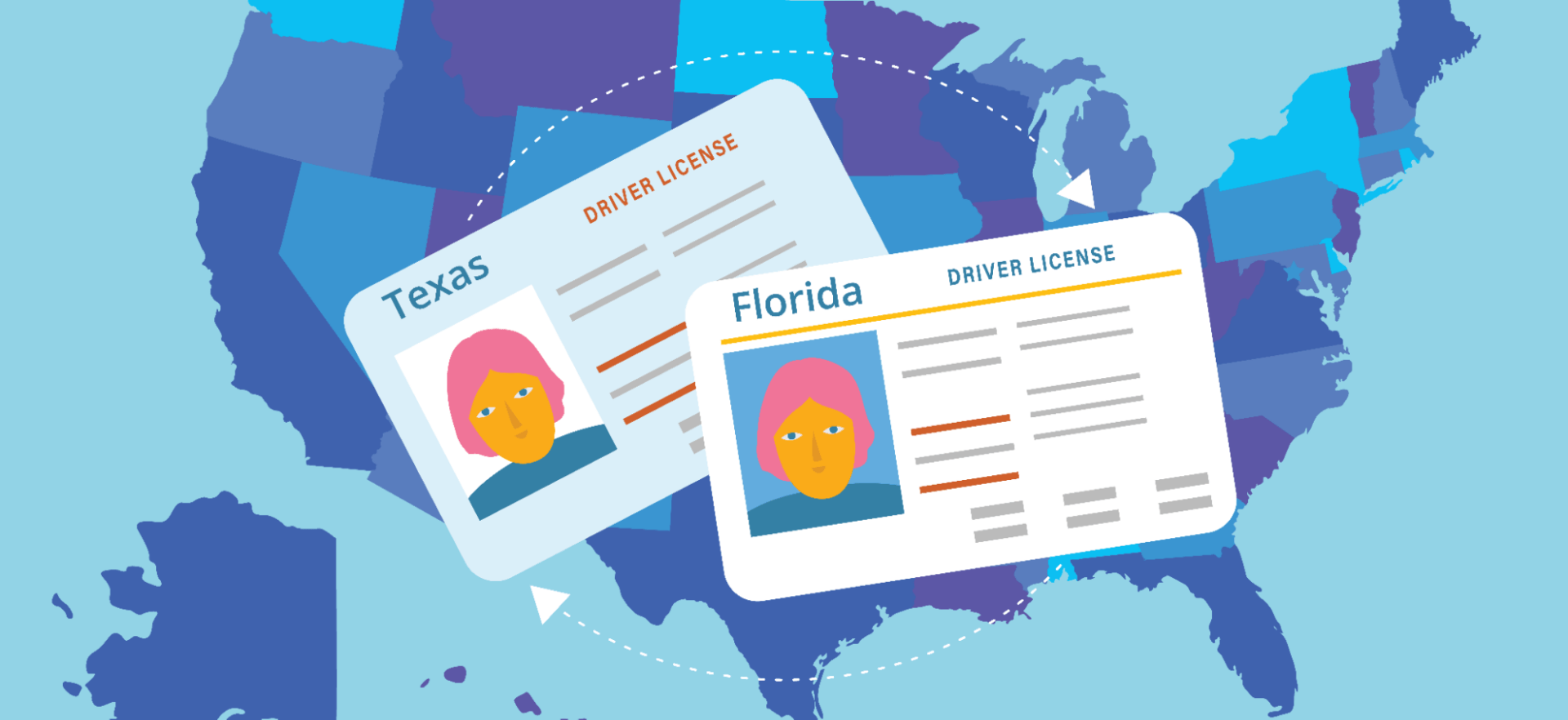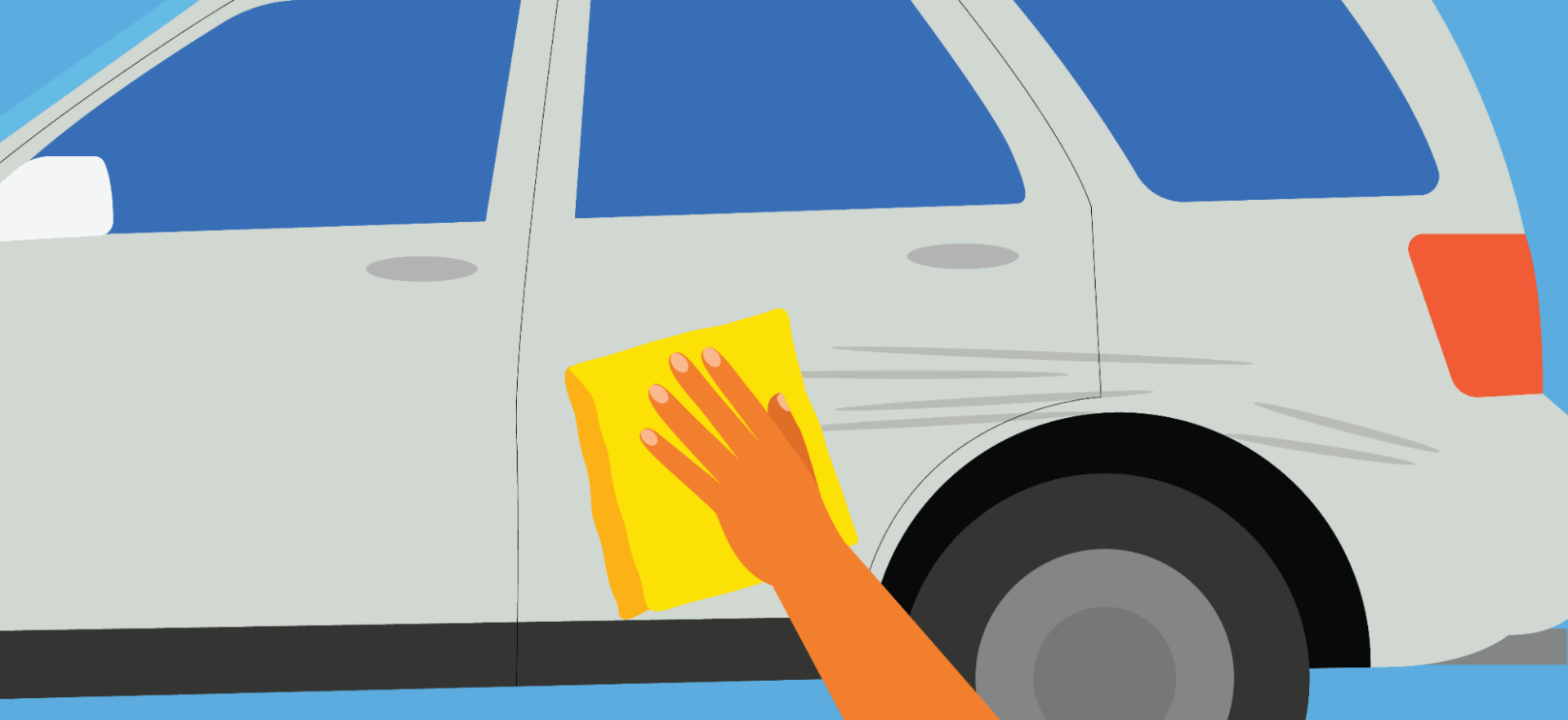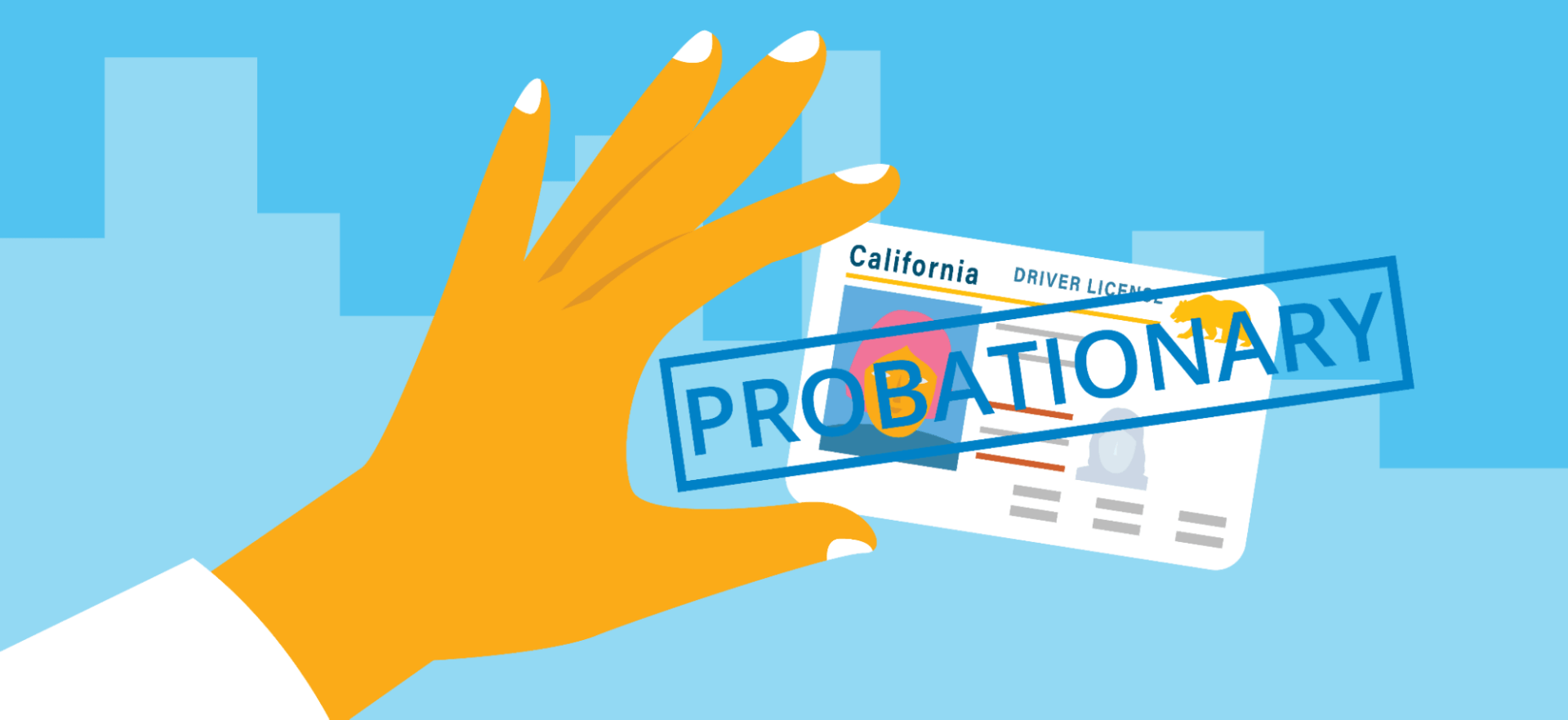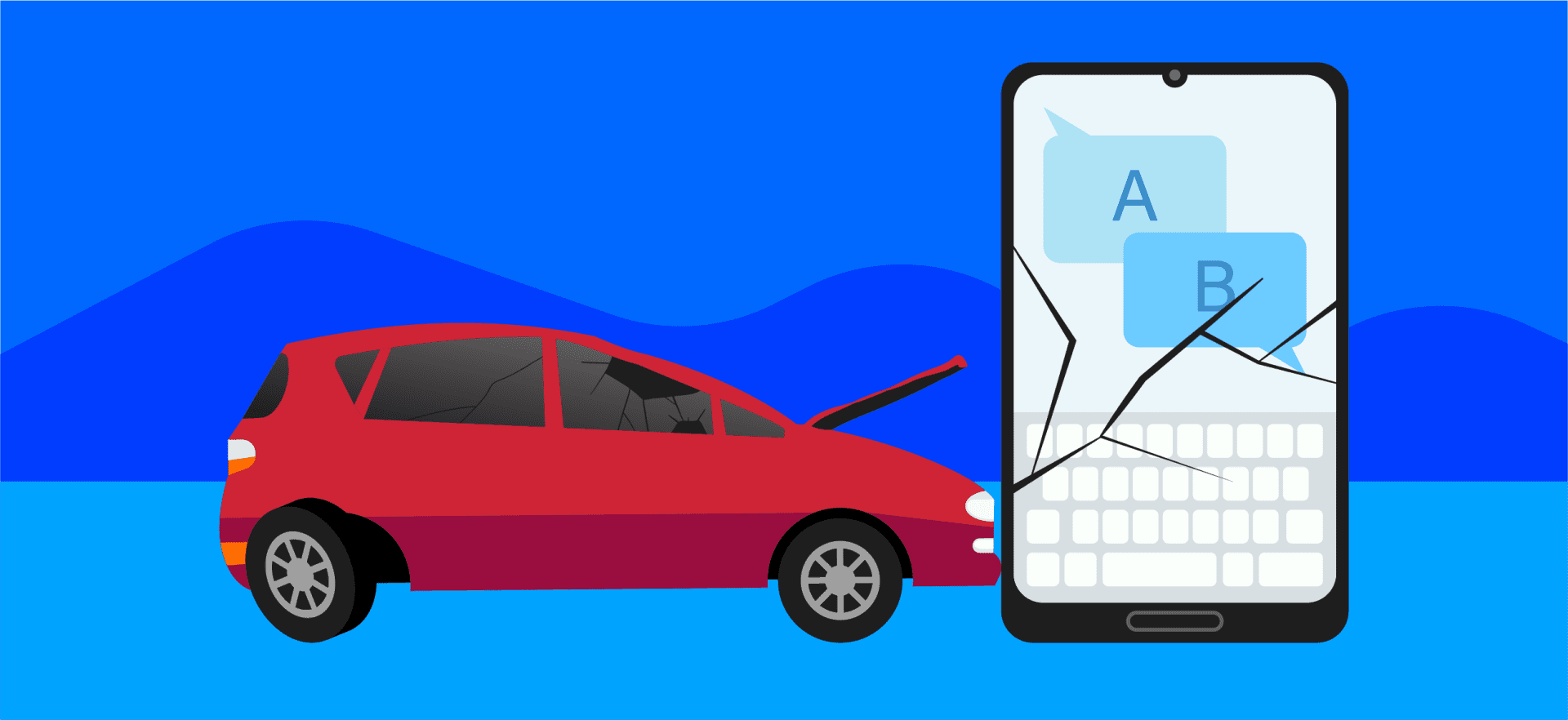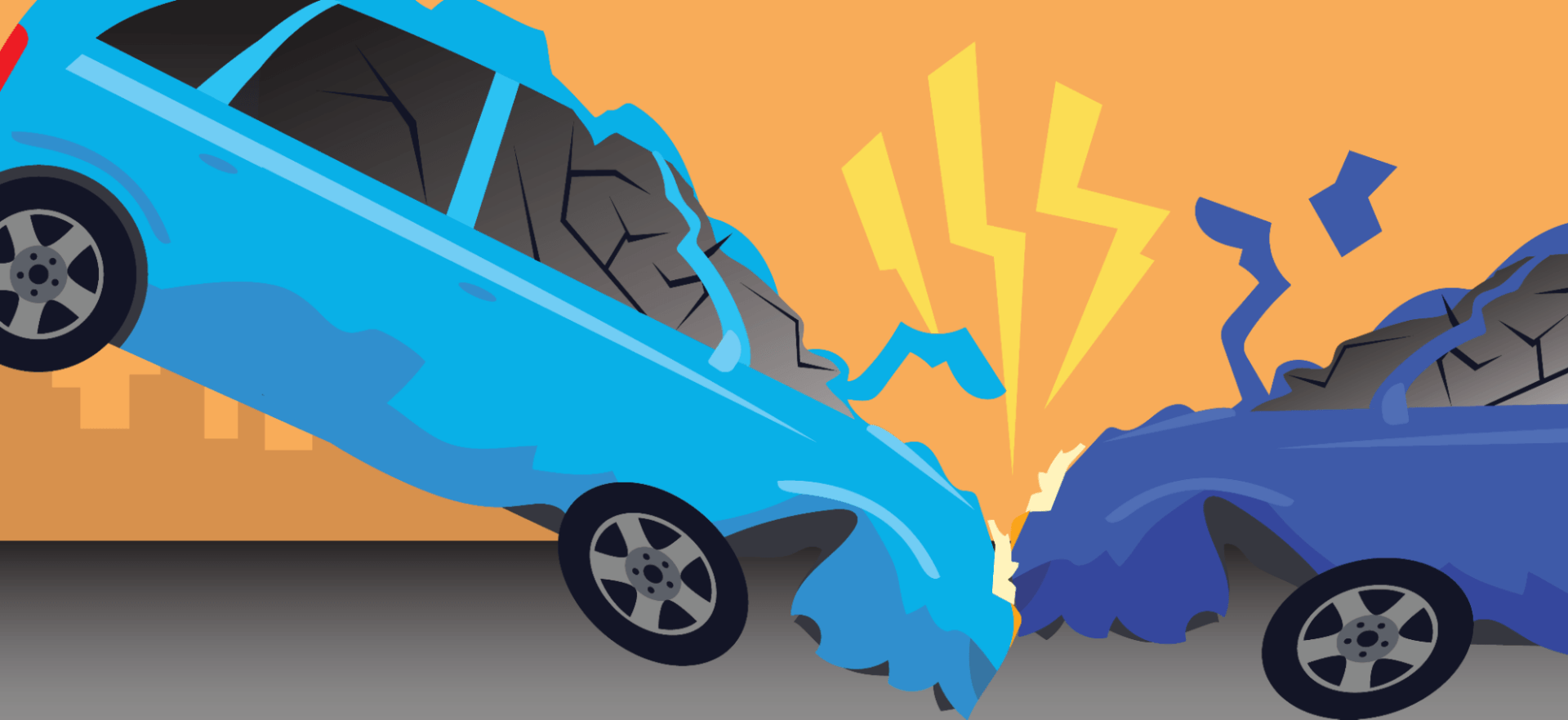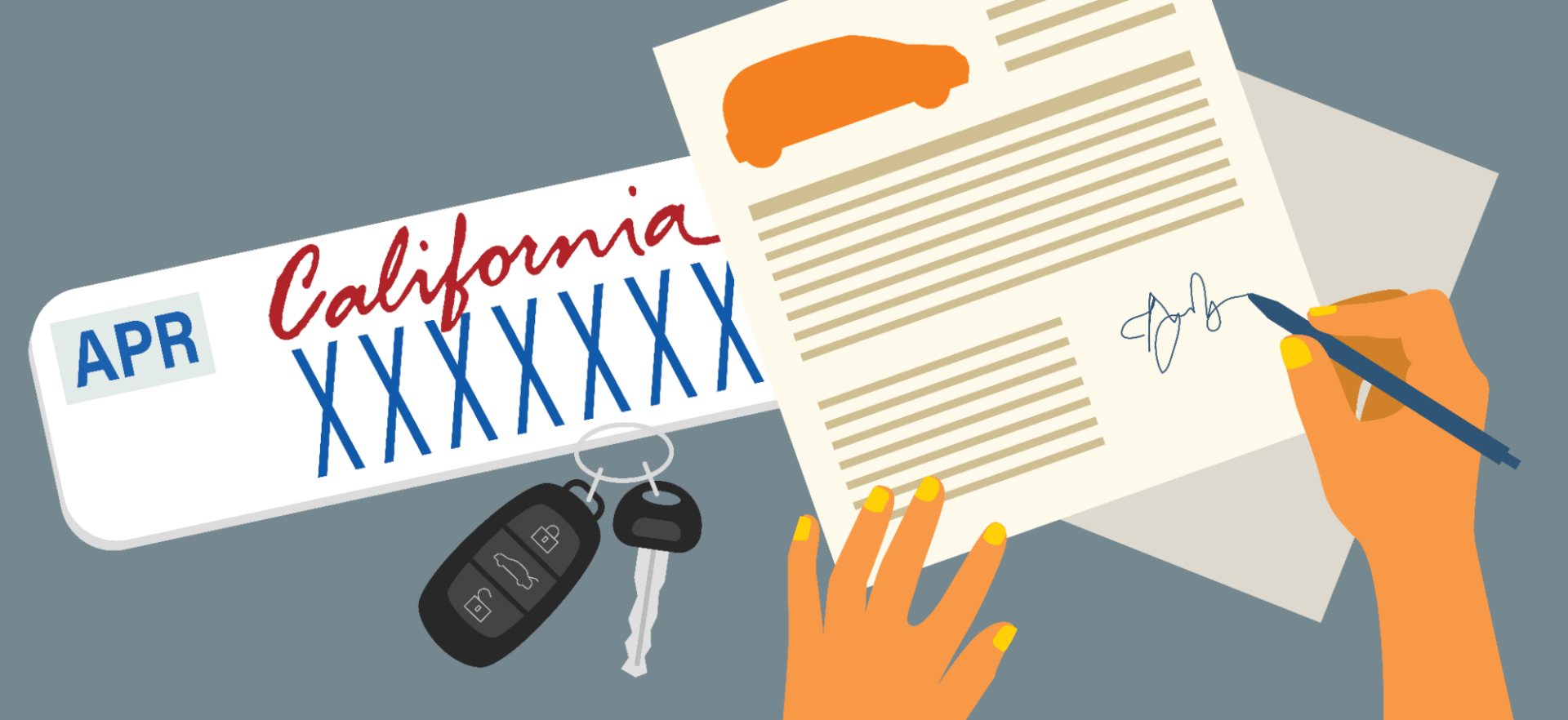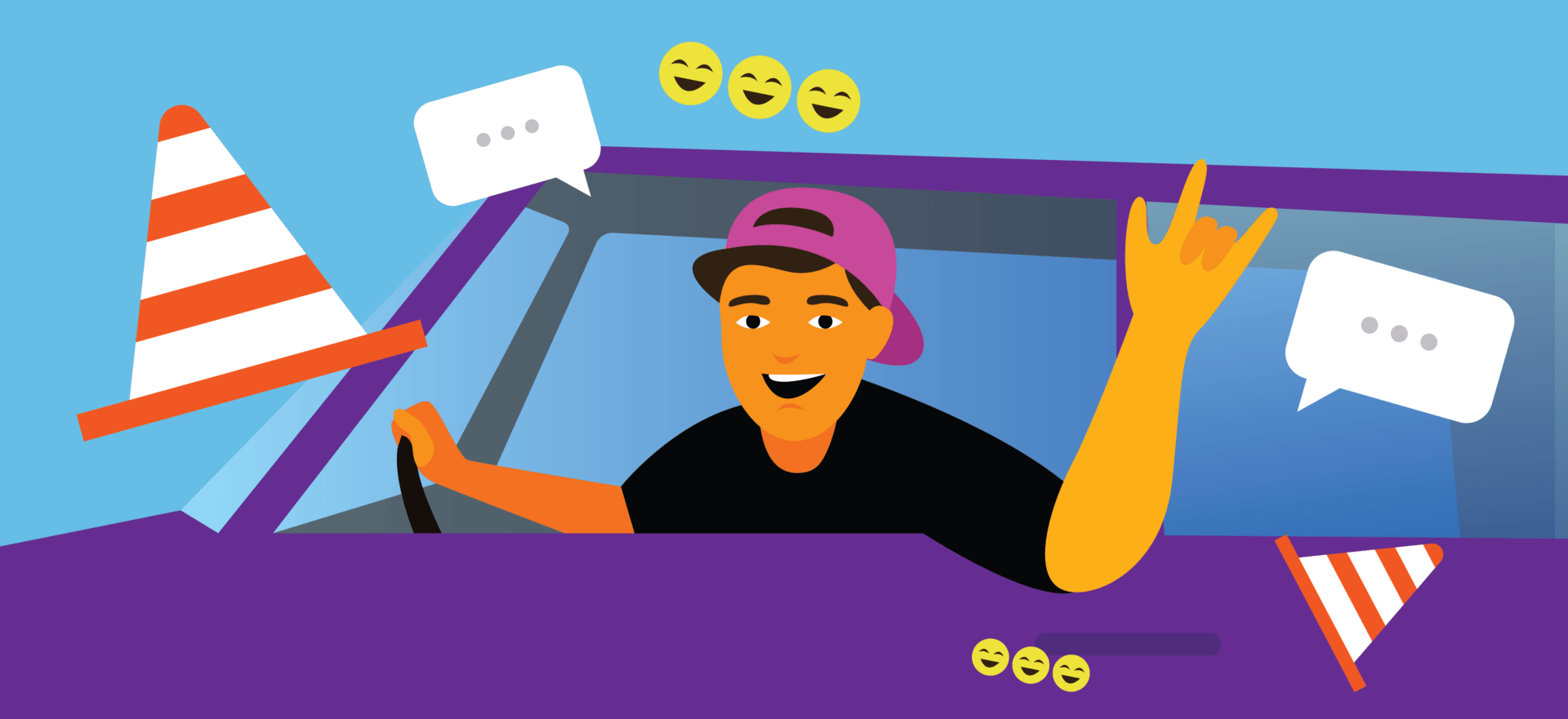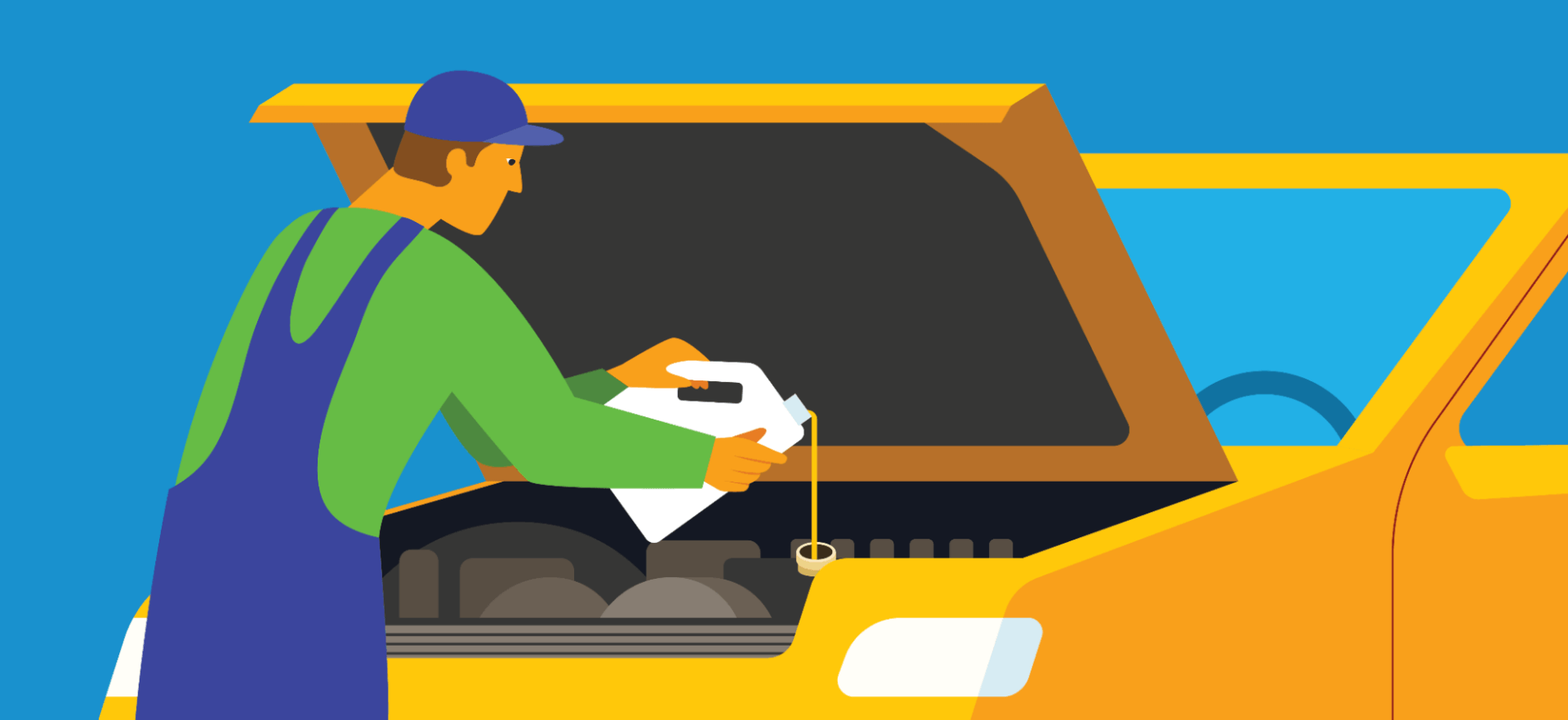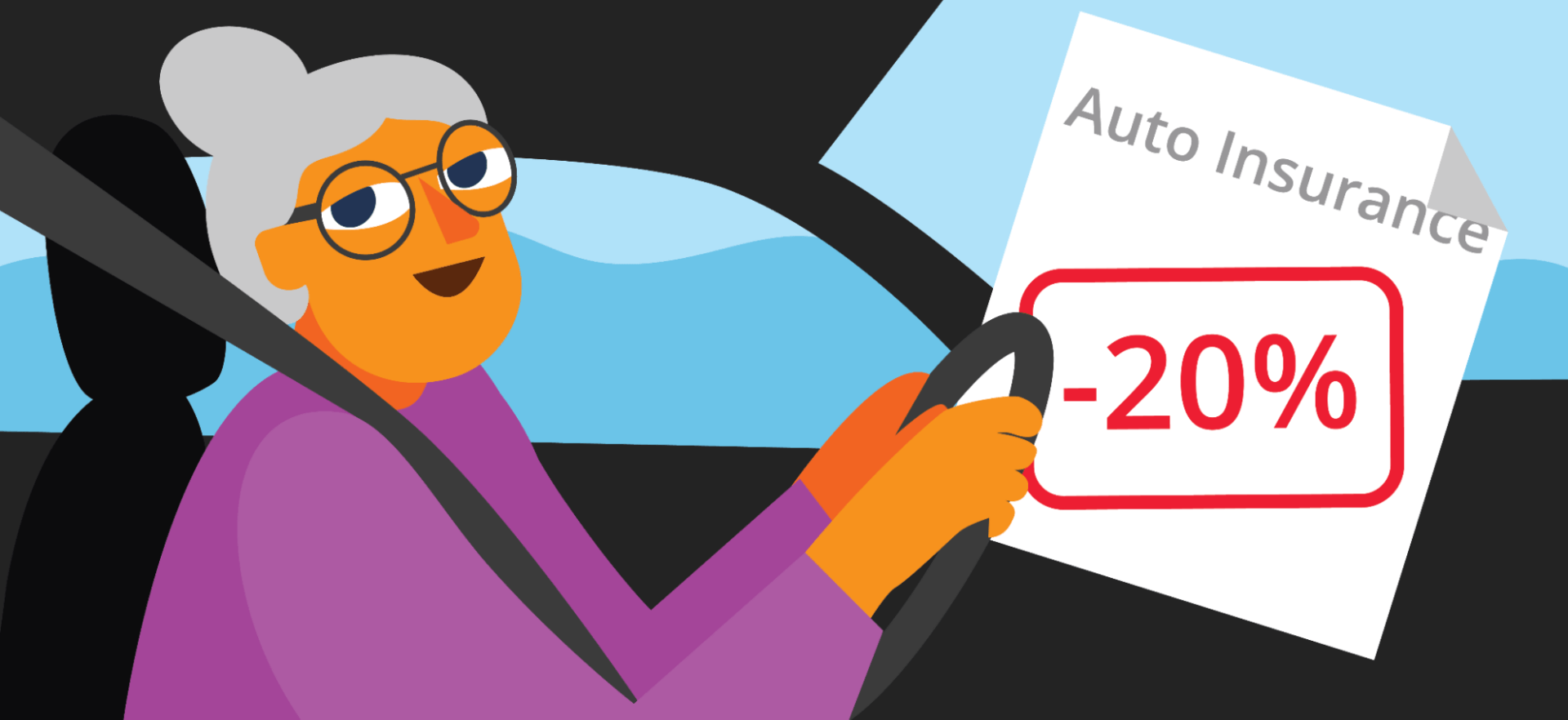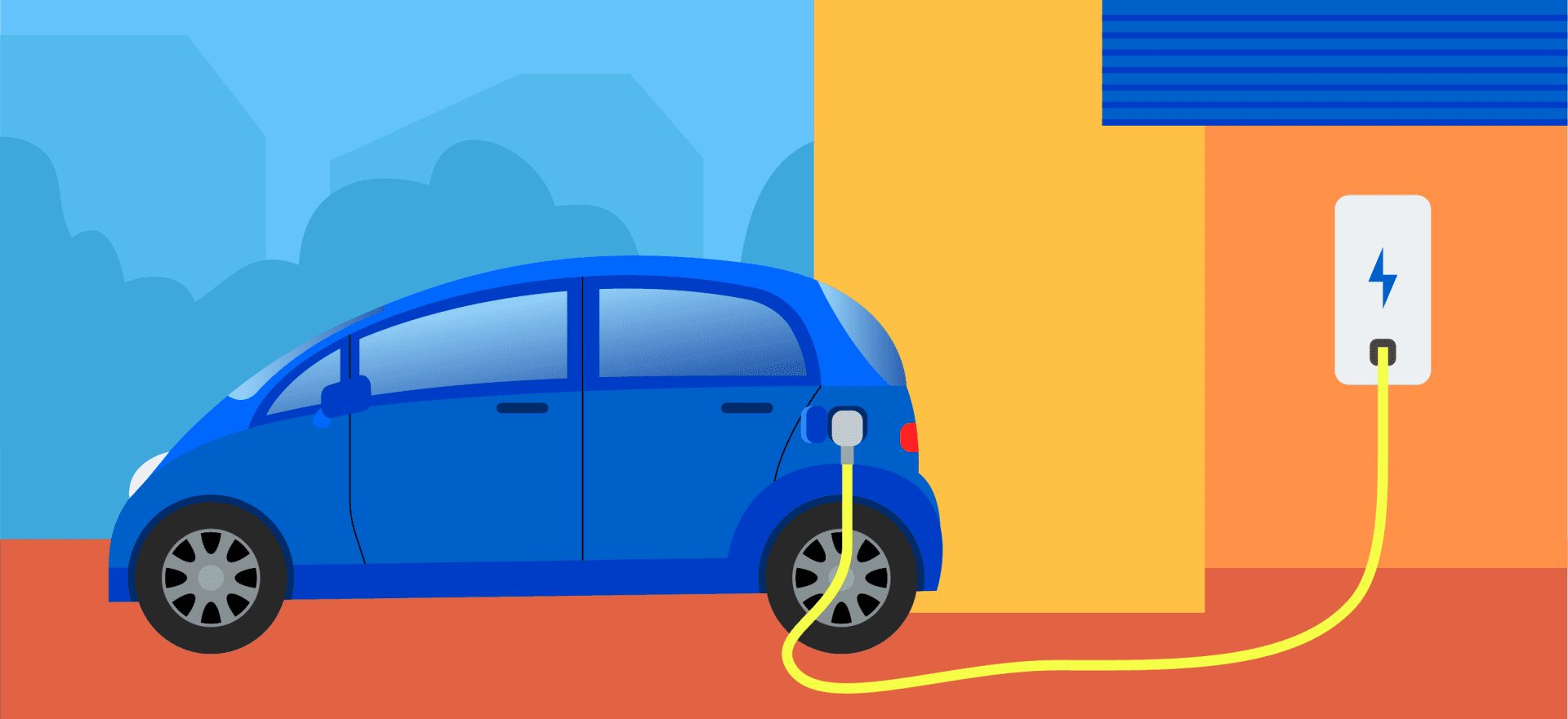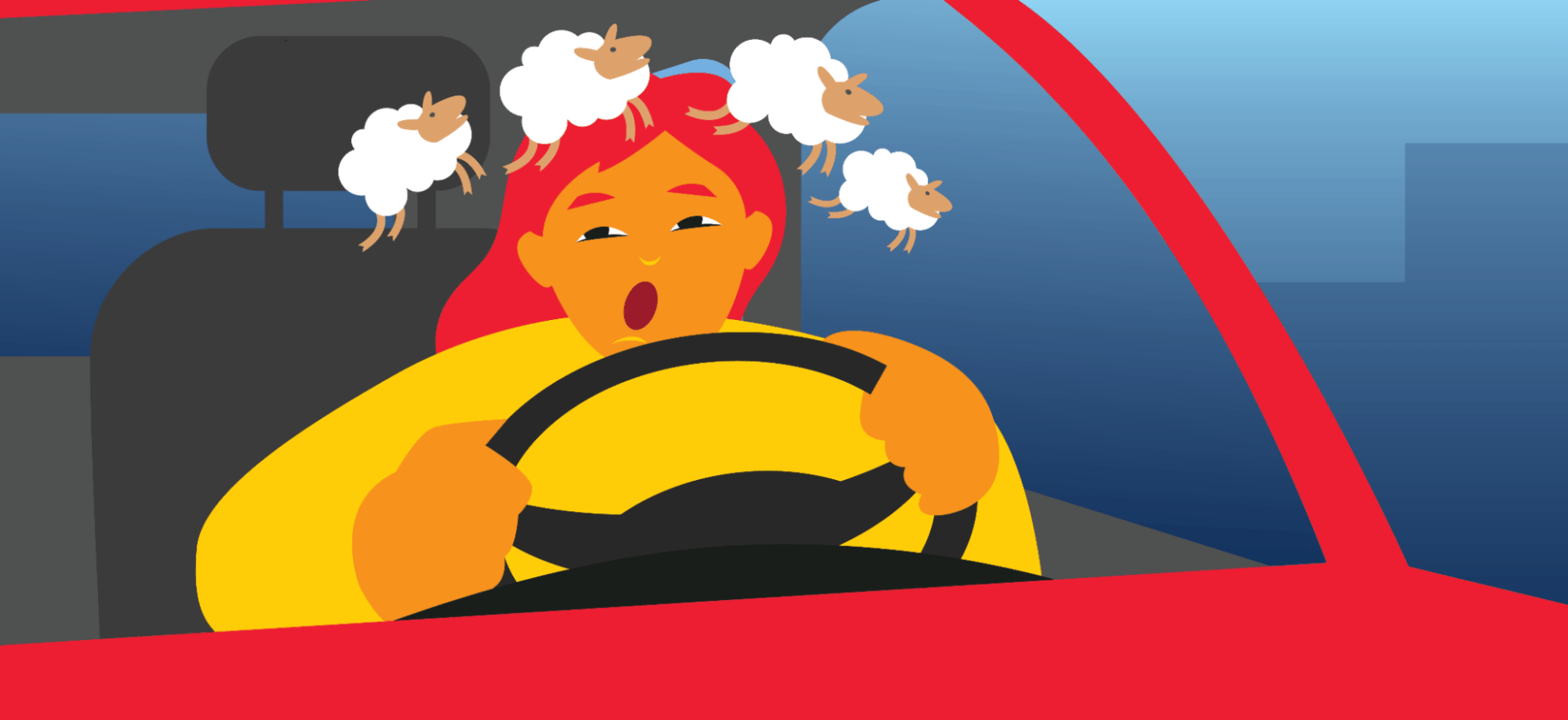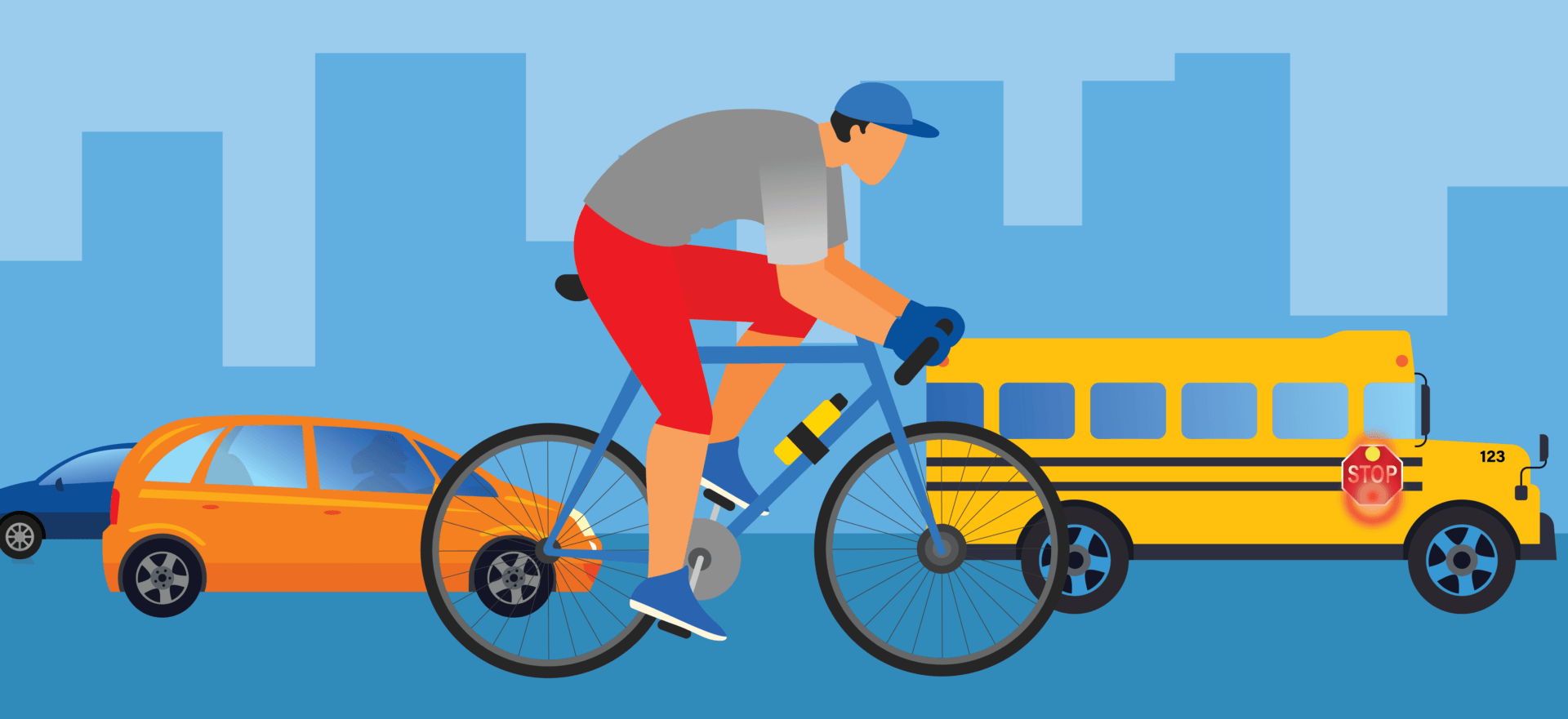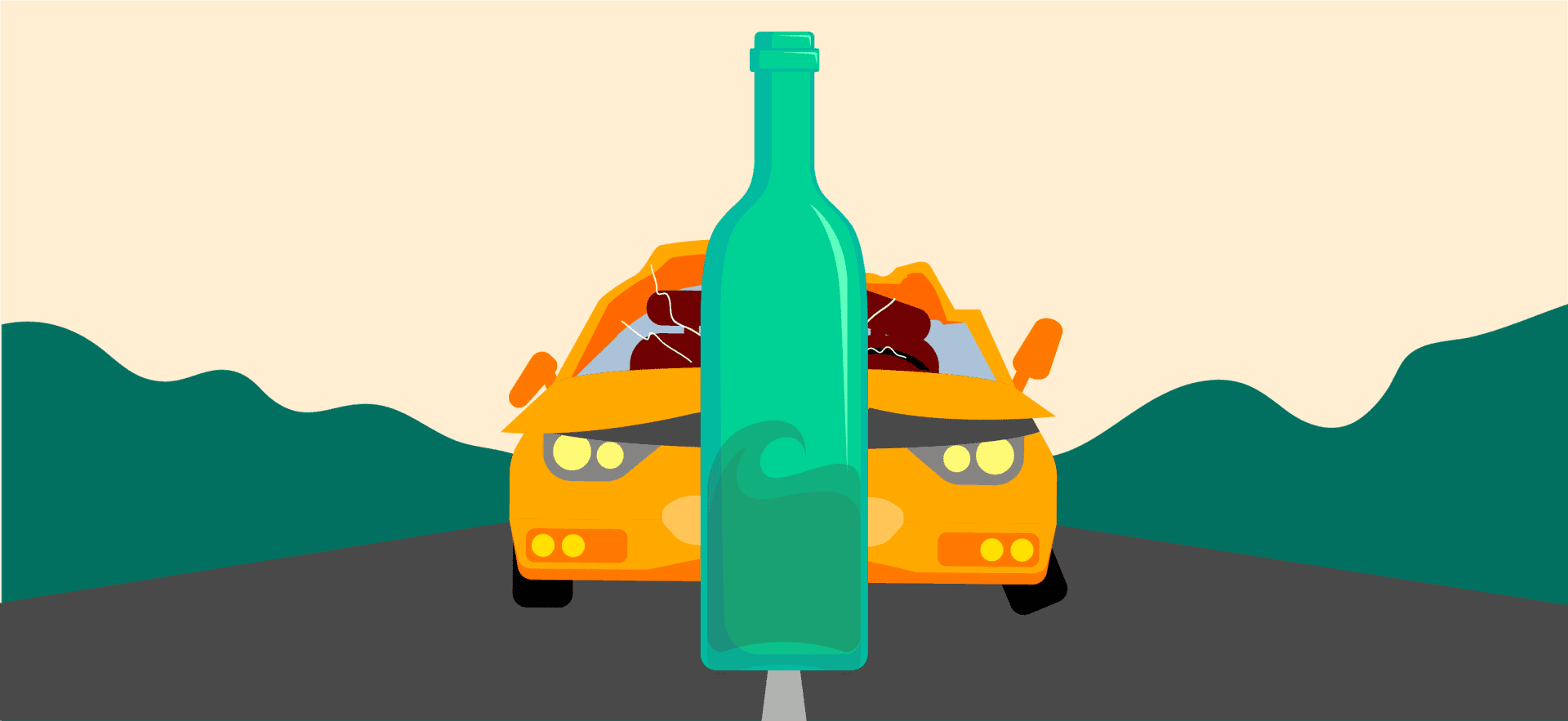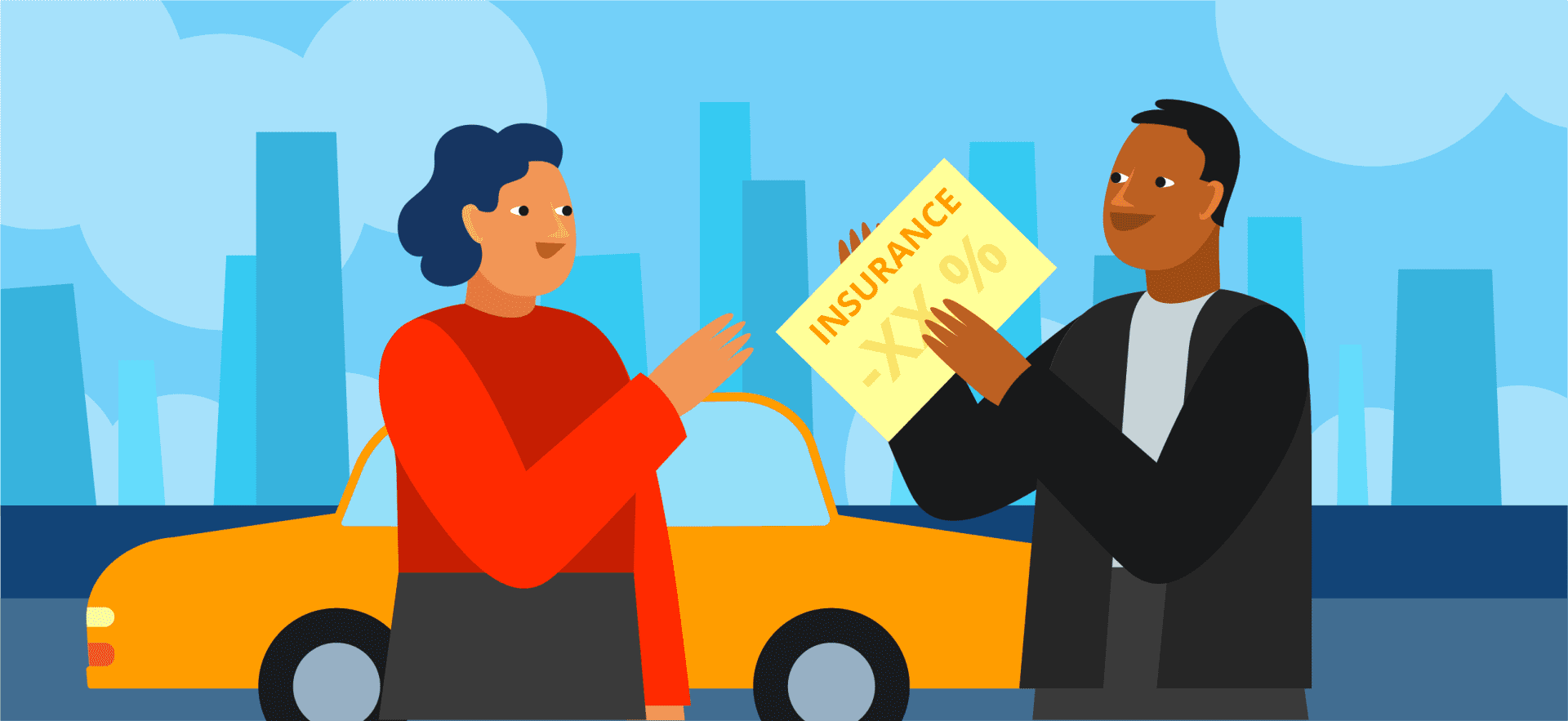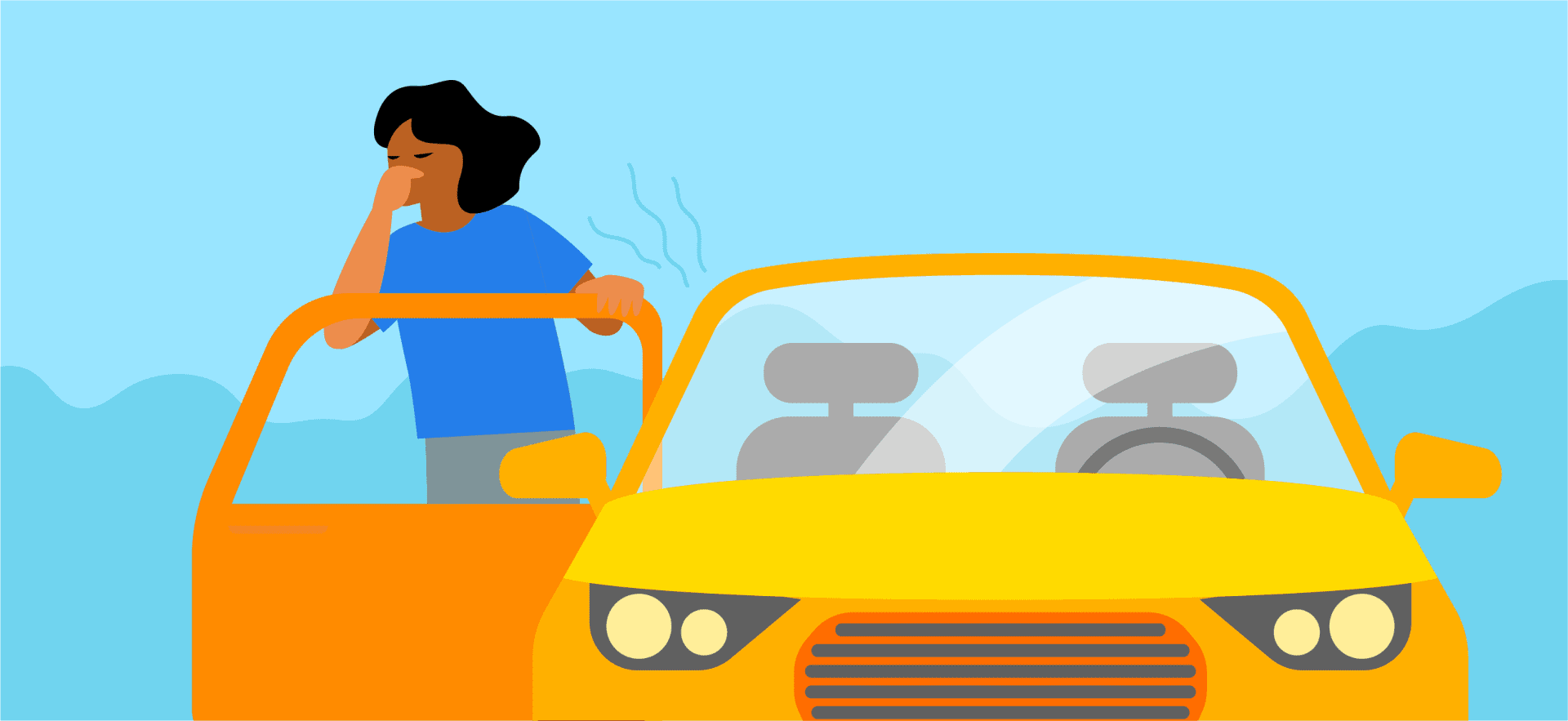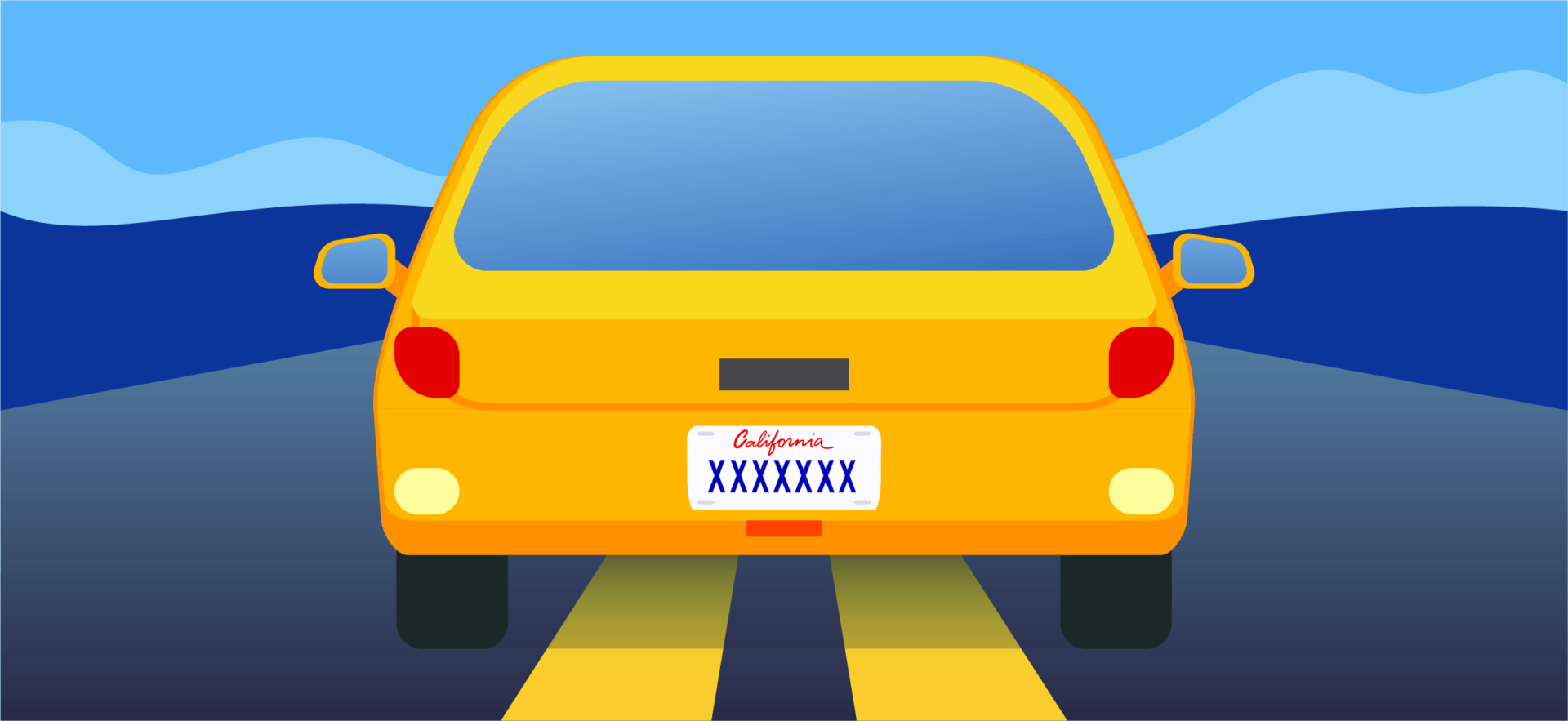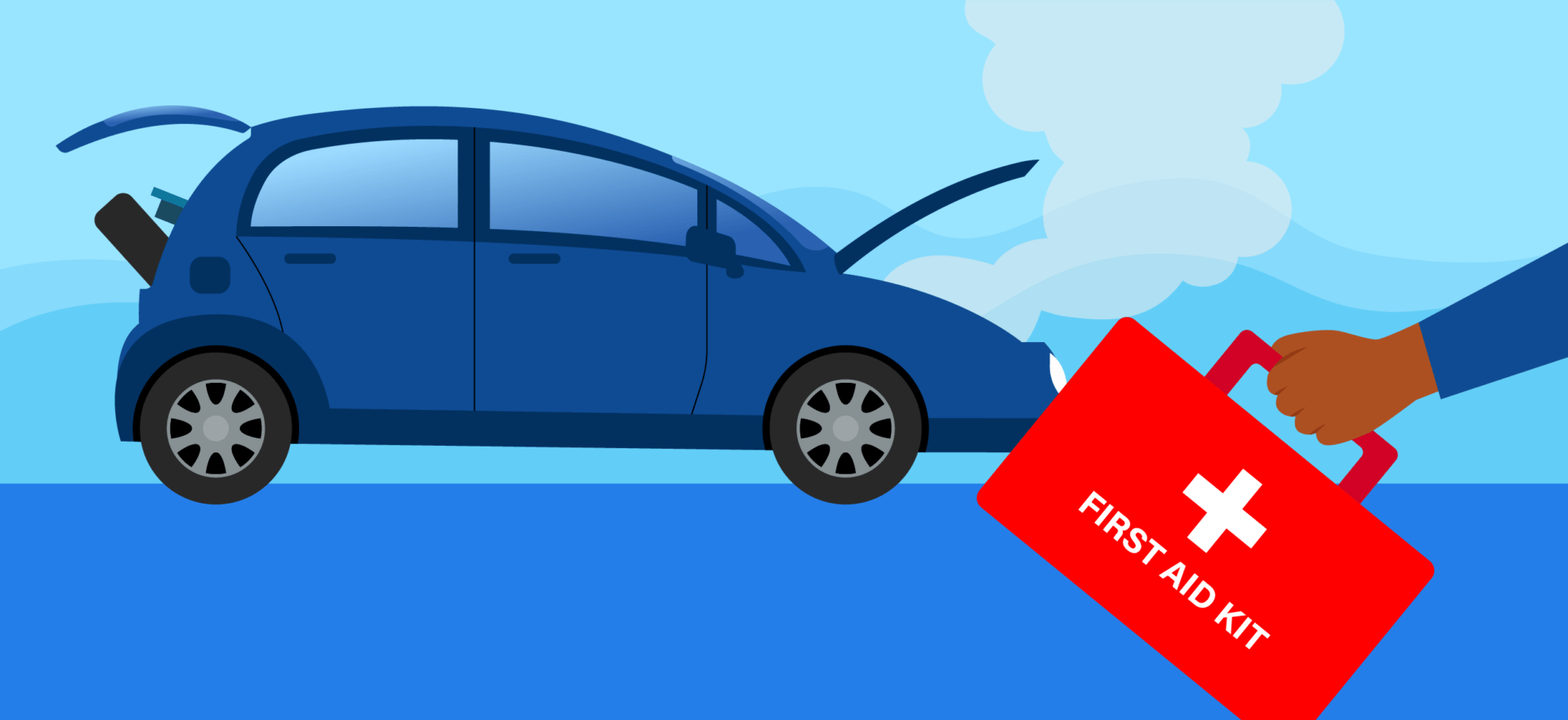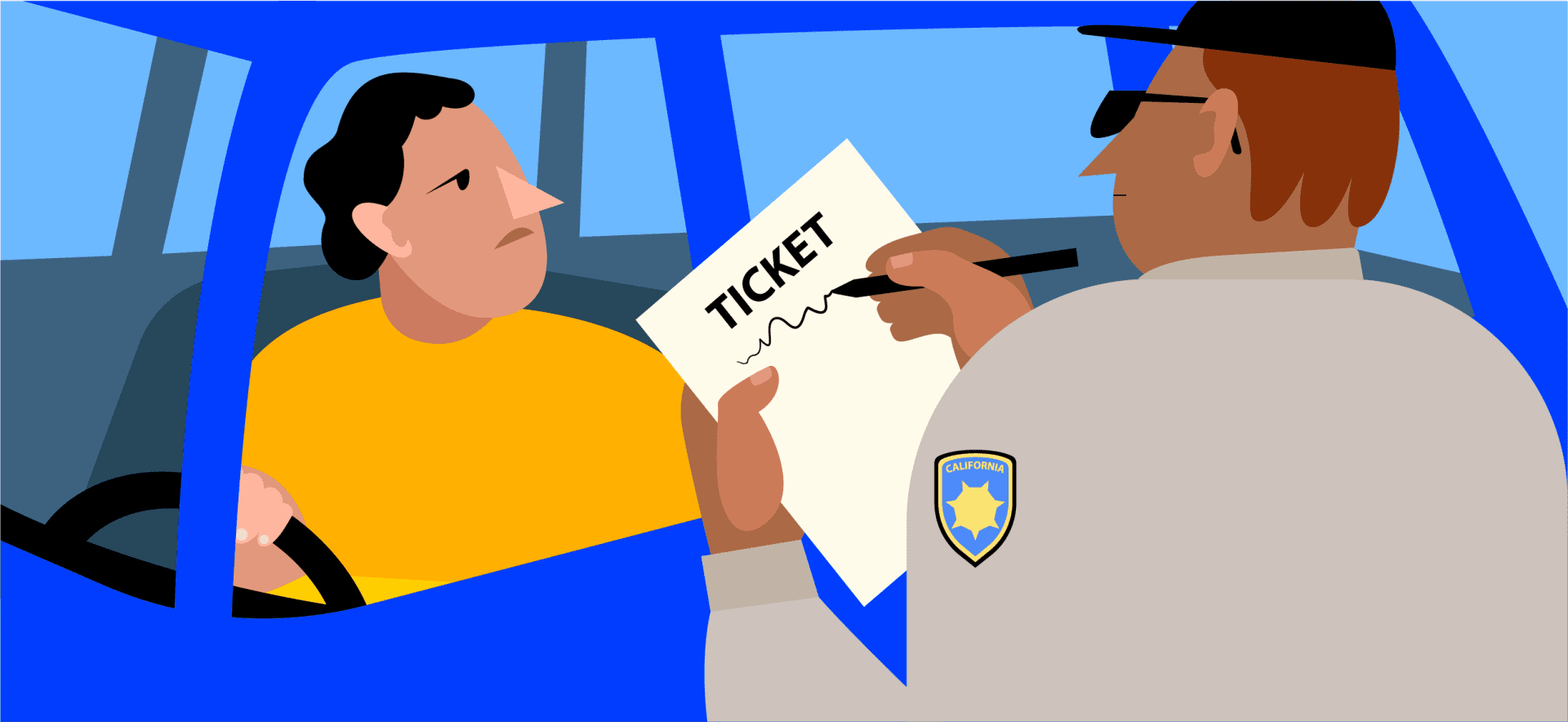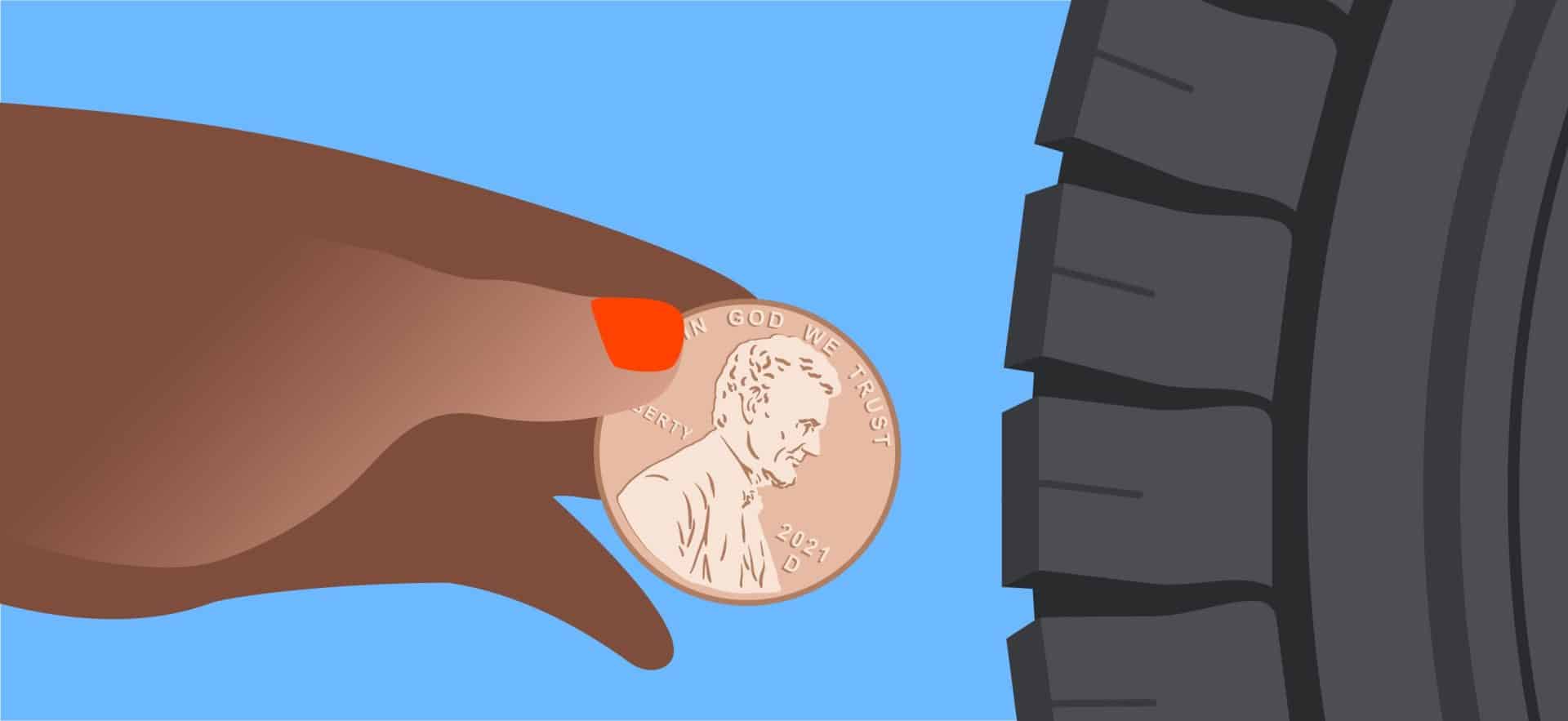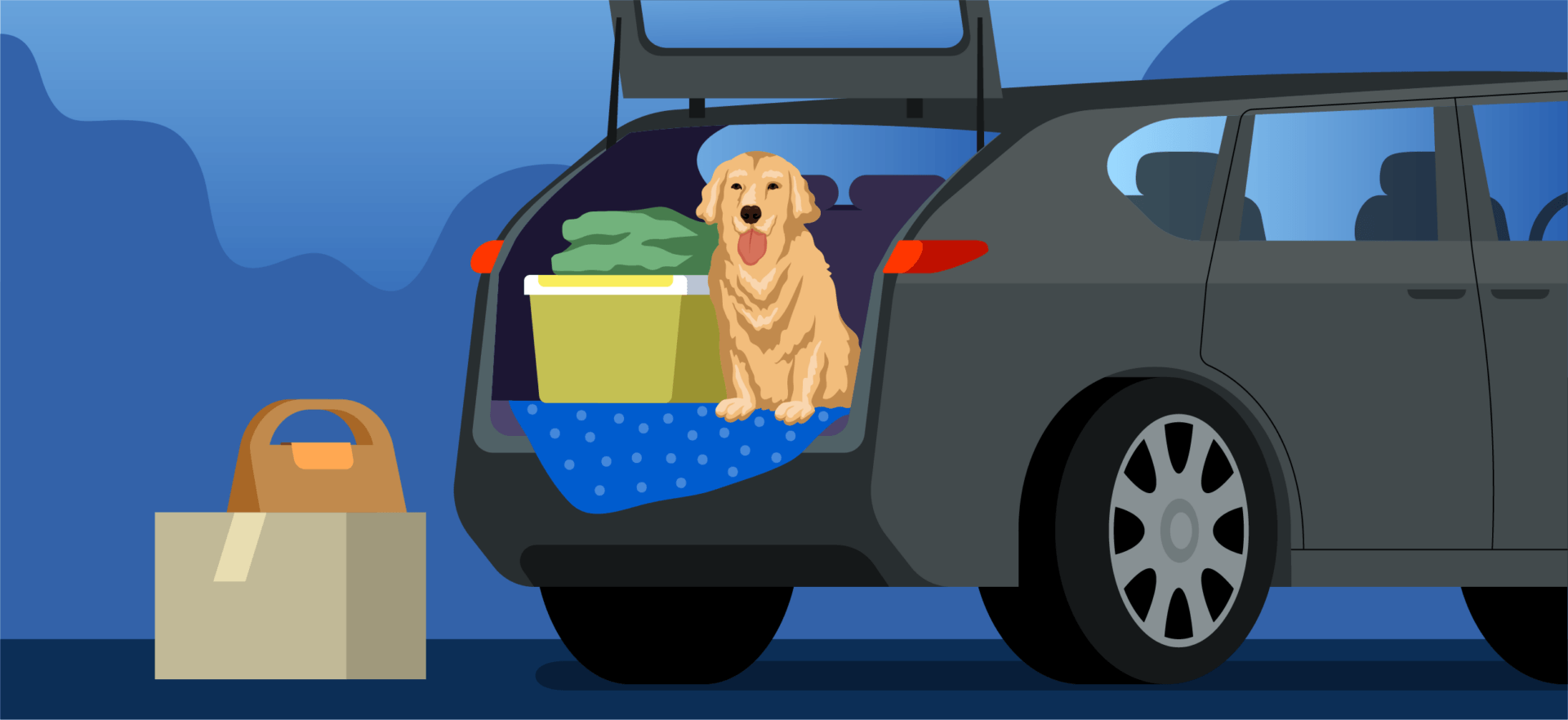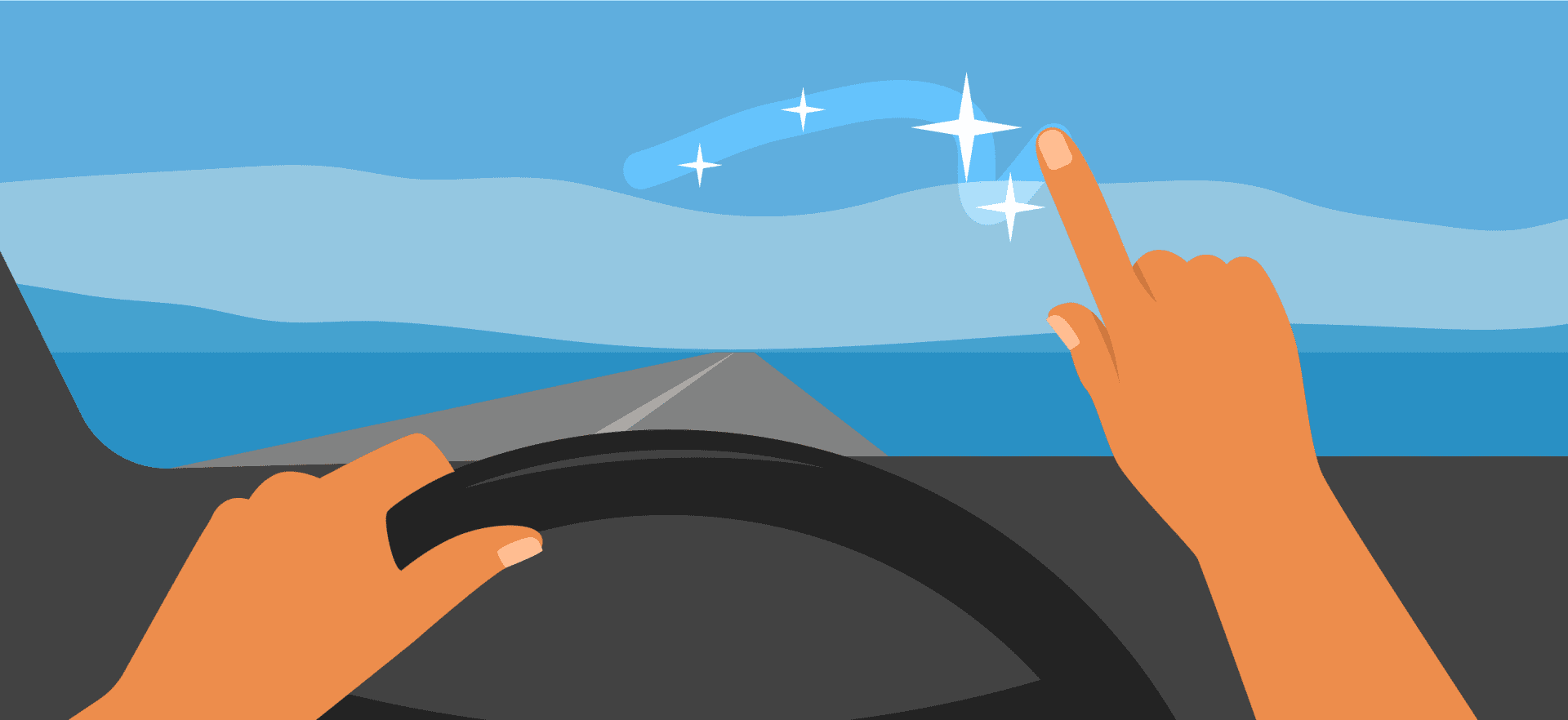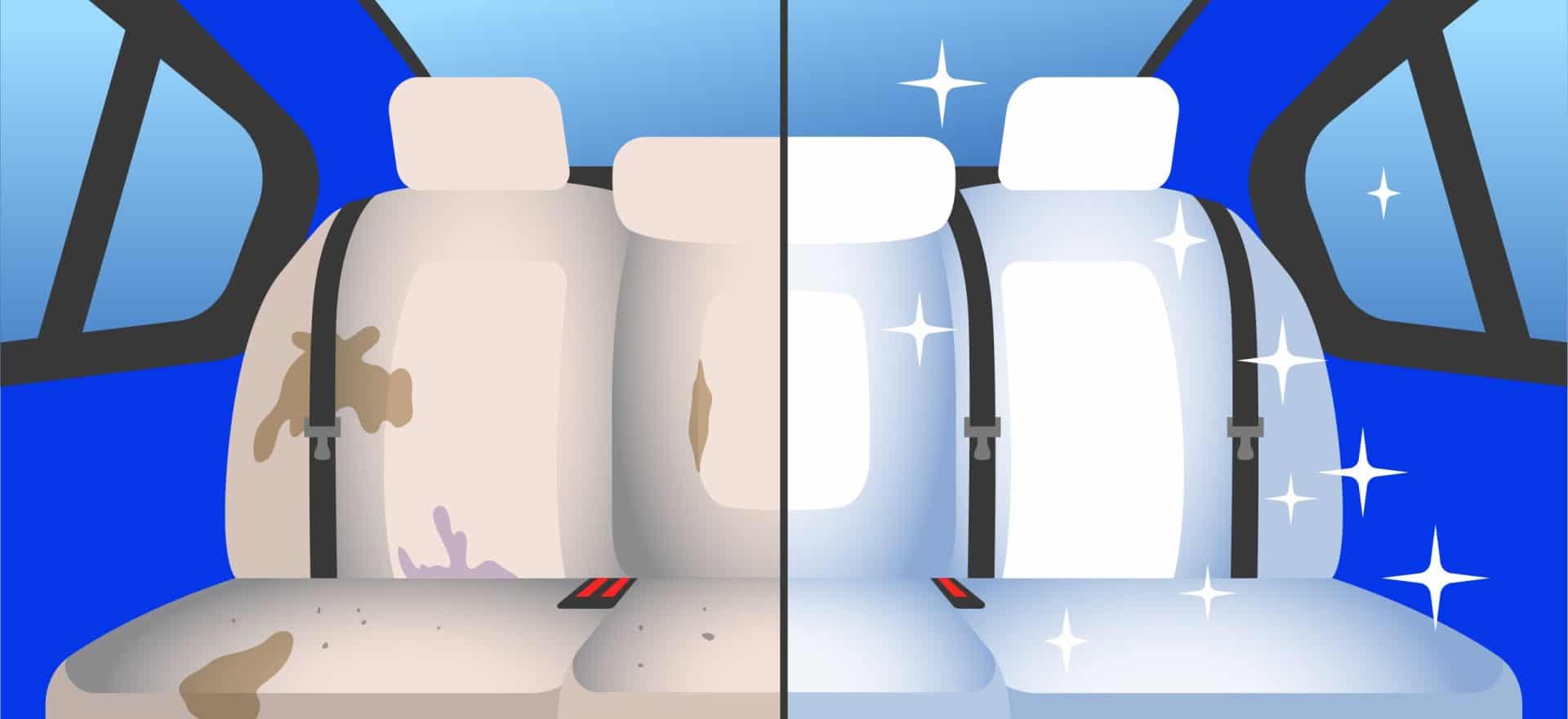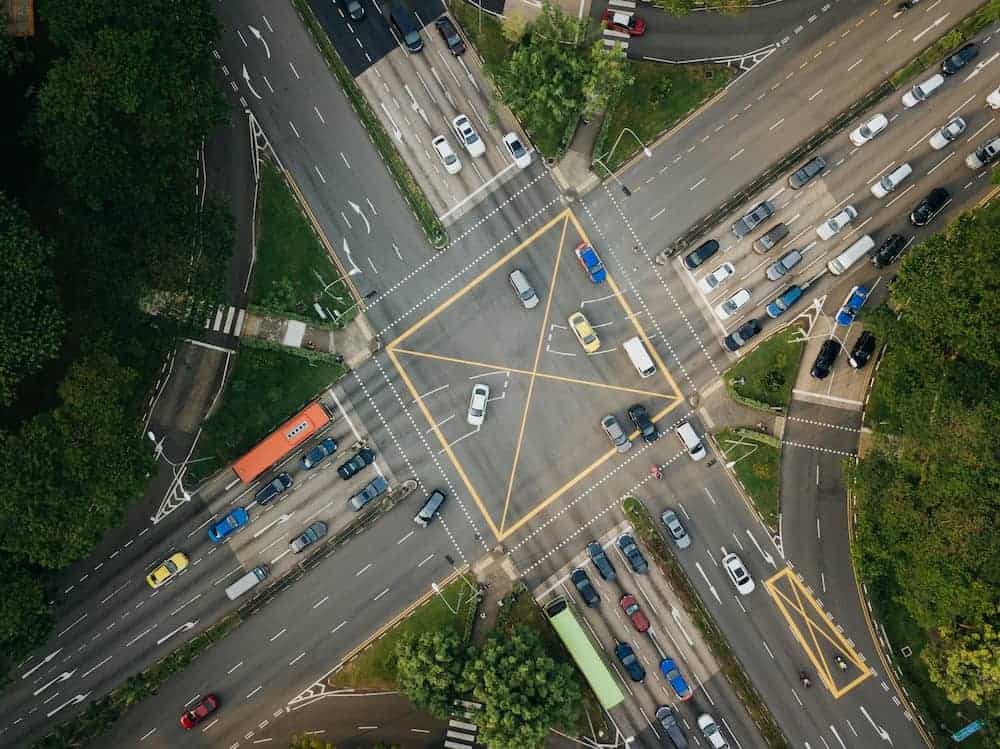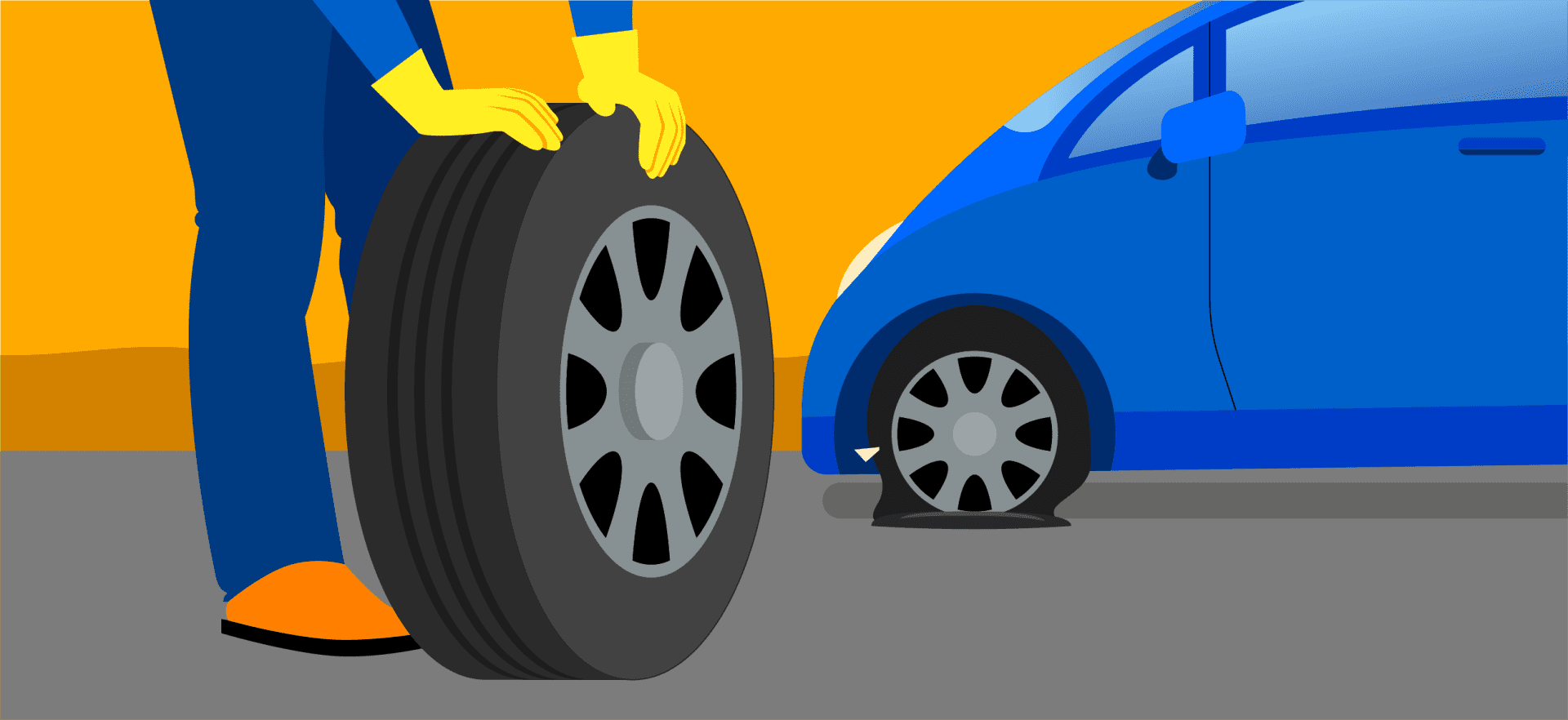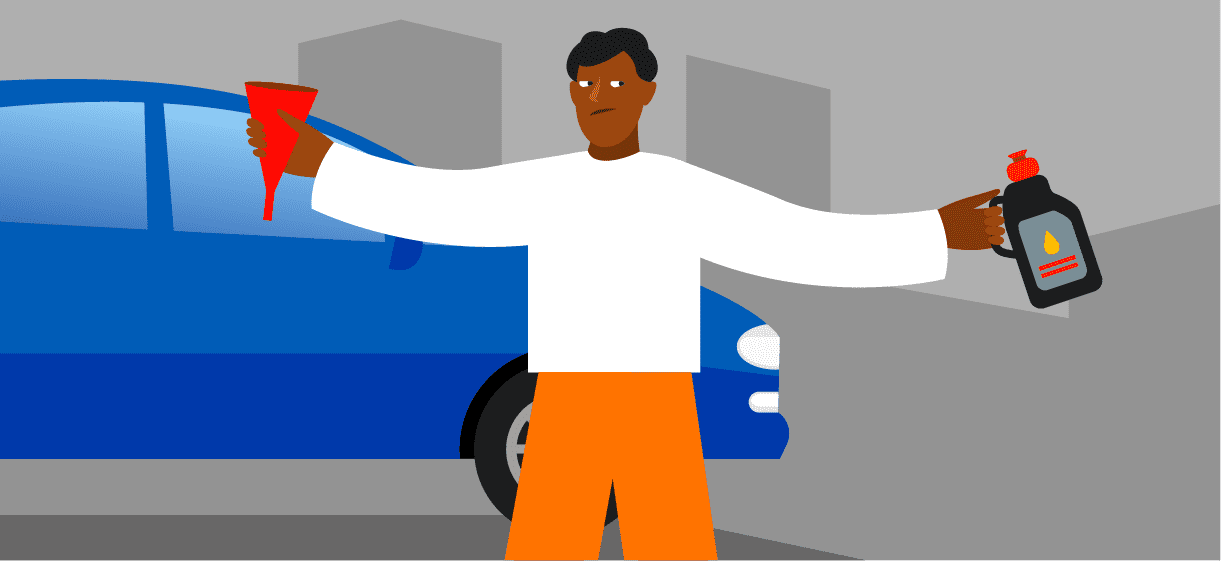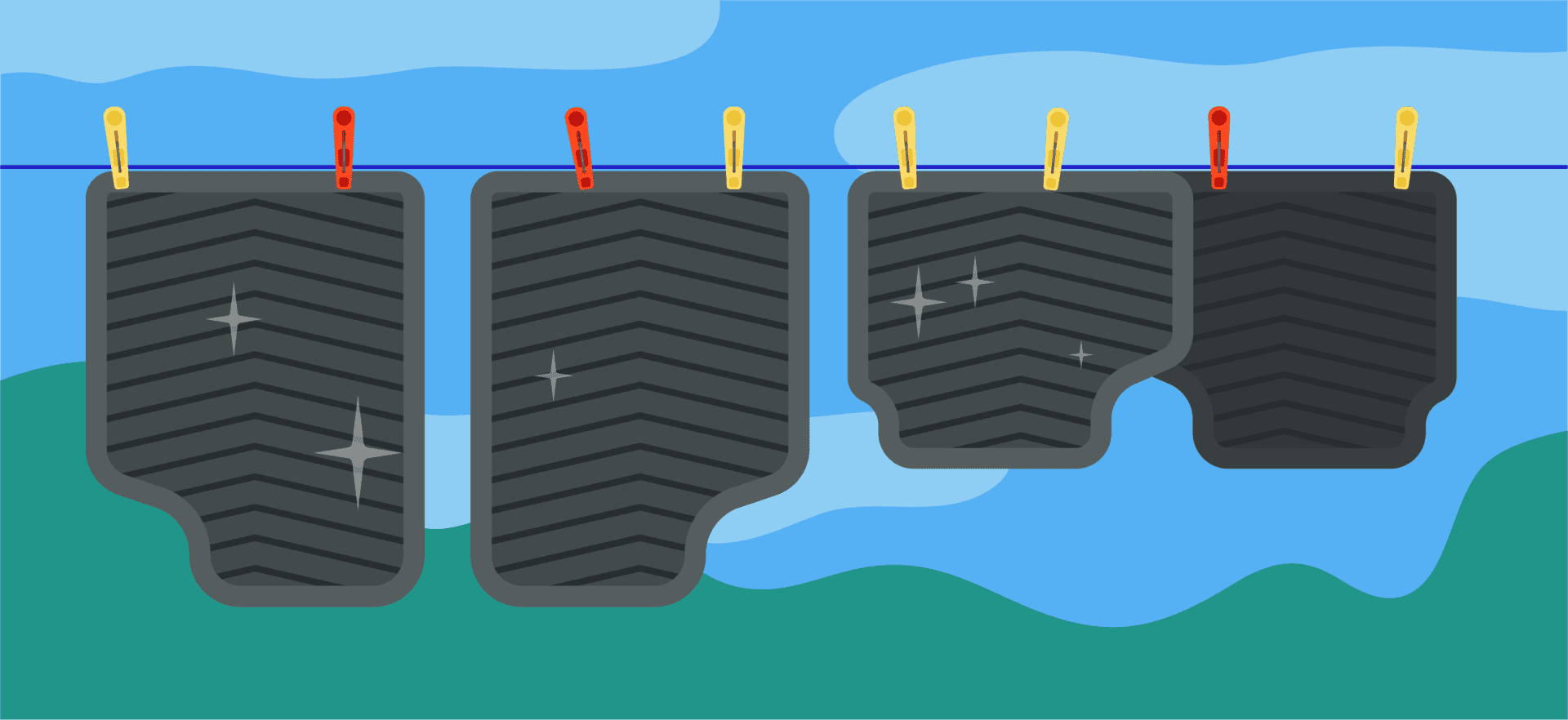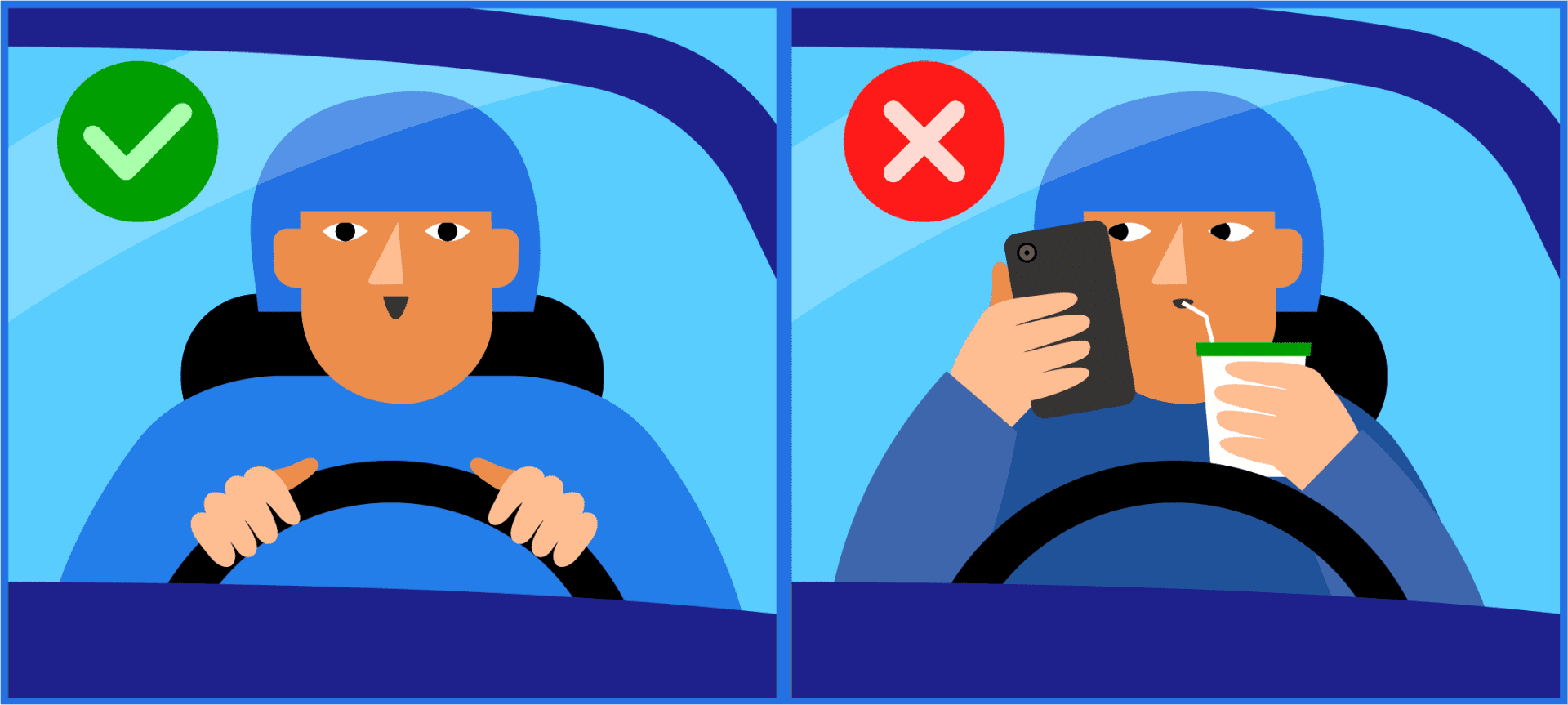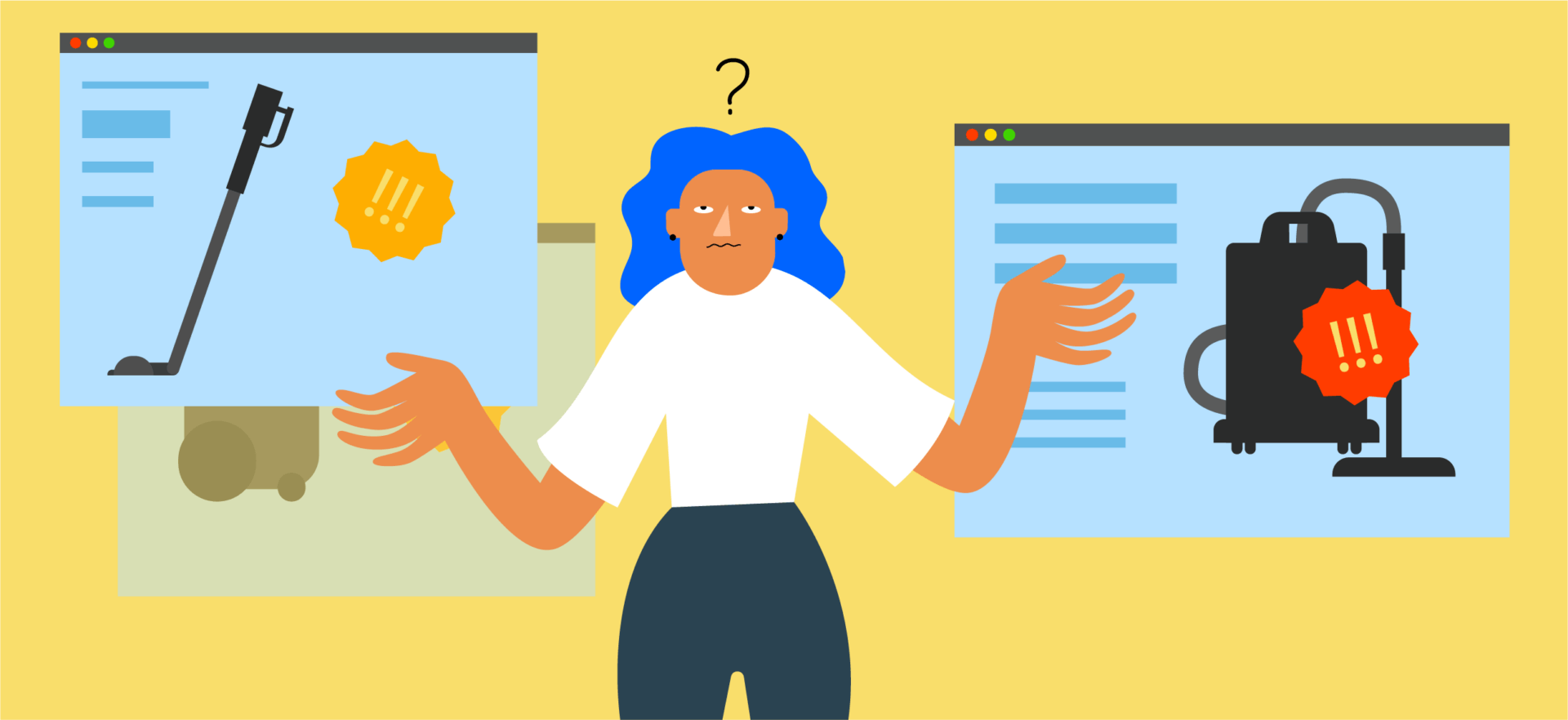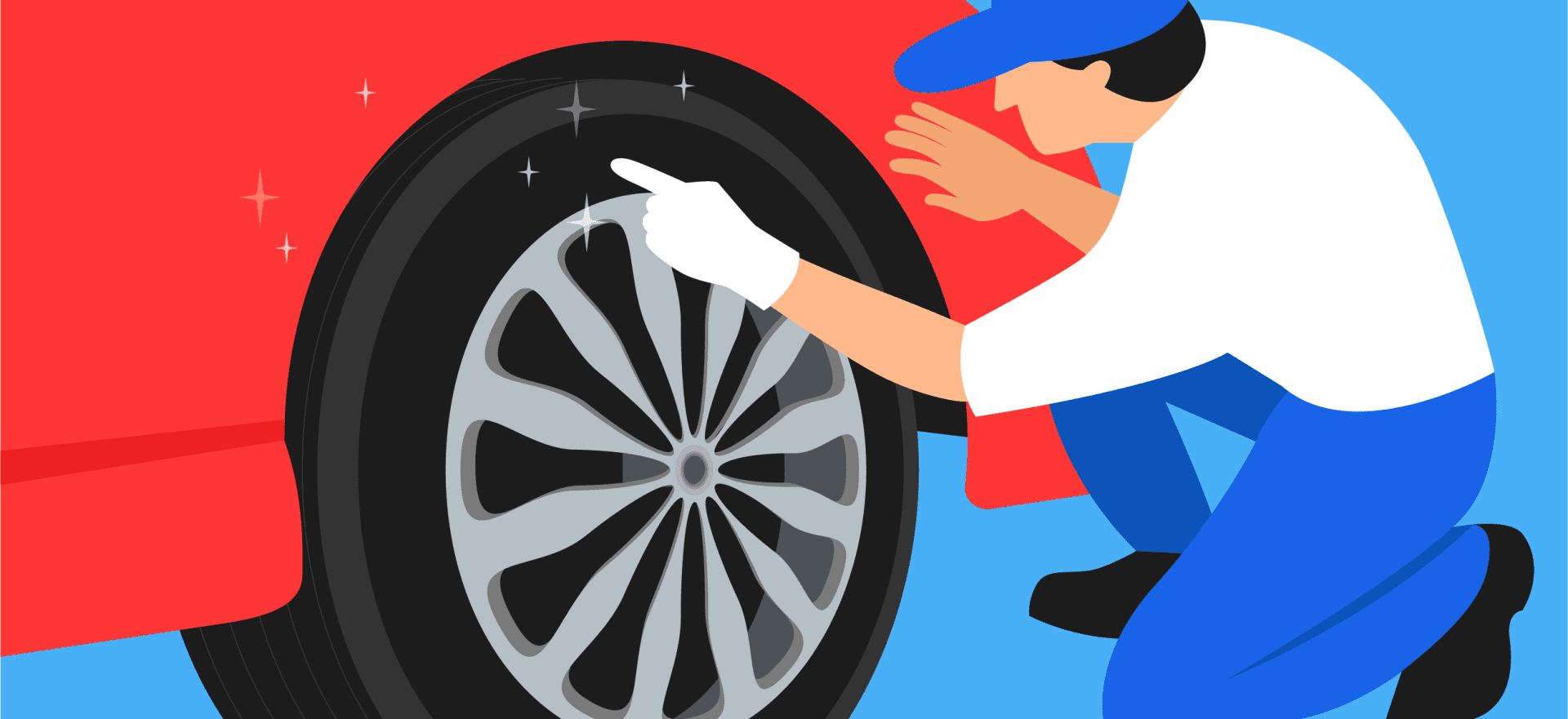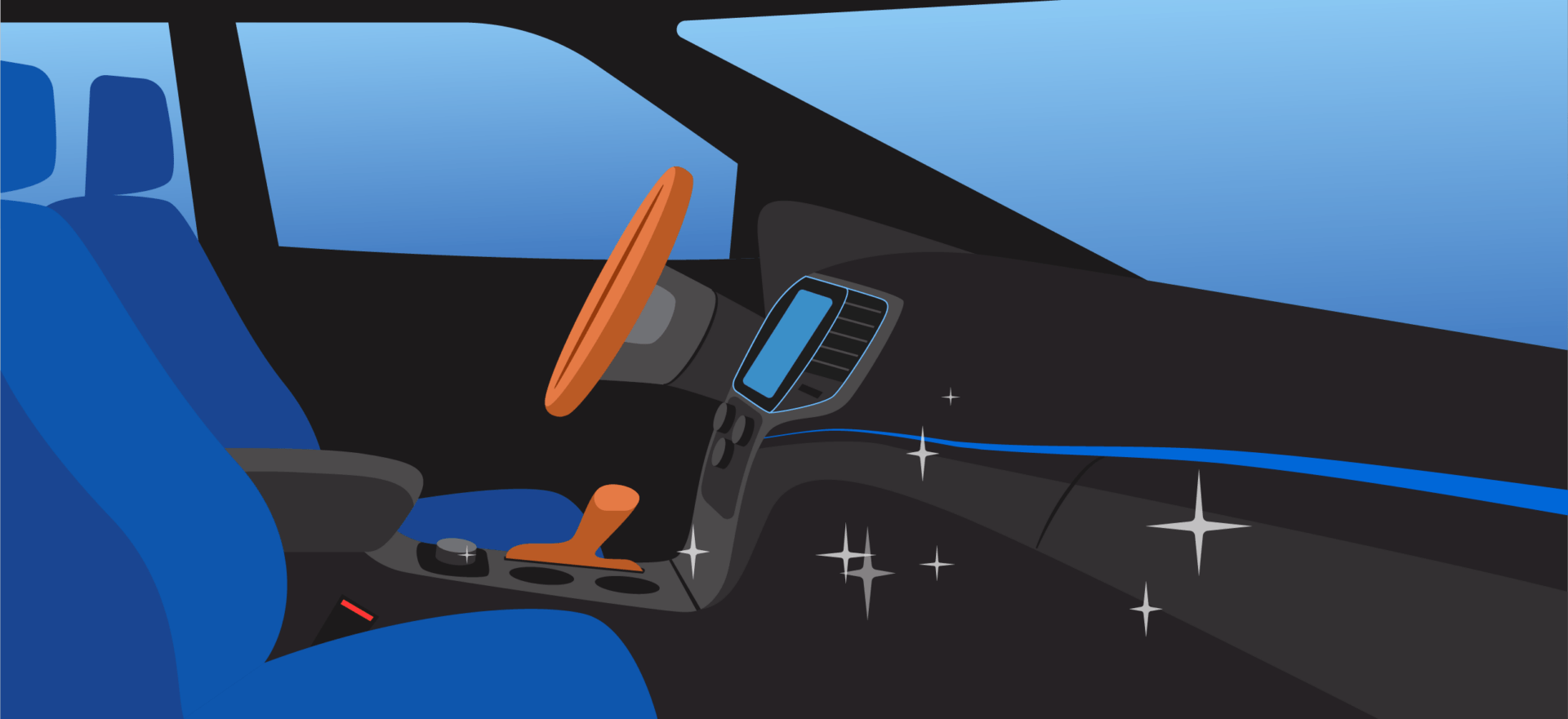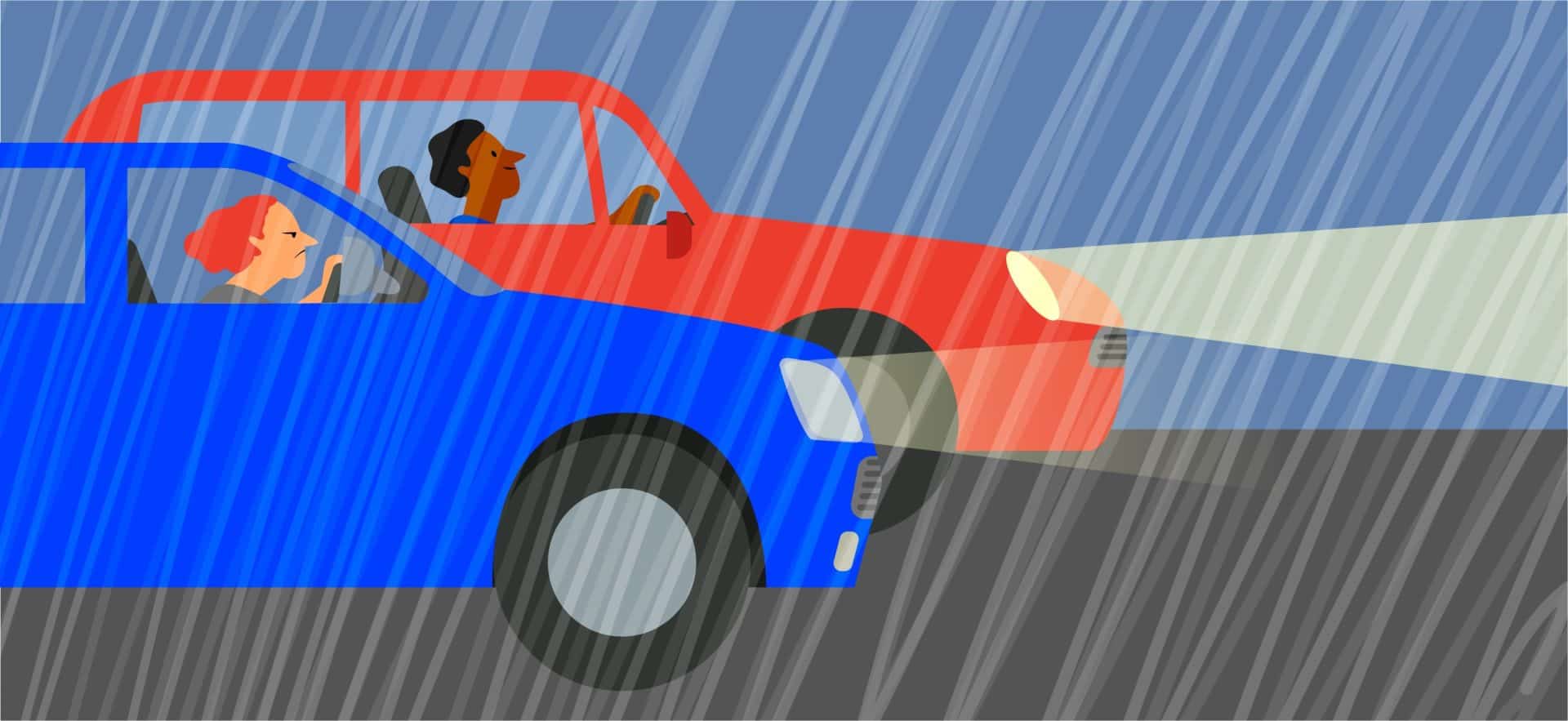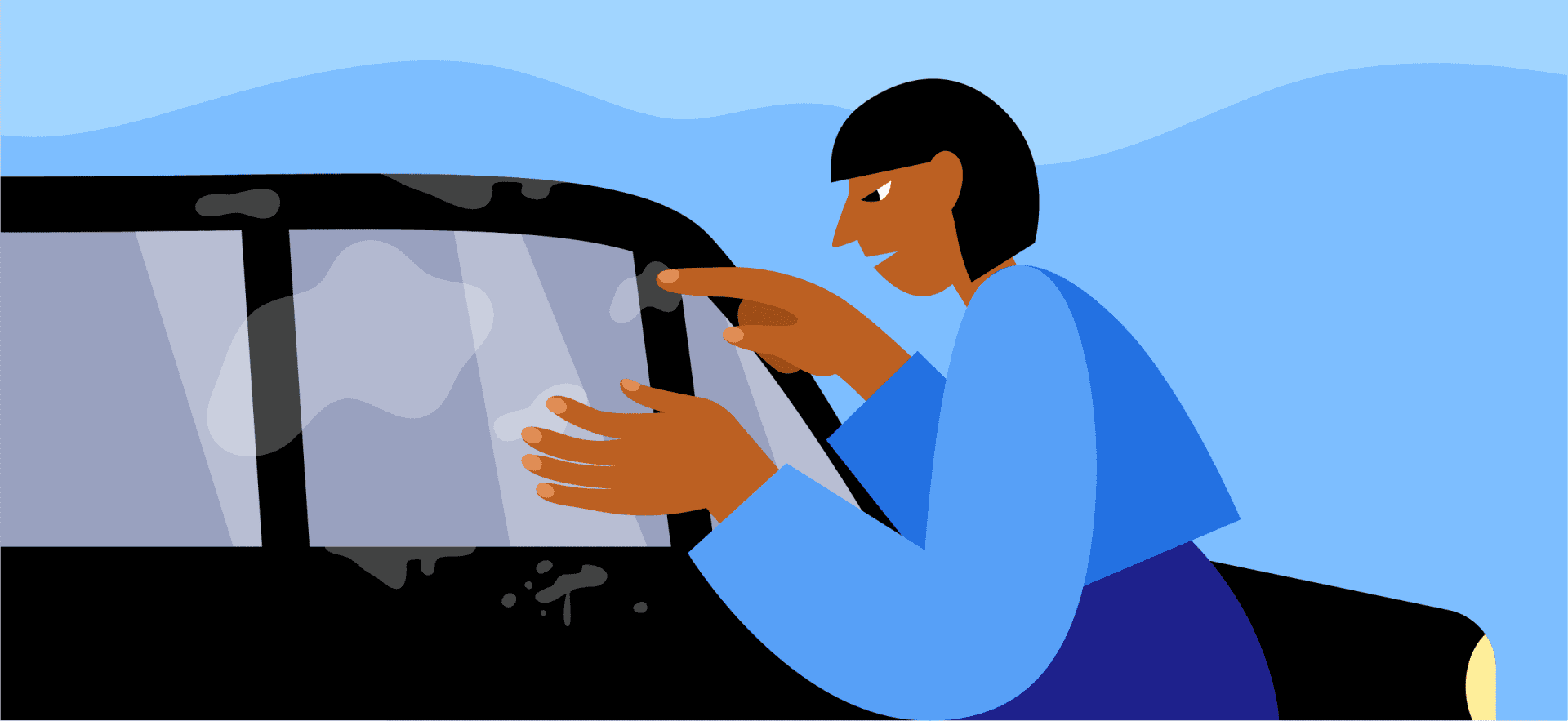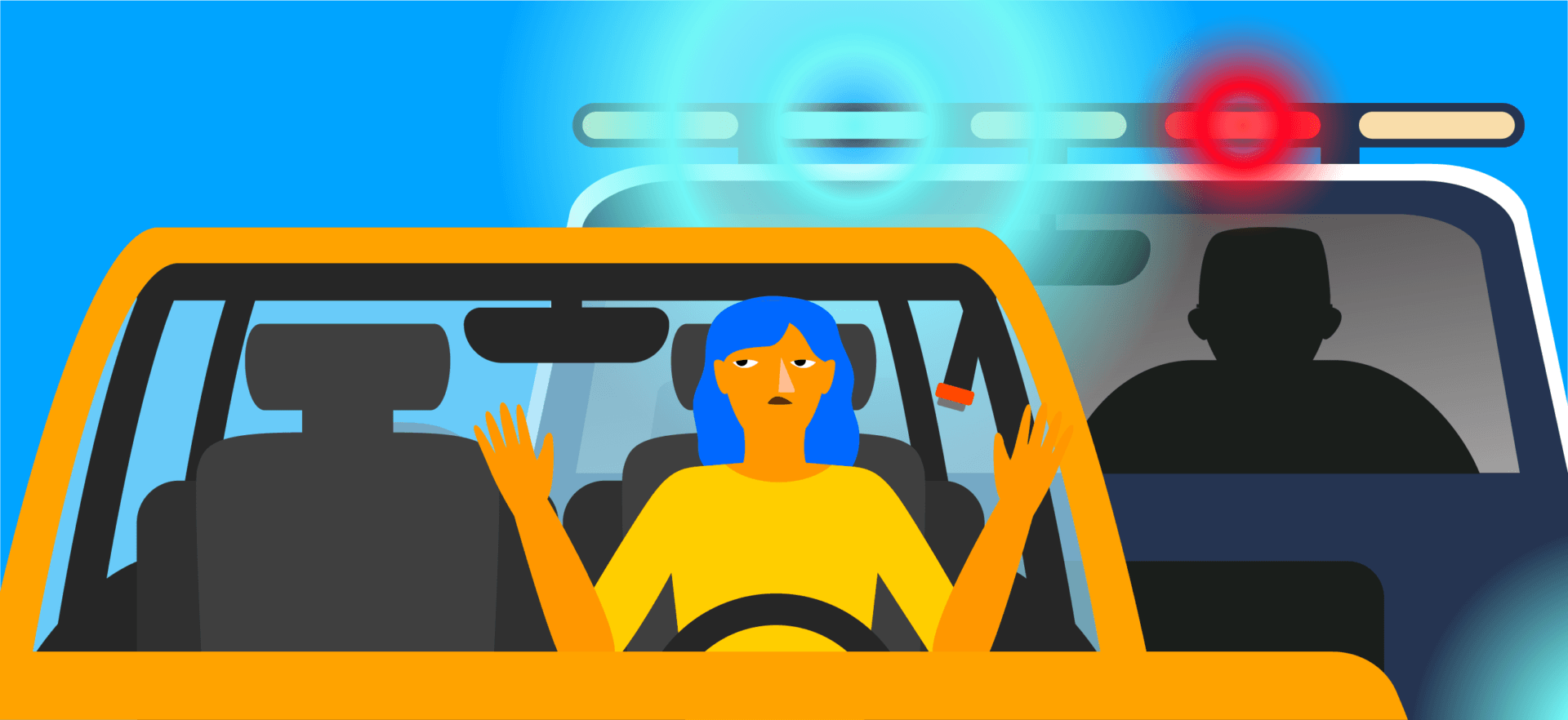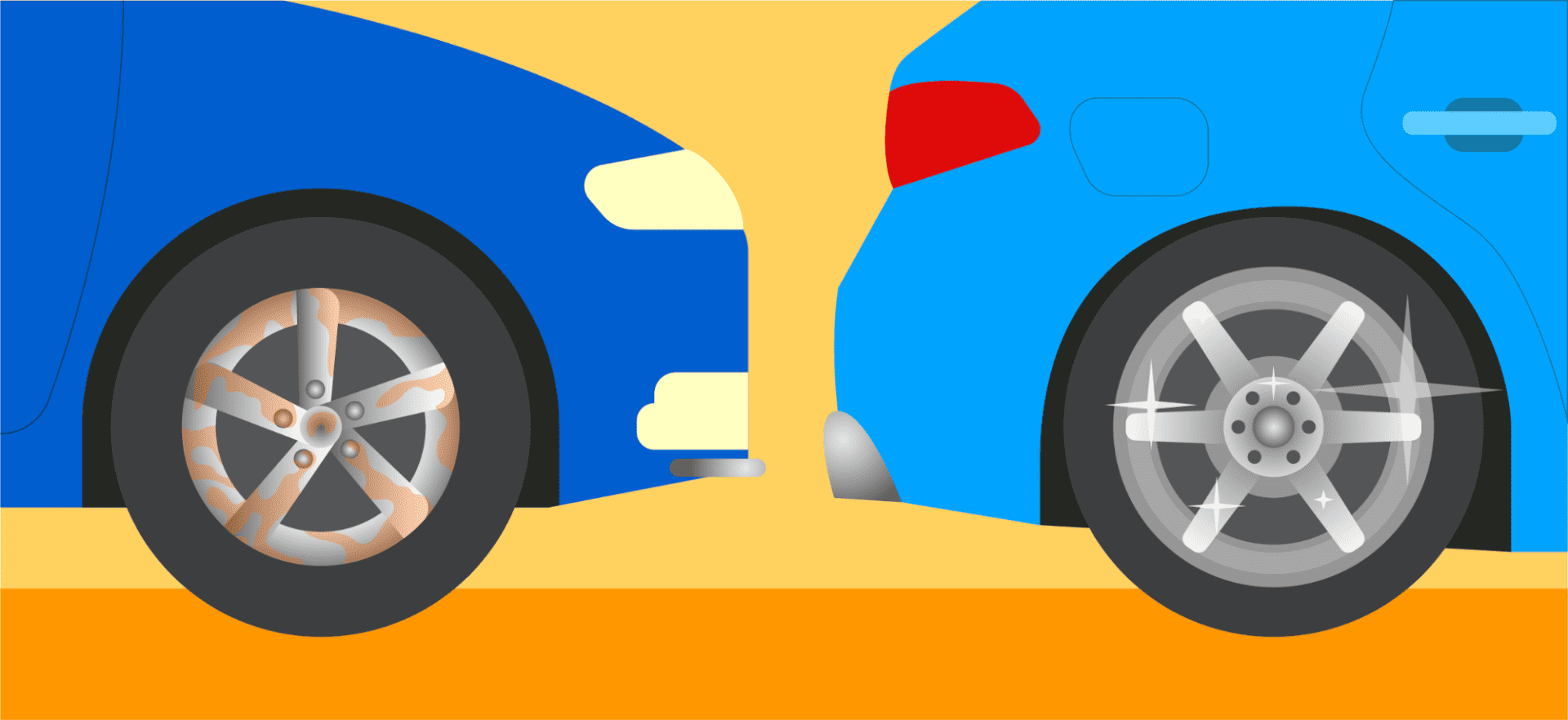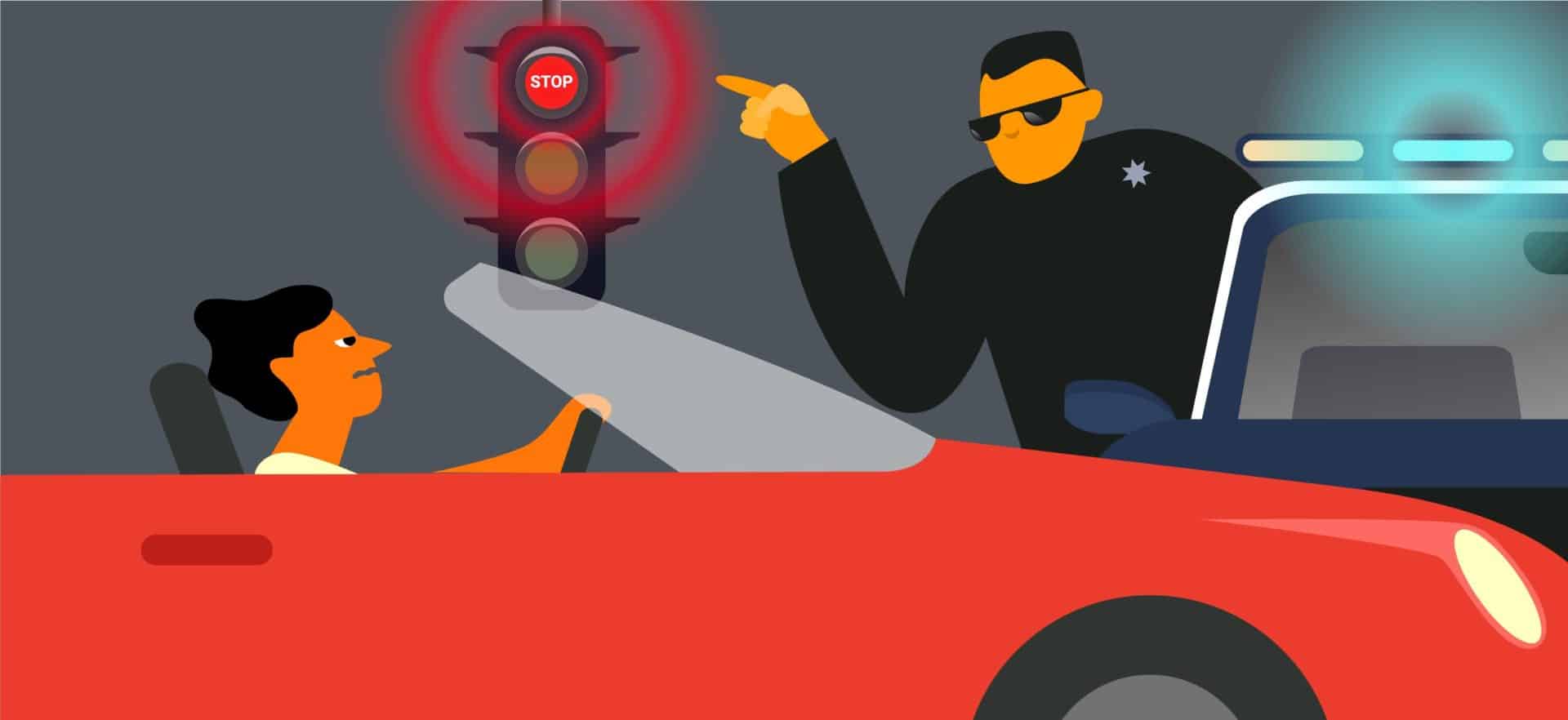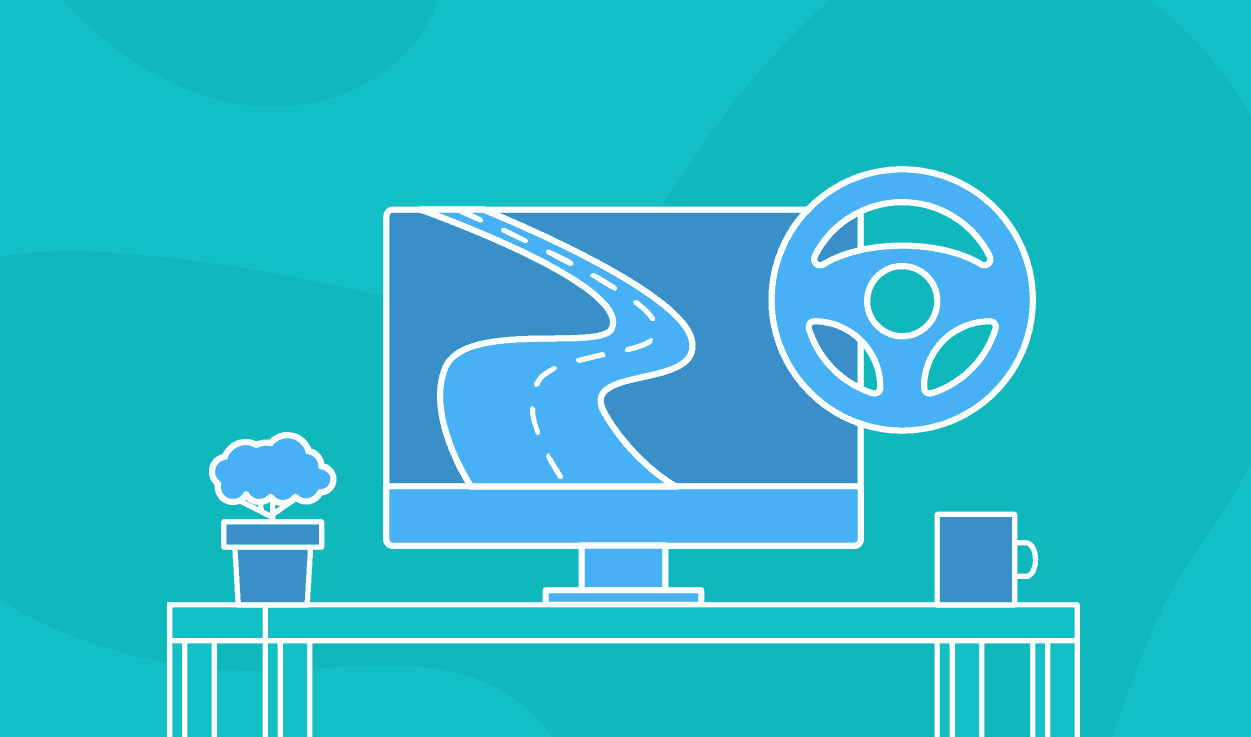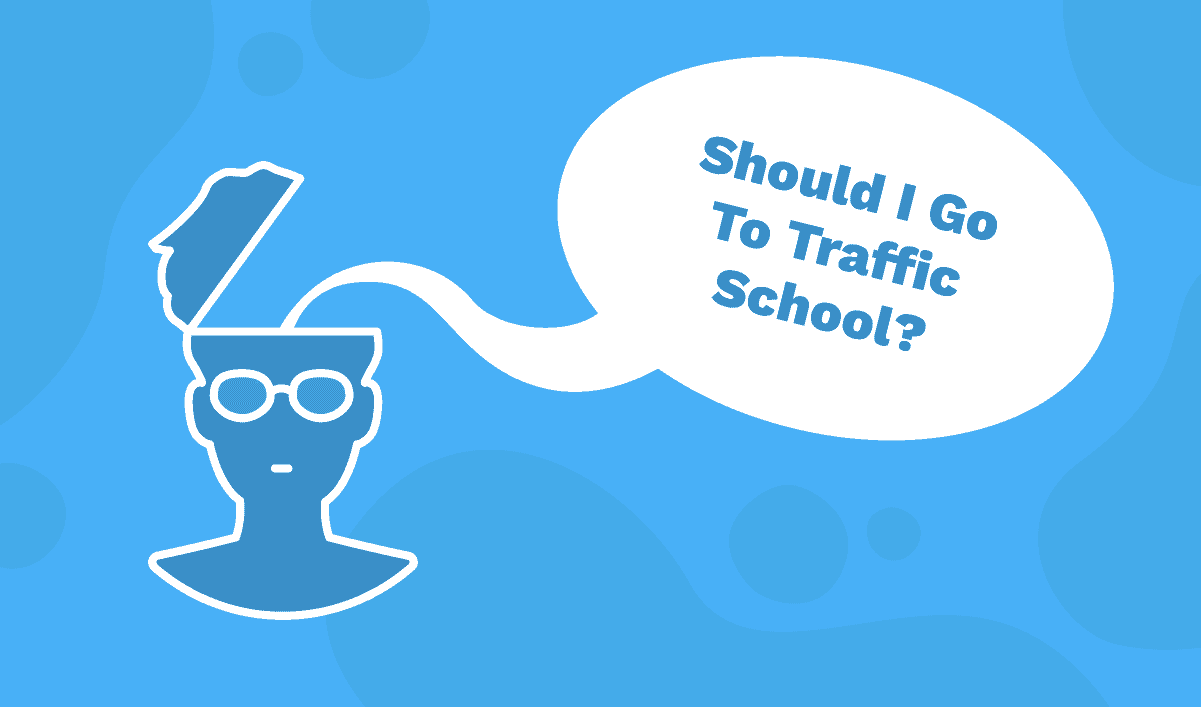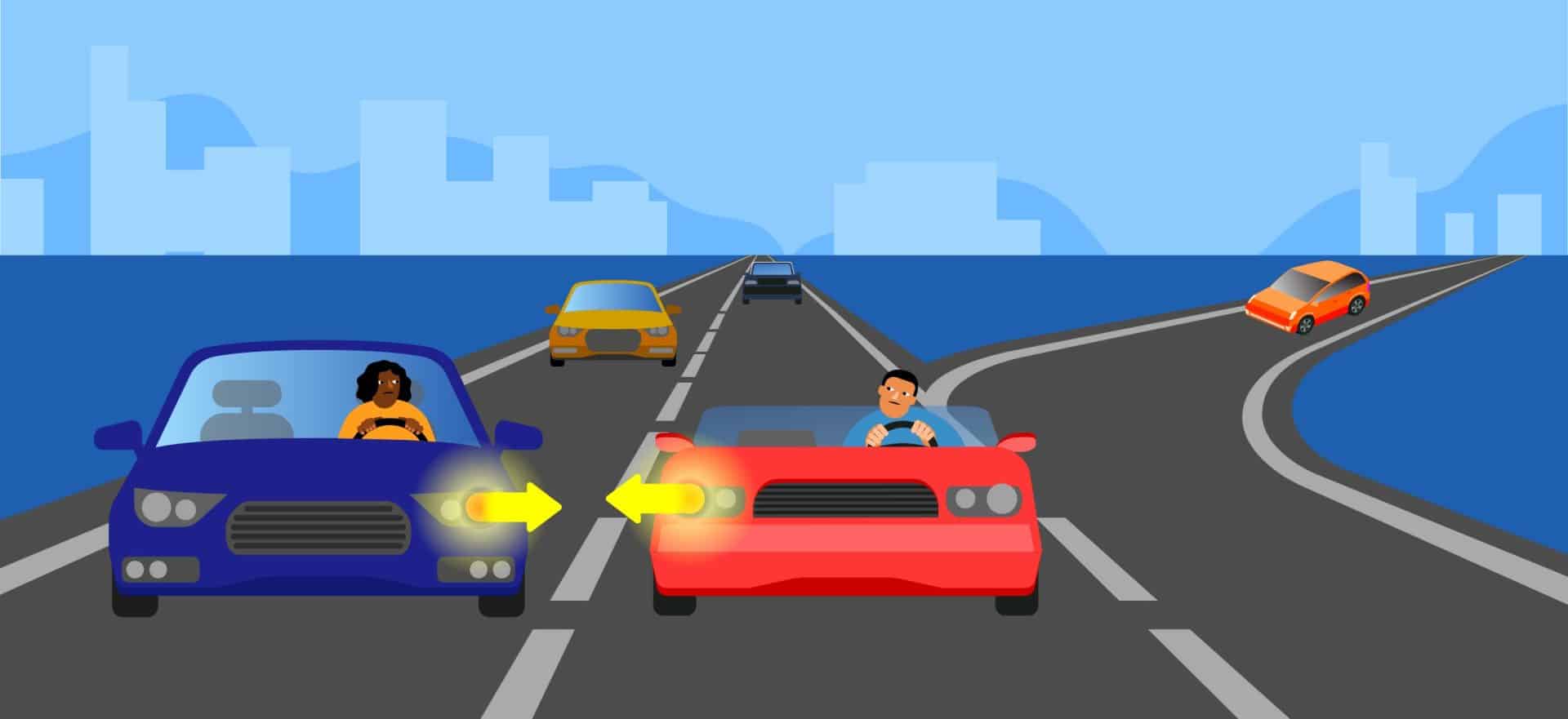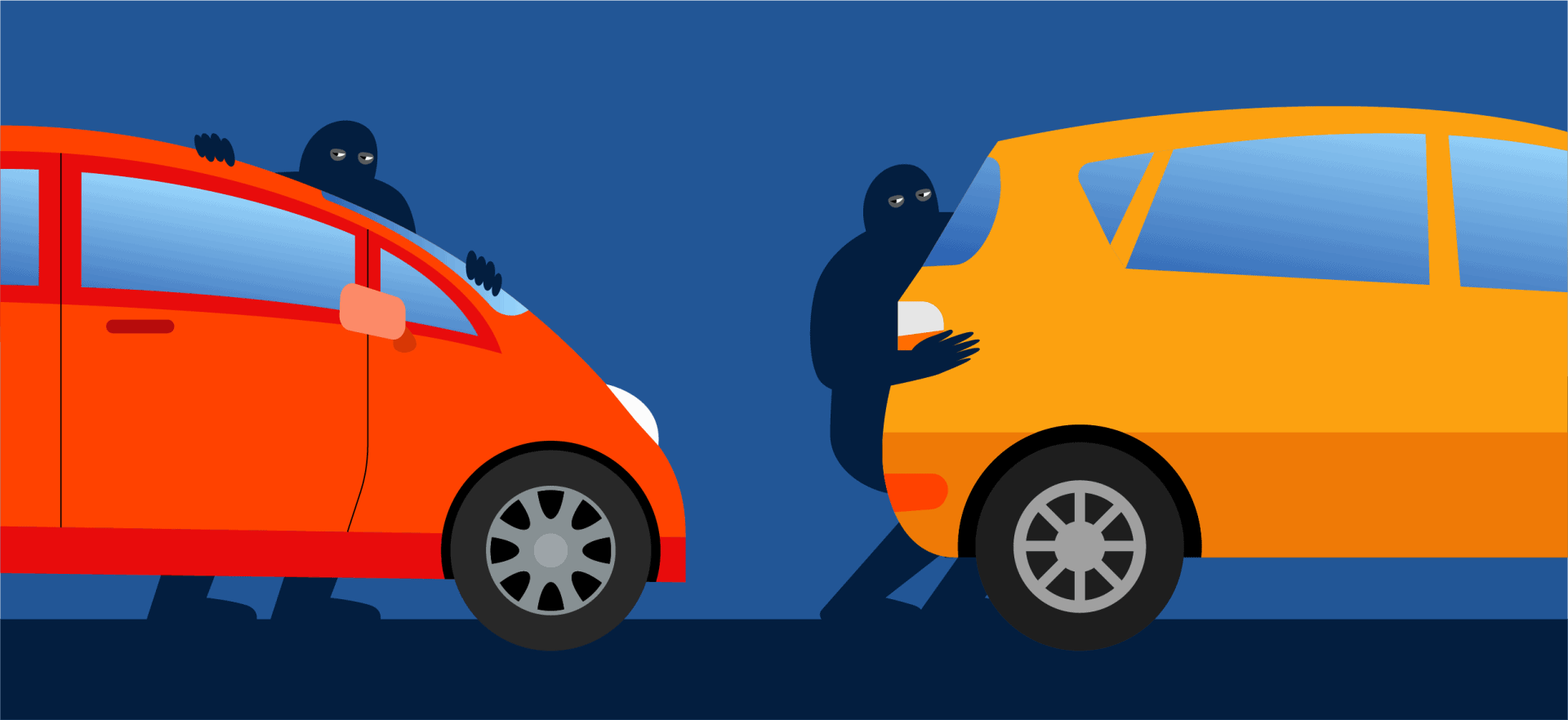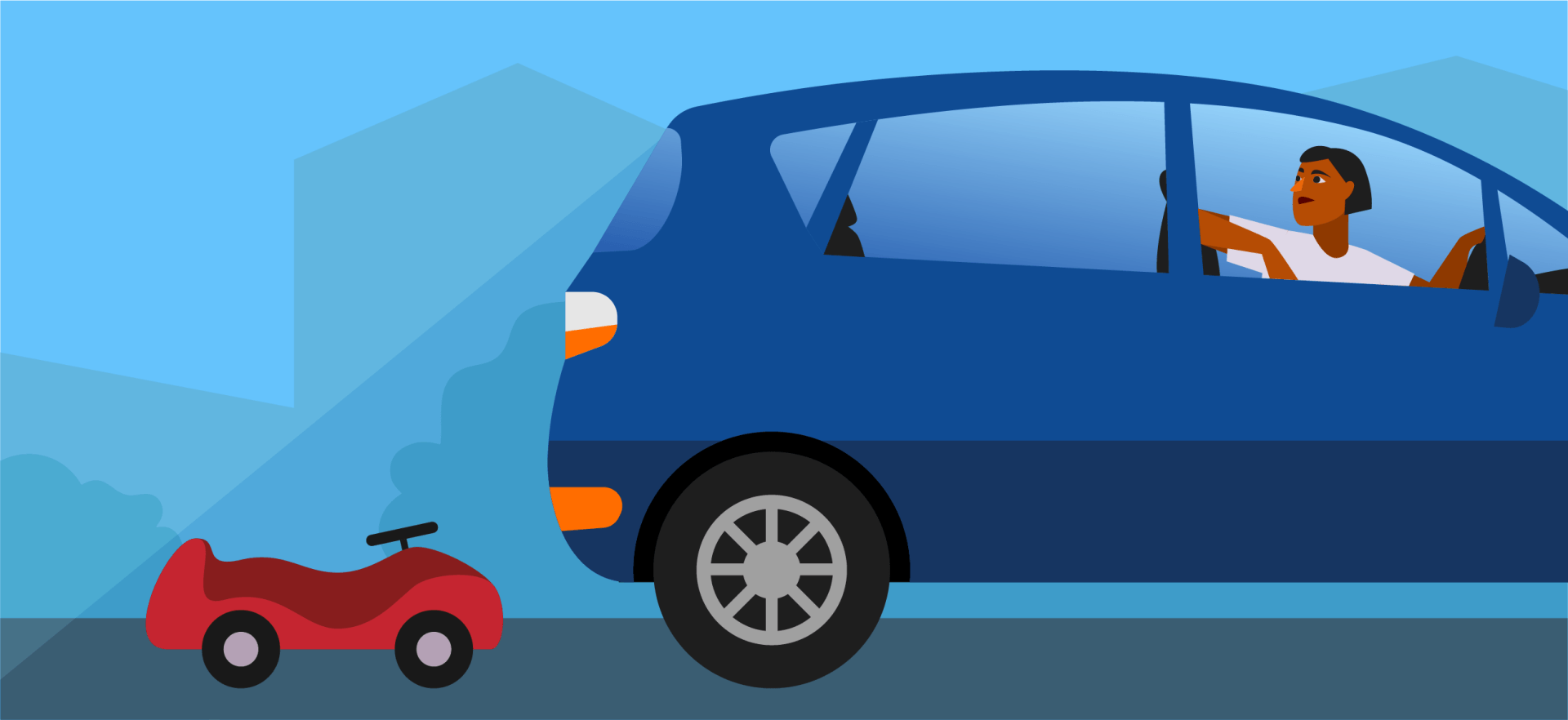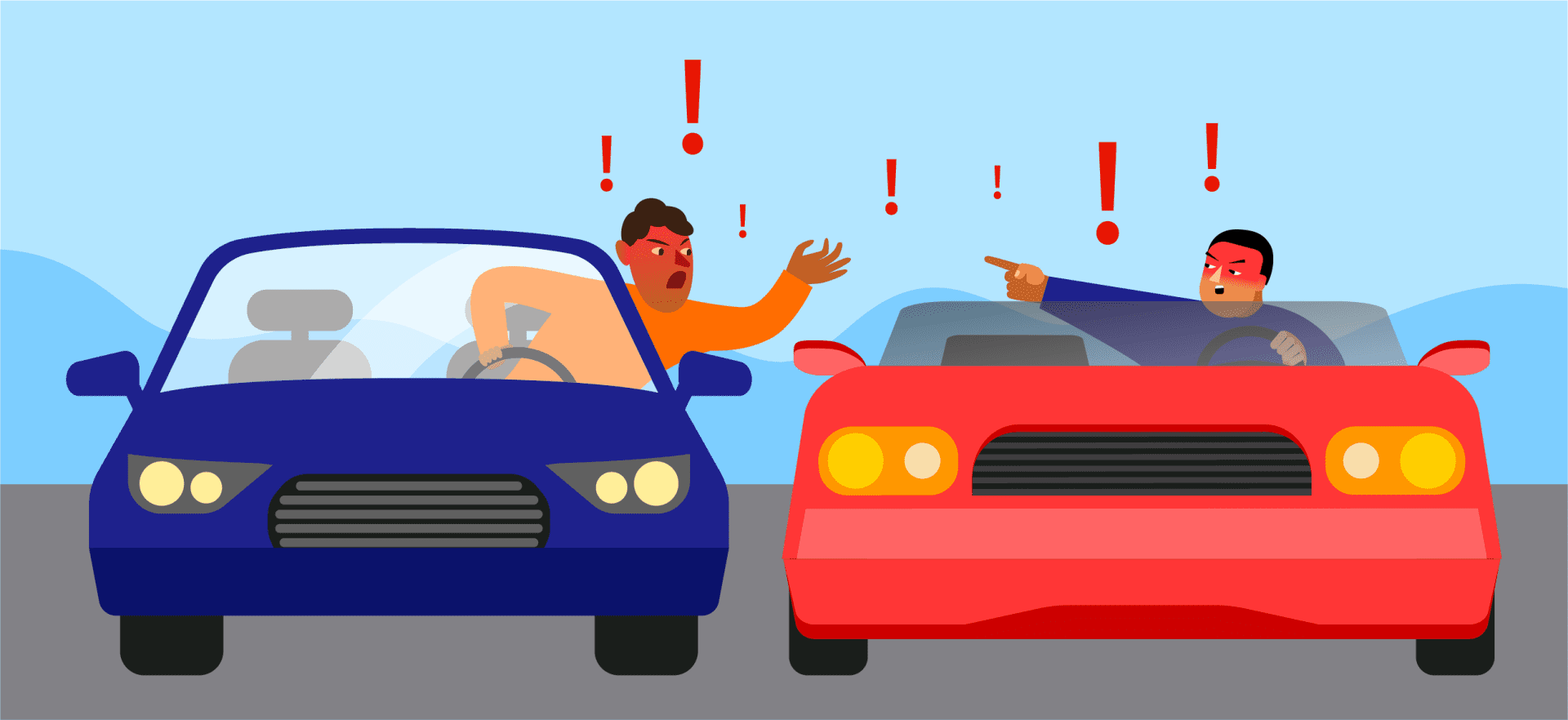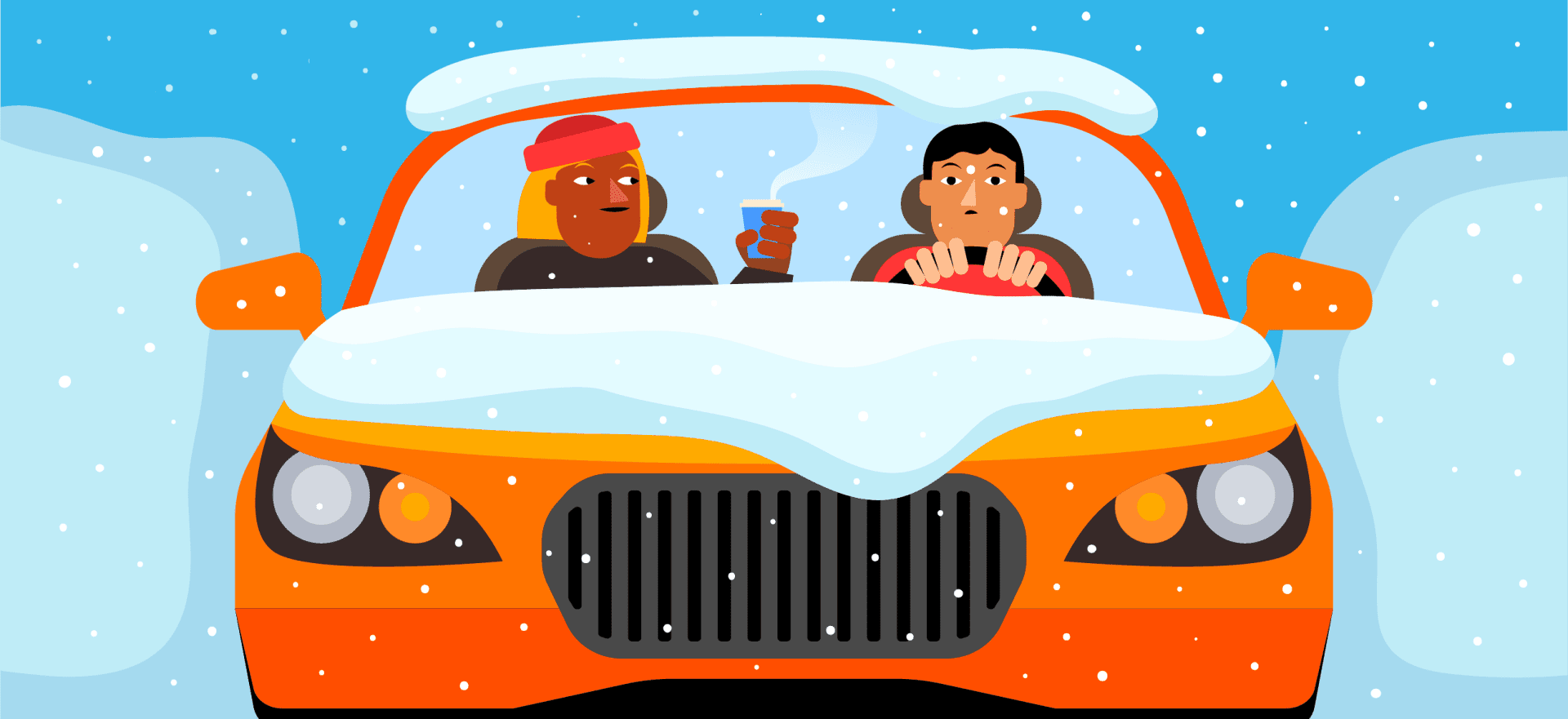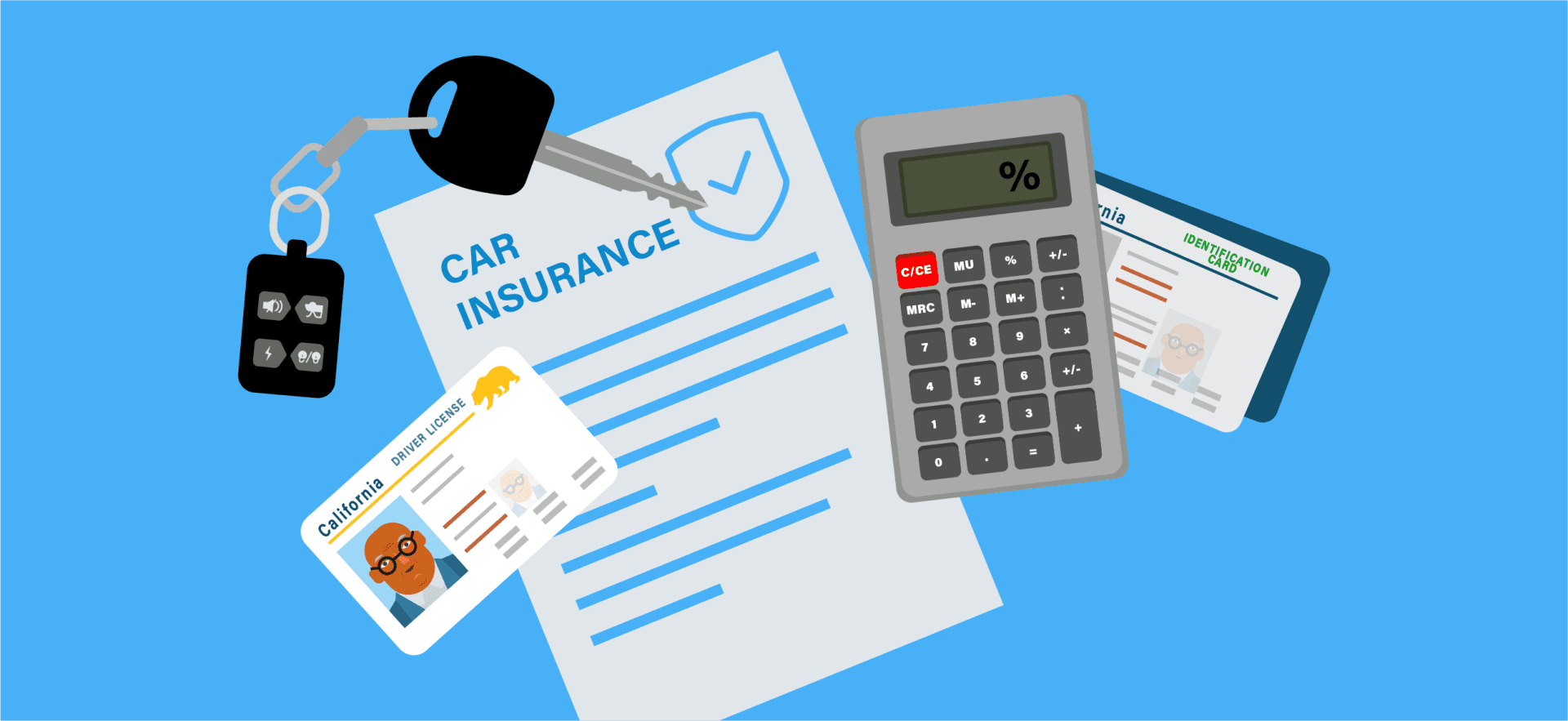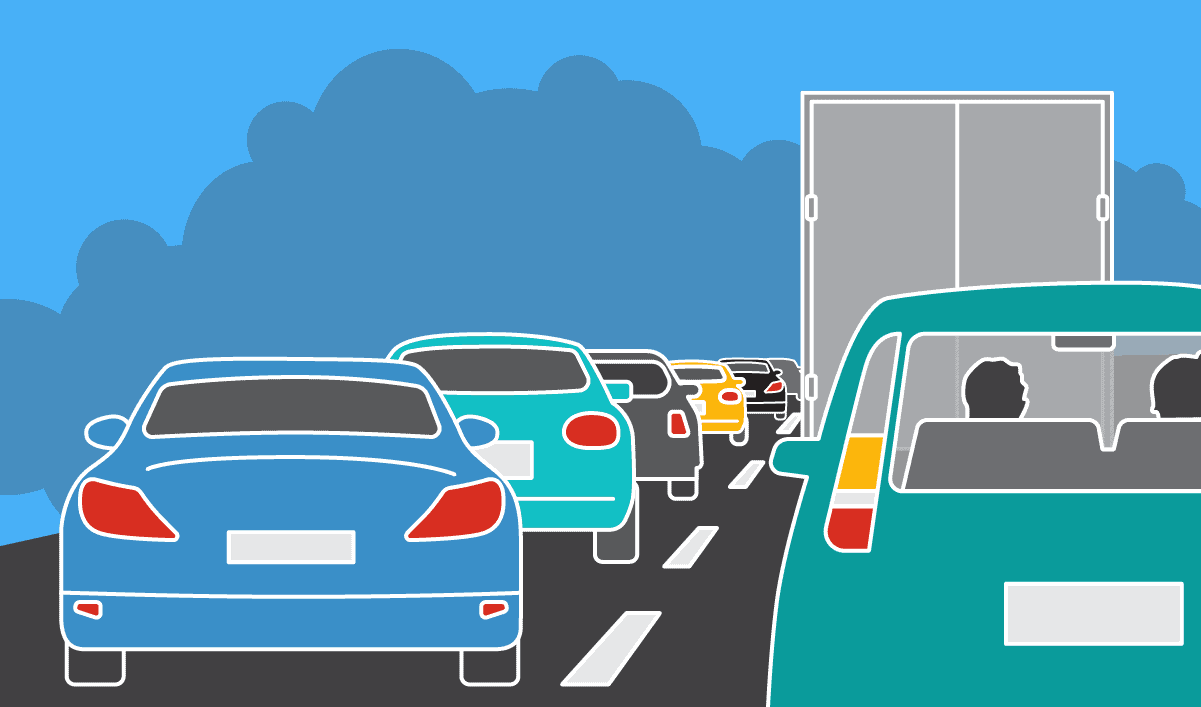Like any other type of inclement weather, driving in fog can be dangerous. It reduces visibility, making it harder to see traffic signs and signals, other drivers, and hazards on the road. But there are steps you can take to keep yourself (and others on the road) as safe as possible when driving in a fog. Read on for everything you need to know.
What Is Fog?

Fog is a meteorological phenomenon that occurs when tiny water droplets in the air become suspended and reduce visibility at ground level. It forms when moist air cools, and the water vapor in it condenses into tiny droplets, which can happen for a variety of reasons: cooling at night, air mass movement, or a warm, moist air mass moving over a cooler surface.
Fog is denser than mist, and can severely reduce visibility, making driving and other activities hazardous. Foggy conditions are common in coastal areas and valleys, especially during the colder months of the year.
Traffic school can help you keep a clean driving record, prevent insurance increases, and more!
Why Is Driving In Fog So Dangerous?
Fog-related accidents cause more than 500 traffic fatalities each year.

Fog can be incredibly dangerous to drive in. As we all know, fog reduces visibility, making it more difficult for drivers to see the road, other vehicles, and obstacles ahead. When visibility is reduced, drivers may not have enough time to react to sudden changes in traffic or road conditions. This can increase the risk of accidents, especially if drivers are going too fast or not using their headlights or fog lights properly.
But fog can also create other hazards on the road, such as wet or icy surfaces and reduced tire traction. Drivers may be more likely to become disoriented or lost in foggy conditions, which can also increase their risk of accidents.
Fog can come on quickly, and it can become much denser very suddenly without warning. Even if fog is light when you start driving, it can become dense and extremely hazardous during your trip, even if you’re only driving a short distance.
How To Drive In Fog: 13 Tips
So how can drivers best protect themselves from the dangers of driving in fog? These 13 tips can help keep you, your passengers, and other drivers on the road safe in foggy weather.
1. Slow Down

The most important thing you can do when driving in fog is to slow down. Driving slower gives you more time to see other vehicles, road signs, and obstacles in the reduced visibility caused by fog. It also gives you more time to react to sudden changes in traffic or road conditions.
This is especially important in rural areas or anywhere animals might cross the road. Animals can be emboldened by the protective cover of fog and be more likely to cross the road.
Slowing down can also reduce the likelihood of hydroplaning on wet roads, which can happen more frequently in foggy conditions.
It’s also important to remember that in foggy conditions, it may be more difficult for other drivers to see you. Driving at a slower speed can make your vehicle more visible and reduce the risk of collisions.
2. Use Your Low-Beam Headlights

Always use your low-beam headlights when driving in fog.
Low-beam headlights can help you see the road better in foggy conditions by providing more illumination closer to the ground. This can make it easier to see road markings, other vehicles, and obstacles ahead.
Using low-beam headlights can also make your vehicle more visible to other drivers on the road. In foggy conditions, other drivers may have difficulty seeing your vehicle, especially if you are driving with your headlights off or using high-beam headlights.
You should never use high-beam headlights in fog because they reflect off the water droplets in the air, creating glare and actually further reducing visibility.
3. Use Fog Lights If You Have Them

If you have fog lights installed on your vehicle, always use them in foggy conditions.
Fog lights are designed to provide extra light in low-visibility conditions, such as fog, mist, or heavy rain. They are typically mounted lower on your vehicle’s front bumper than regular headlights, which helps to reduce glare and provide more light closer to the ground.
When driving in fog, using fog lights can help you see the road better by illuminating the ground in front of your vehicle, which also makes it easier to see road markings, other vehicles, and obstacles ahead. And fog lights can make your vehicle more visible to other drivers on the road, which helps reduce your risk of a crash.
4. Use the Right Side Pavement Line as a Guide

In foggy conditions, the right edge of the road or roadside reflectors can serve as useful visual guides. This helps you to maintain the correct driving position on the road even when visibility is poor. This is known as “lane positioning” or “tracking.”
Because of their position on the ground, pavement lines can be easier to see in foggy conditions. By focusing on the right side pavement line, you can make sure you’re driving in the correct lane and staying within the bounds of the road. This can help prevent you from drifting into oncoming traffic or off the road entirely.
Make sure to keep scanning your surroundings, keeping an eye out for brake lights and other signs of other vehicles. Don’t use these lights to guide you, though — the fog may cause other drivers to become disoriented and drift out of their lane or off the road, and if you use their lights as a guide, you’ll follow them.
5. Do Not Stop on the Roadway
Even if conditions get too hazardous to continue driving, do everything you can to avoid stopping on the roadway.
Stopping on the roadway when driving in fog is extremely dangerous because it increases your risk of a collision with other vehicles. When visibility is reduced, other drivers may not be able to see your vehicle until it’s too late to react, which can result in a rear-end collision or other type of crash.
Stopping on the roadway can also block the flow of traffic, which creates even more hazards for other drivers on the road. In foggy conditions, drivers may have to stop suddenly or swerve to avoid a stopped vehicle, which makes the road more dangerous for everyone on it.
6. Leave Extra Distance Between You and the Vehicle Ahead of You

The reduced visibility caused by fog can make it more difficult to judge distances. Leaving extra distance between yourself and other vehicles is important because it gives you more time to react to sudden changes in traffic, such as the vehicle in front of you stopping or swerving to avoid an obstacle.
The extra distance also helps to create a safety buffer zone around your vehicle, which can help reduce your risk of a crash. If the vehicle in front of you suddenly stops, for example, having extra space between your vehicle and theirs can give you enough room to slow down and avoid a rear-end collision.
You should leave at least a three-second following distance between yourself and the vehicle in front of you in normal driving conditions. In foggy conditions, it’s a good idea to increase this distance to five seconds or more, depending on the road conditions, how fast traffic is moving, and how severe the fog is.
7. Use Your Windshield Wipers and Defrosters

Using your windshield wipers and defrosters while driving in fog can help improve visibility by keeping your windshield clear of condensation and moisture. It’s also a good idea to make sure the inside of your windshield is clean.
Fog can cause moisture to build up on your windshield, which makes it harder to see through to the road ahead. Using your windshield wipers clears the moisture away, improving your visibility and making it easier to see other vehicles and hazards.
Using your defroster can also help to clear any condensation on the inside of your windshield. This is especially important in humid conditions, where moisture on the inside of the windshield can quickly block your view of the road.
8. Don’t Use Cruise Control
When driving in fog, leave cruise control off.
Cruise control is designed to maintain a constant speed, and it won’t adjust to sudden changes in traffic or road conditions, like when visibility is reduced while driving in fog.
If you encounter a hazard on the road, like a sudden slowdown in traffic, cruise control may prevent you from being able to slow down or stop in time to prevent a crash. When driving in fog, you need to be able to react quickly to changing road conditions and hazards, and that means maintaining full control over your vehicle’s speed.
9. Be Extra Careful When Changing Speeds

When driving in fog, changing speeds suddenly can increase your risk of an accident. If you need to change speeds when driving in fog, it is important to do so gradually and carefully.
If you need to slow down, check your mirrors first to see if any other vehicles are approaching you from behind. Apply the brakes gradually to give other drivers around you time to react to your slowing down.
If you need to speed up, do so gradually while keeping a close eye on the road ahead. This can help you avoid sudden obstacles or changes in traffic that could lead to an accident.
While tailgaters can be especially annoying in inclement driving conditions, don’t speed up to try to lose one when it’s foggy out. Do your best to maintain a consistent speed while leaving plenty of space between your vehicle and any vehicles ahead of you.
10. Reduce Distractions

One of the most important things you can do to stay safe while driving in fog is to eliminate as many distractions as possible. You want to be focused and aware of your surroundings and able to concentrate on the task at hand: Driving safely.
Here are some ways to reduce distractions while driving in fog:
- Put your phone away. It’s best to put it somewhere completely out of sight, like in a bag or the glove compartment.
- Turn down your music (or turn it off entirely). Loud music can be a distraction and make it harder to hear other sounds on the road, like sirens or other vehicles’ horns.
- Limit conversations with passengers so you can focus on driving.
- Don’t eat or drink. Eating or drinking while driving can be a distraction and take your focus away from the road.
11. Roll Down Your Window

Rolling down your window while driving in fog can help you compensate for reduced visibility by being better able to hear your surroundings. With the window down, you can hear sounds like honking horns, sirens, and other important audio cues that can help you know when other vehicles or hazards are nearby, even if you can’t see them.
12. Don’t Pass Other Vehicles

Don’t attempt to pass other vehicles in fog, even if it seems safe to do so. Fog makes it harder to judge distances, and passing often requires moving into a lane where there may be oncoming traffic. These factors combined creates a potentially very dangerous situation with a risk of head-on collisions.
13. Avoid Driving If Possible
And finally, if it’s foggy (or if there’s fog in the forecast), it’s always safest to delay driving whenever possible. If your trip isn’t necessary, or can be done later when the weather is better, stay home until the fog clears.
What To Do If You Need To Pull Off the Roadway In Fog
We’ve already covered why you should try not to stop in the roadway, even if fog makes it too dangerous to continue driving. So what should you do instead? Follow these steps to pull off the roadway as safely as possible so you can wait for it to be safe to start driving again.
1. Turn On Your Signal and Hazards

Before pulling off the road, use your turn signal to indicate that you plan to do so. This is important because drivers behind you may be using your lights as a guide in the fog, and following you off the road could be hazardous. Switching on your vehicle’s hazard lights makes it easier for other vehicles to spot you, which is crucial in heavy fog.
After signaling, pull off to the right and turn on your hazards to make your vehicle as visible as possible.
2. Try To Pull Into a Driveway or Parking Lot
If possible, pull into a driveway or parking lot that’s away from the flow of traffic on the road. This is the safest possible option.
3. Pull As Far Off the Road as Possible
If no driveway or parking lot is available, pull as far off the roadway as you can. Try to get your vehicle completely off the road — look for a level area of gravel or grass where you can park to wait out the fog. If that’s not available, get as far over on the shoulder as you can so your vehicle is blocking other traffic as little as possible.
Driving in fog is dangerous, but by following these tips, you can stay as safe as possible. Always remember to drive carefully at a speed that’s appropriate for the weather and road conditions, and to avoid distractions so you can focus your attention on the road ahead.

